The best travel camera for 2025: the finest choices for your adventures
The best travel cameras for your next big trip
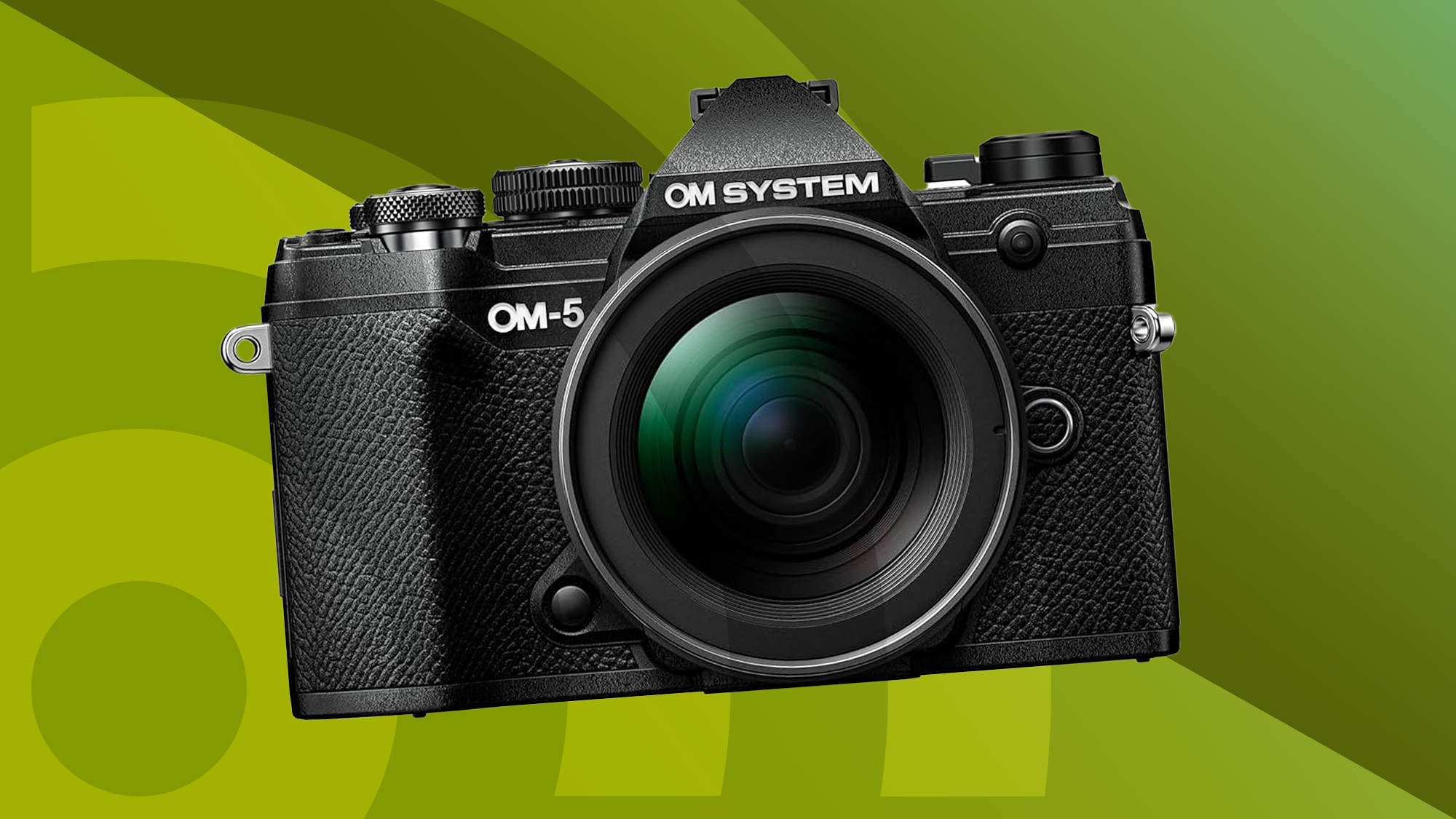
Traveling typically presents amazing photo and video opportunities that you don't get everyday, for which you'll really want a portable, discreet and durable snapper, capable of quality images. You could simply use your phone for the task, but we reckon capturing those memories and places with smartphone-beating pics using one of the recommended cameras below, is a better idea.
From rugged compacts to mirrorless hybrids, we’ve reviewed plenty of travel cameras down the years, in a range of shapes and sizes. And if we had to pick just one camera to keep in our backpack, it would be the OM System OM-5. It’s a small but powerful Micro Four Thirds (MFT) camera with classic looks and a wide range of compact-sized lenses to choose from. It’s packed with travel-friendly features, too, including incredible image stabilization and clever computational modes. It's fairly cheap, too.
We think MFT is the best sensor format for travelling, but your type of travel might demand a different set of skills. That's why our round-up includes other options for a range of budgets, distilling real-world feedback from our team of expert reviewers, which mimics the kind of shooting situations you’re likely to encounter on your travels. There's also links to the best deals for each camera, plus a list of further options in the Also Consider section, to help you find your perfect travel camera.
Top 3 picks
If you don’t have time to read our full list of the best travel cameras, you can use this summary for a quick overview of the top options for your needs and budget. When you find one that takes your fancy, use the links to jump to our full write-up.

The best travel camera overall
Squeezing a host of features into a compact, weatherproof body that’s compatible with a range of lenses, the OM-5 is the ideal travel camera.
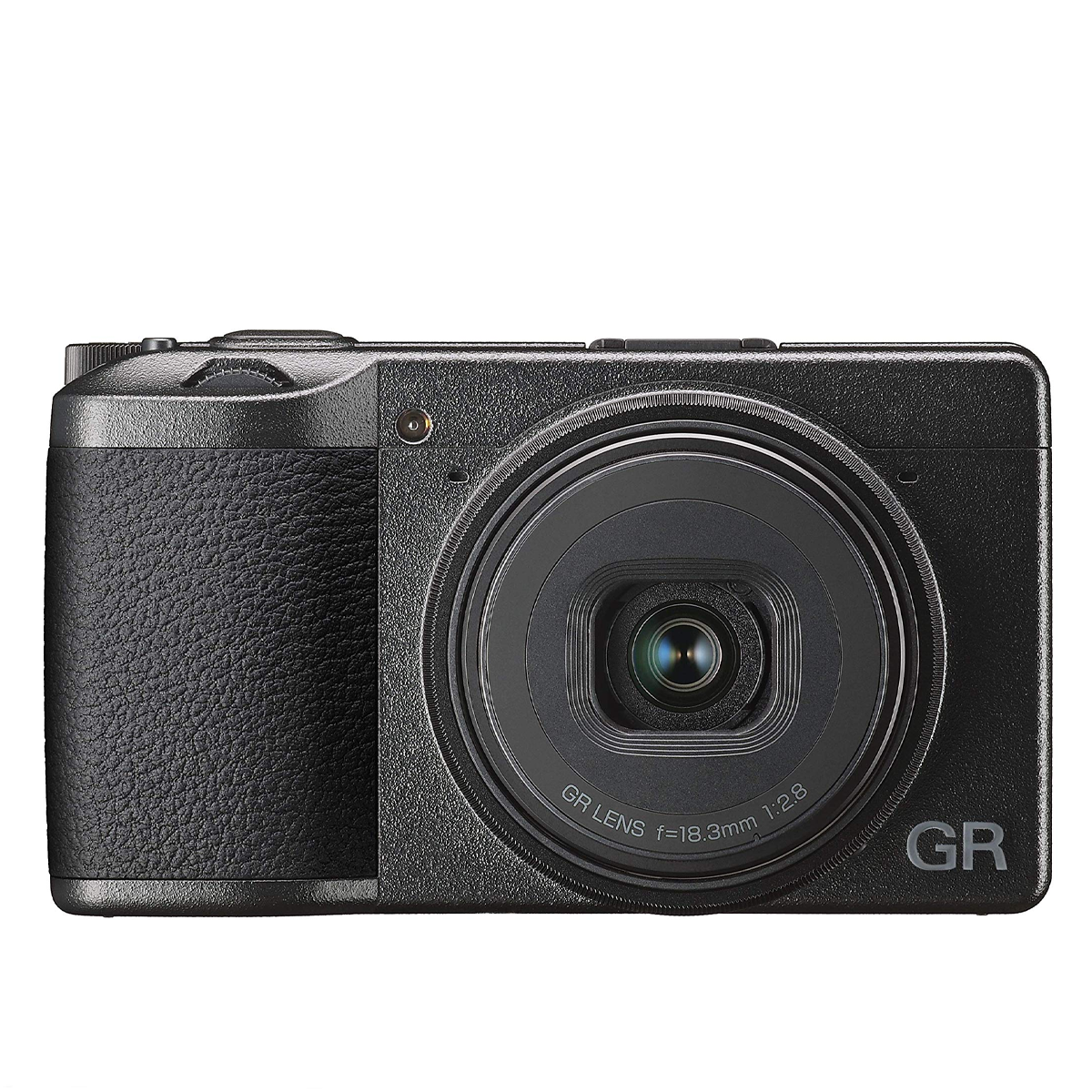
The best compact travel camera
If you want a camera that slips in your pocket but has a large sensor that beats most smartphones for quality, then the GR IIIx is well worth a look.
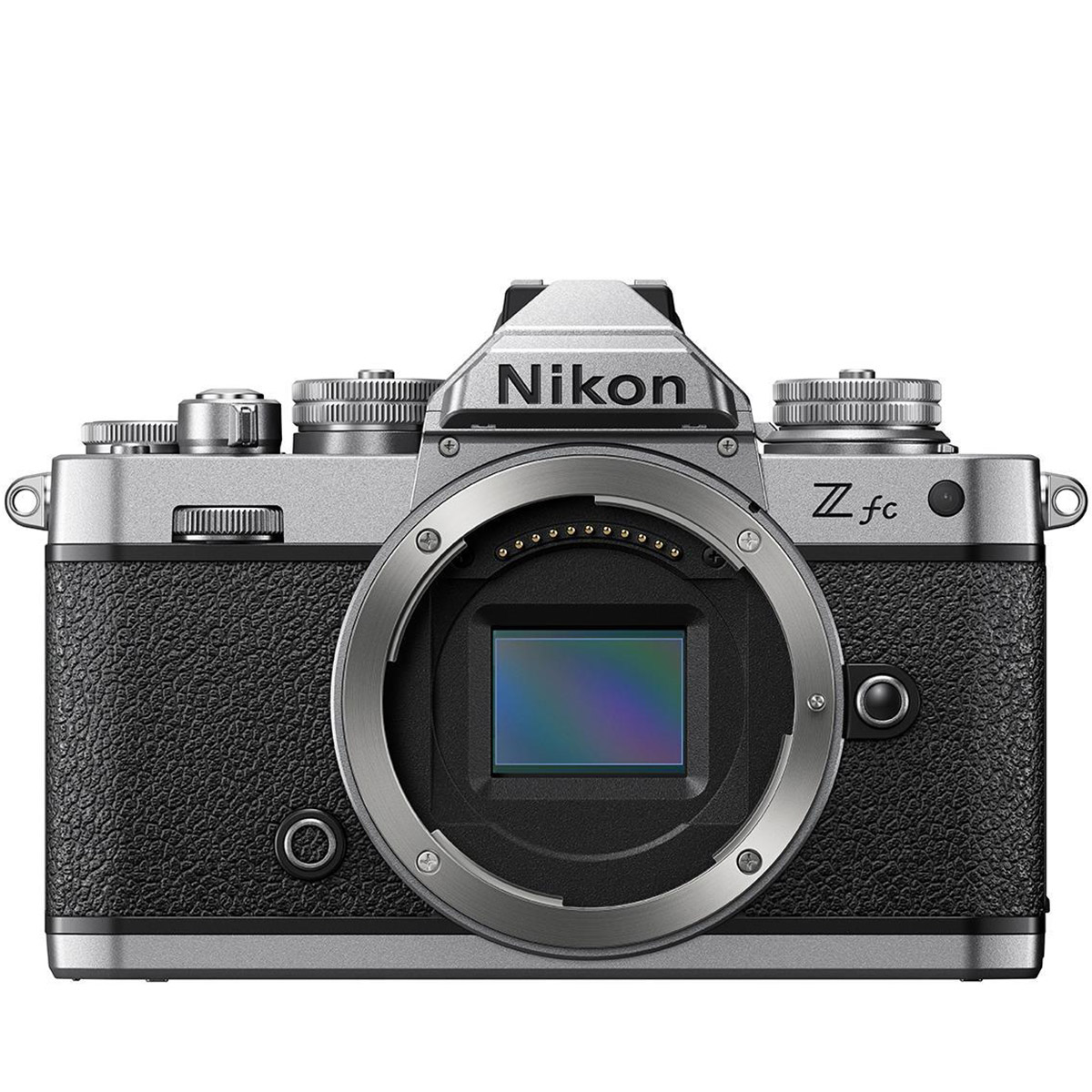
The best-looking travel camera
Don’t be fooled by its lovely retro looks: the Nikon Z fc is every bit the modern travel camera, with a useful touchscreen and top image quality.
Best by use-case
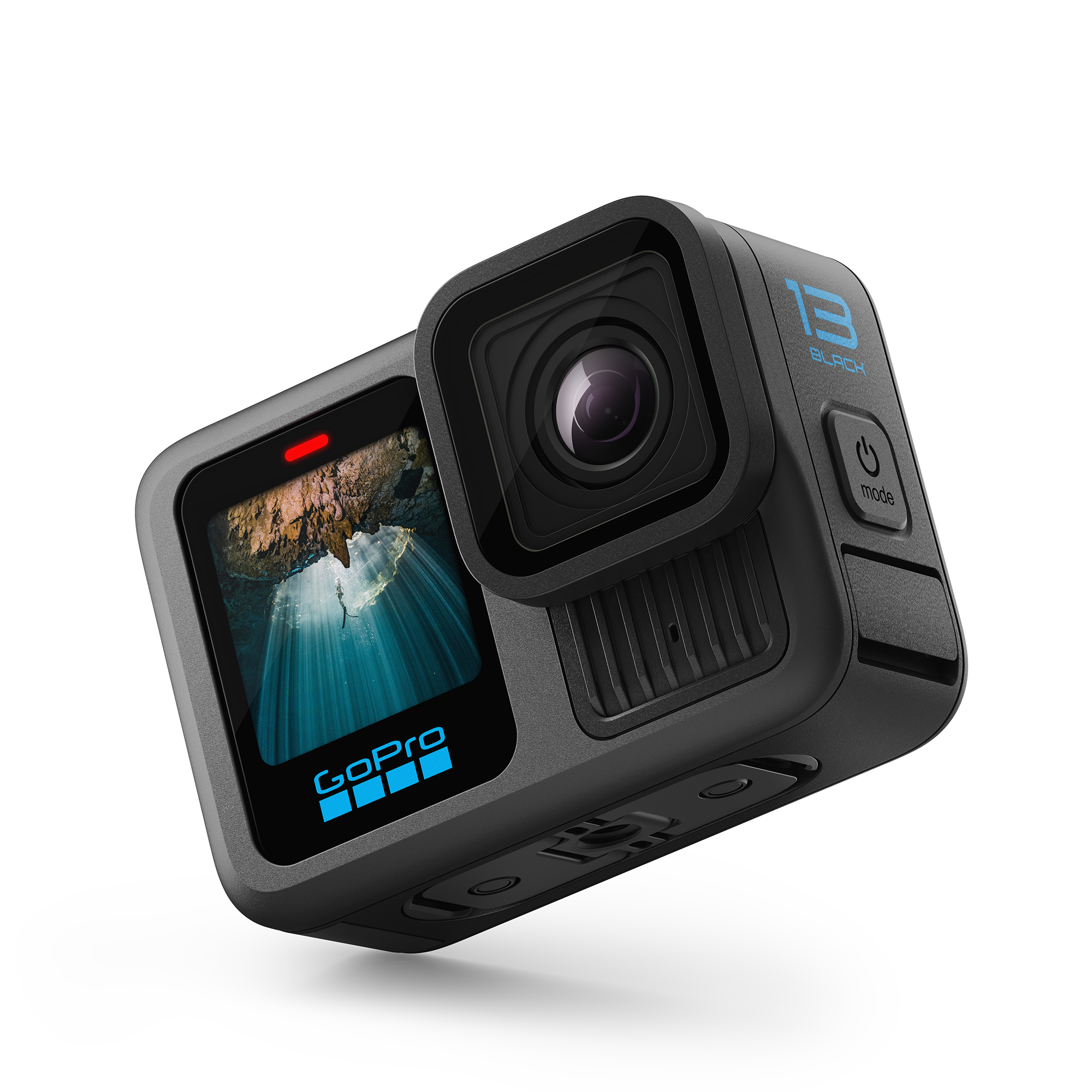
The best action camera for travel
With top-class stabilization, a versatile 8:7 sensor, plus auto-detected Lens Mods, this is the best action camera for capturing intrepid travels.
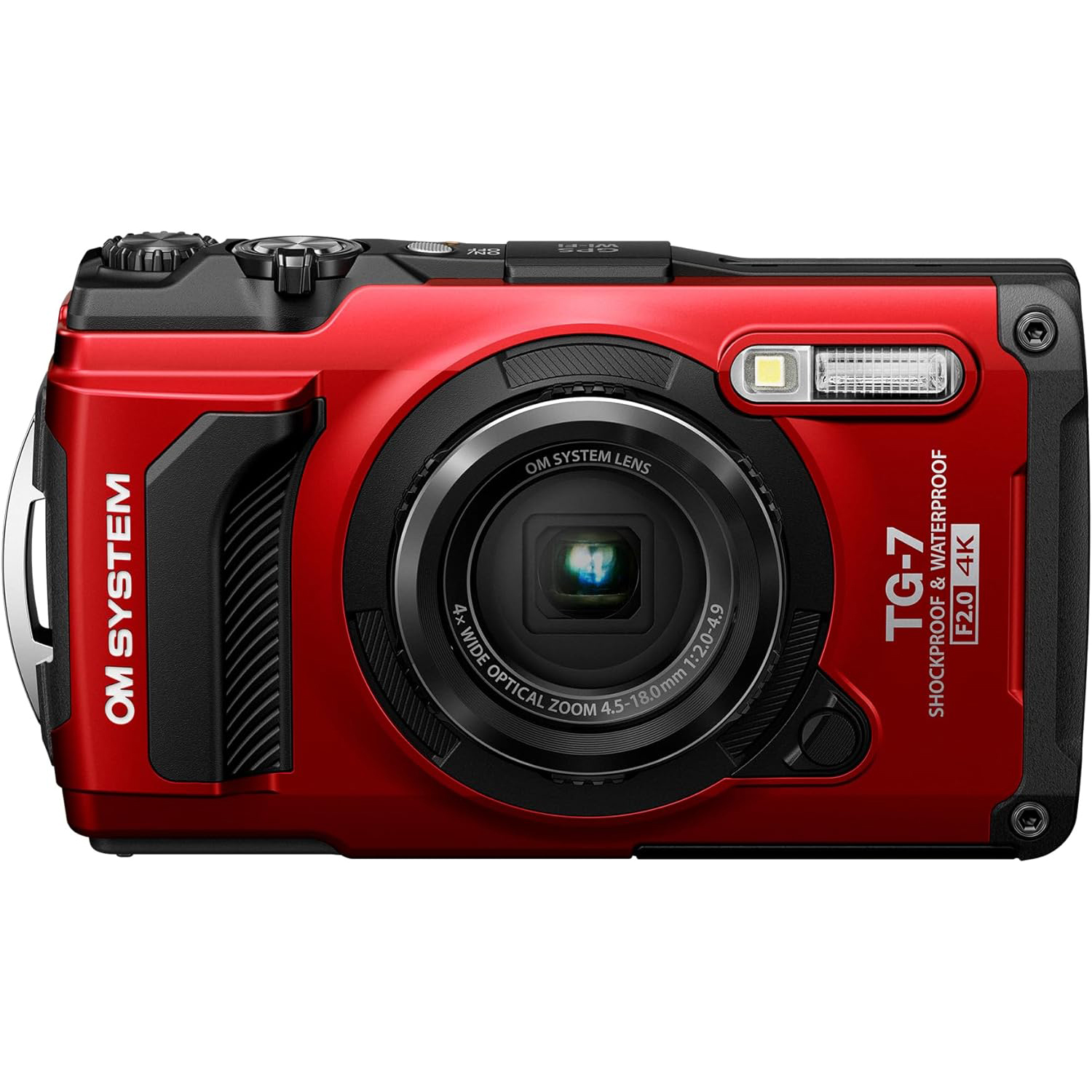
The best tough travel camera
When travels get tough, you need a camera that can keep up – which is where the rugged TG-7 comes into its own, with a hardcore build and simple interface.
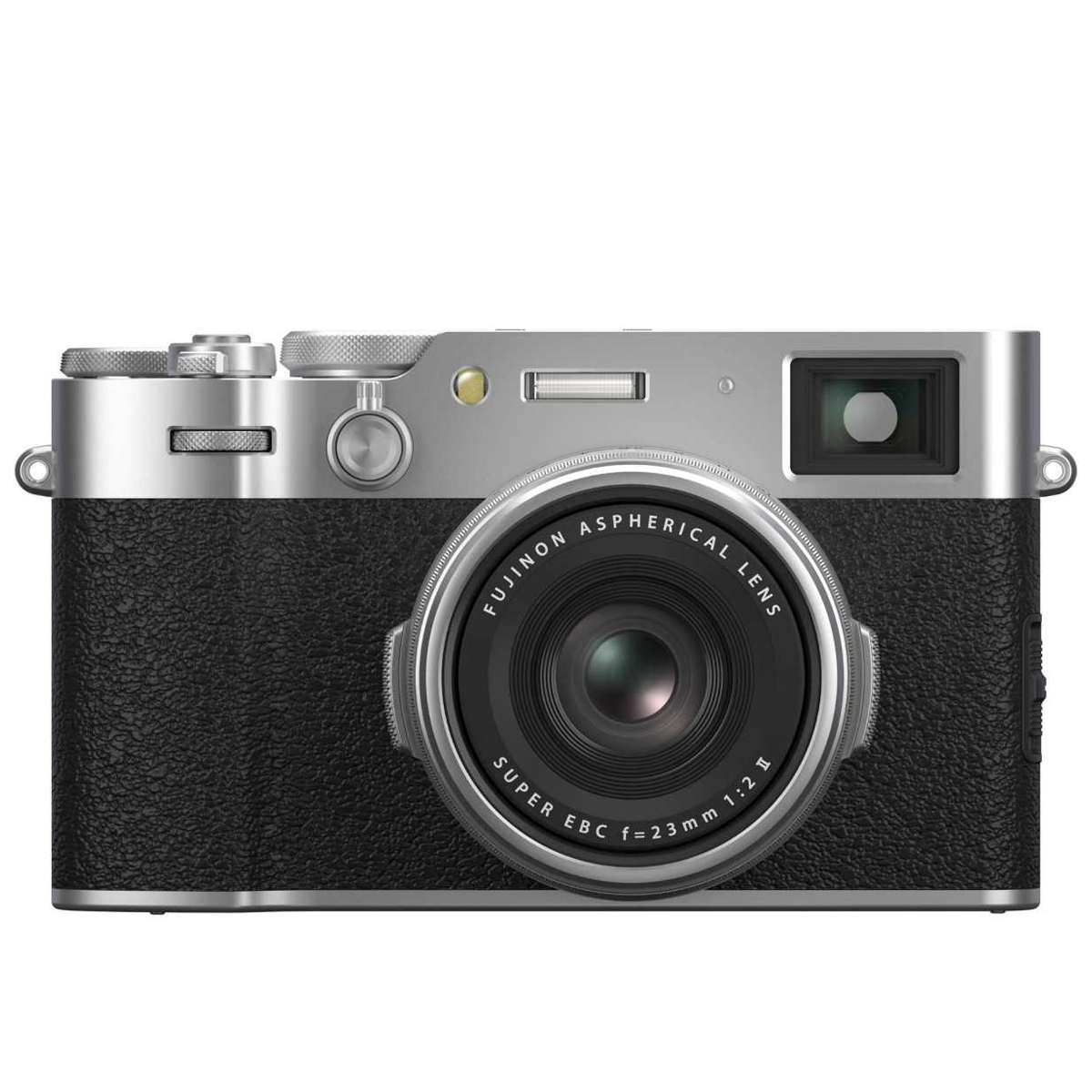
The best premium compact
With a large sensor, 23mm focal length and small form factor, the X100VI is a powerful tool for street photography on your travels.
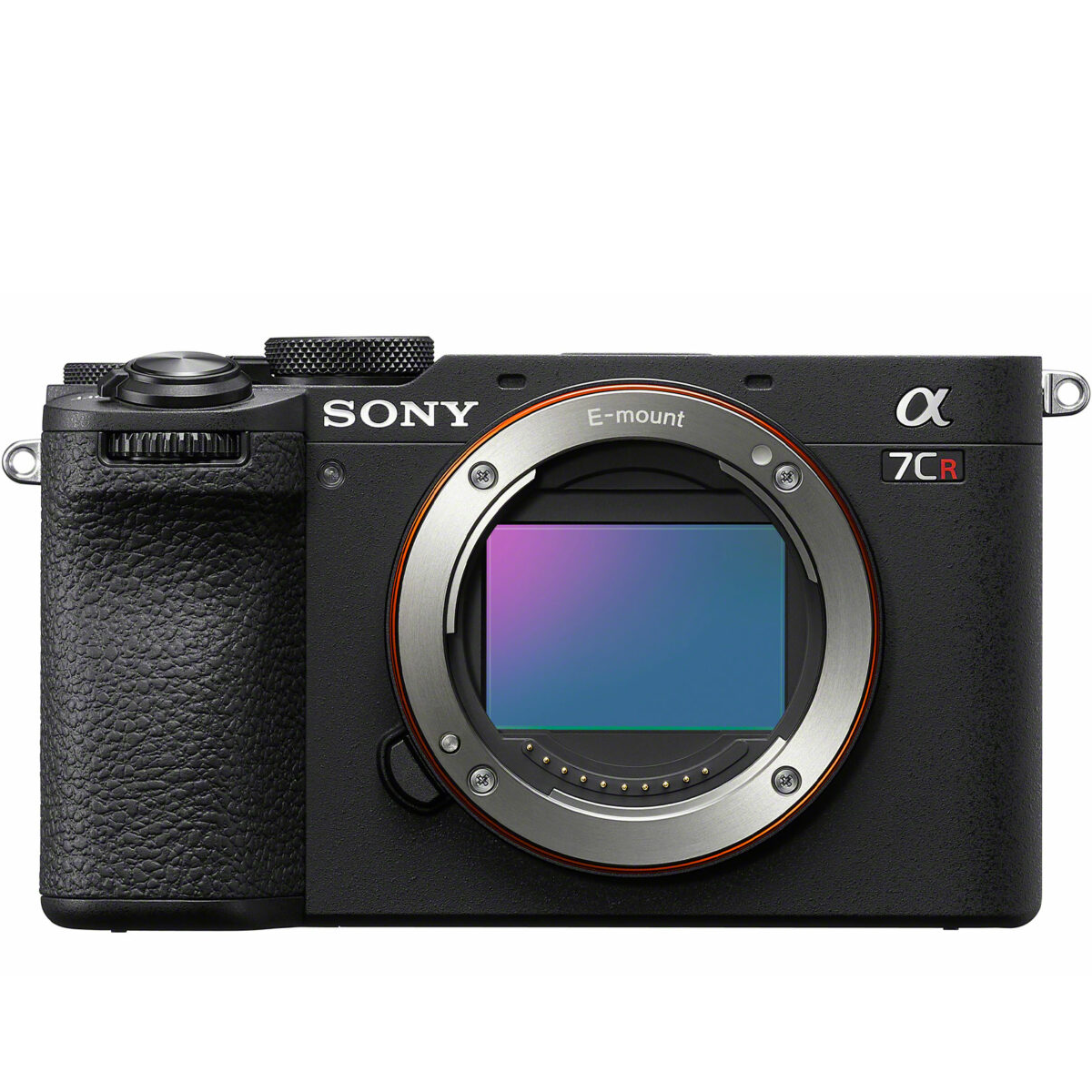
The best small full-frame camera
Combining a small form factor with a high-res 61MP sensor and fantastic autofocus, the Sony A7C R is the best full-frame camera for travel photography.
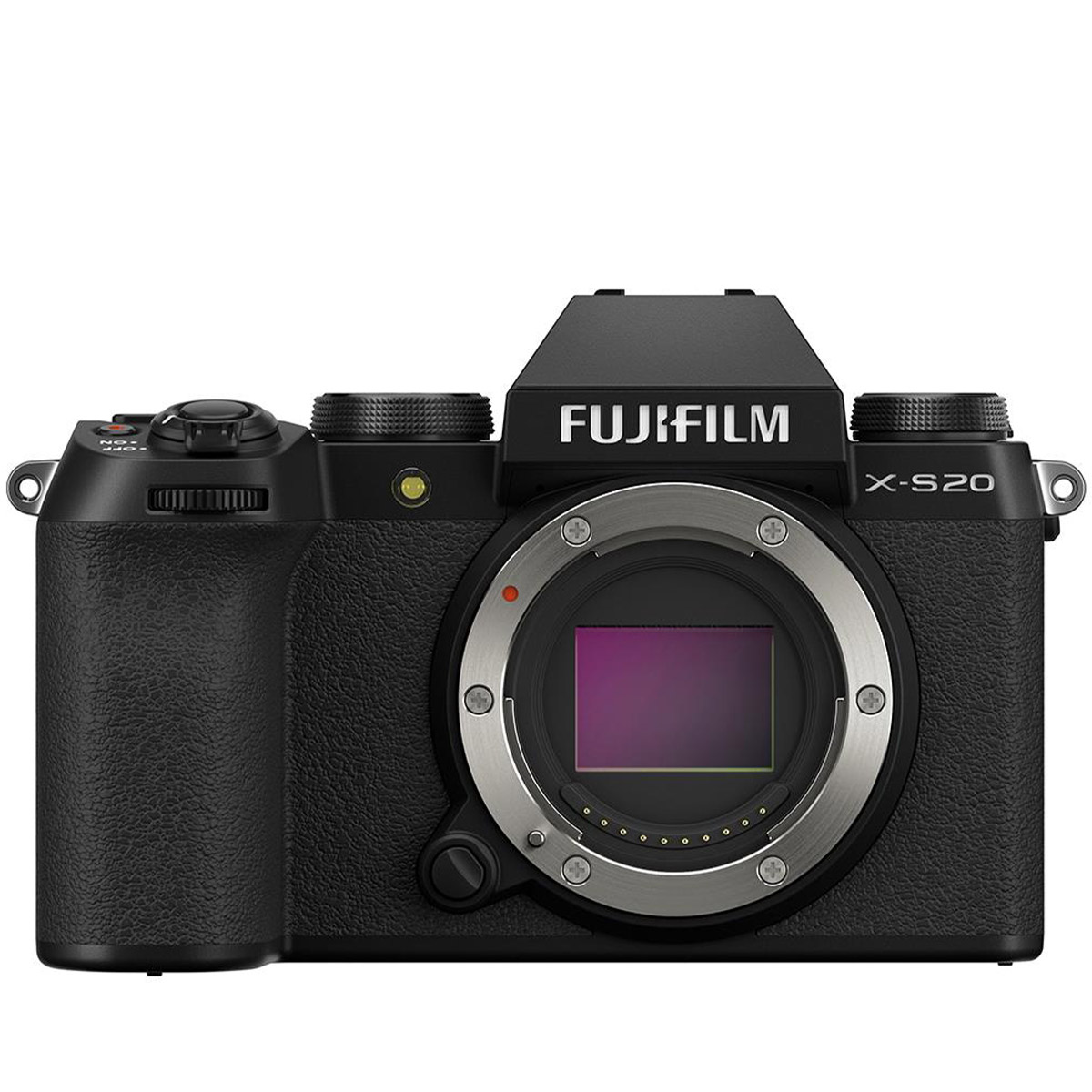
The best hybrid for travel vlogging
A capable sensor and automated settings, including a Vlogging mode, make the Fujifilm X-S20 an accessible tool for stills and video on the go.
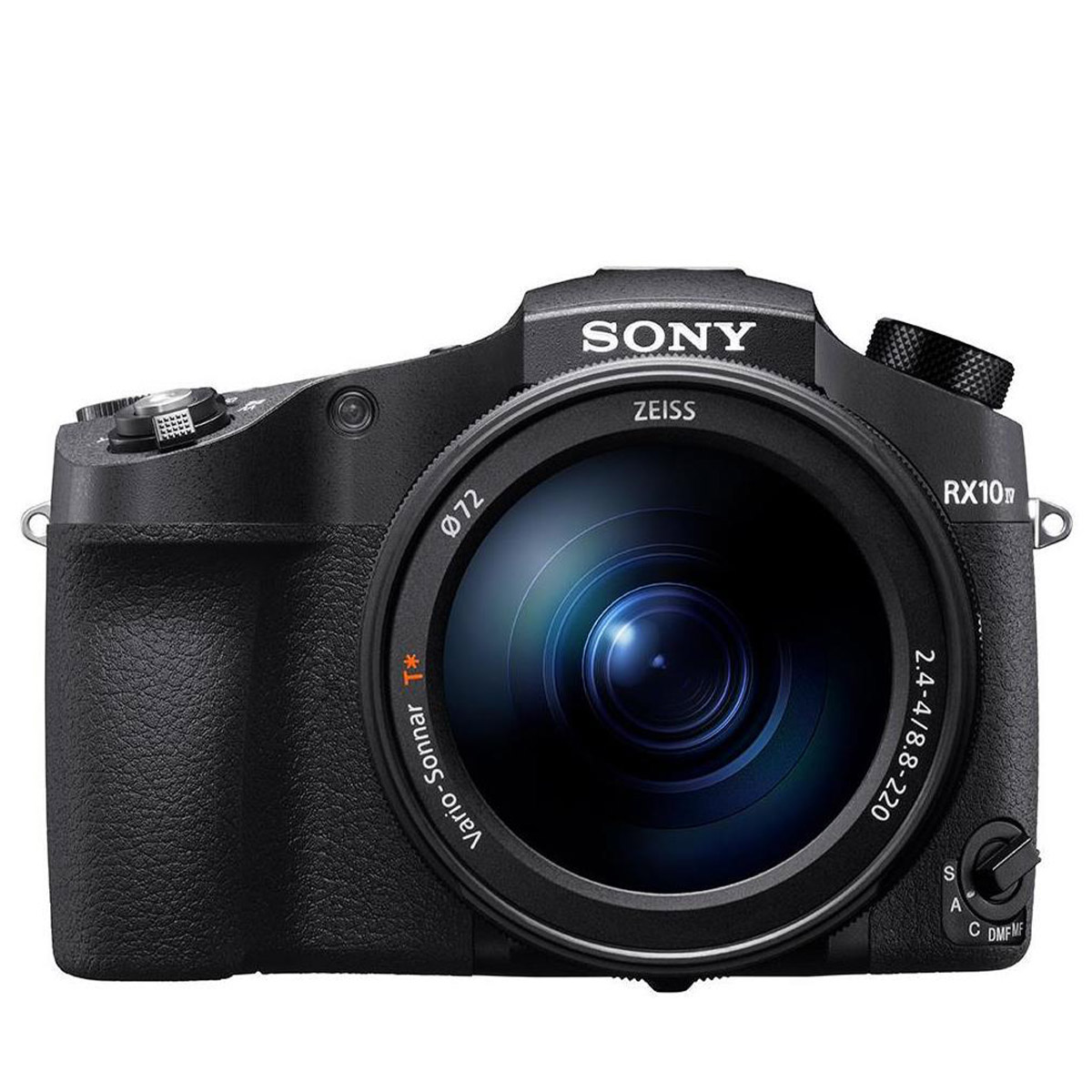
The best superzoom camera
Even with a 1-inch sensor, the Sony RX10 IV delivers sharp stills and video, with the added versatility of a generous 24-600mm zoom range.

Tim is TechRadar's Cameras Editor. He has more than 15 years' experience as a photographer and tech journalist. He's traveled widely in that time, including several years spent living and capturing images in Kenya. As a result, he's developed a deeply practical knowledge of what makes an excellent travel camera. Tim notes, "There's no one-size fits all travel camera, but all of the options recommended here share a few key traits: each is relatively portable, handles well while on the move and is capable of producing impressive holiday photos."
The best travel cameras in 2025
Why you can trust TechRadar
Below you'll find full write-ups for each of the best travel cameras in our list. We've tested each one extensively, so you can be sure that our recommendations can be trusted.
The best travel camera overall
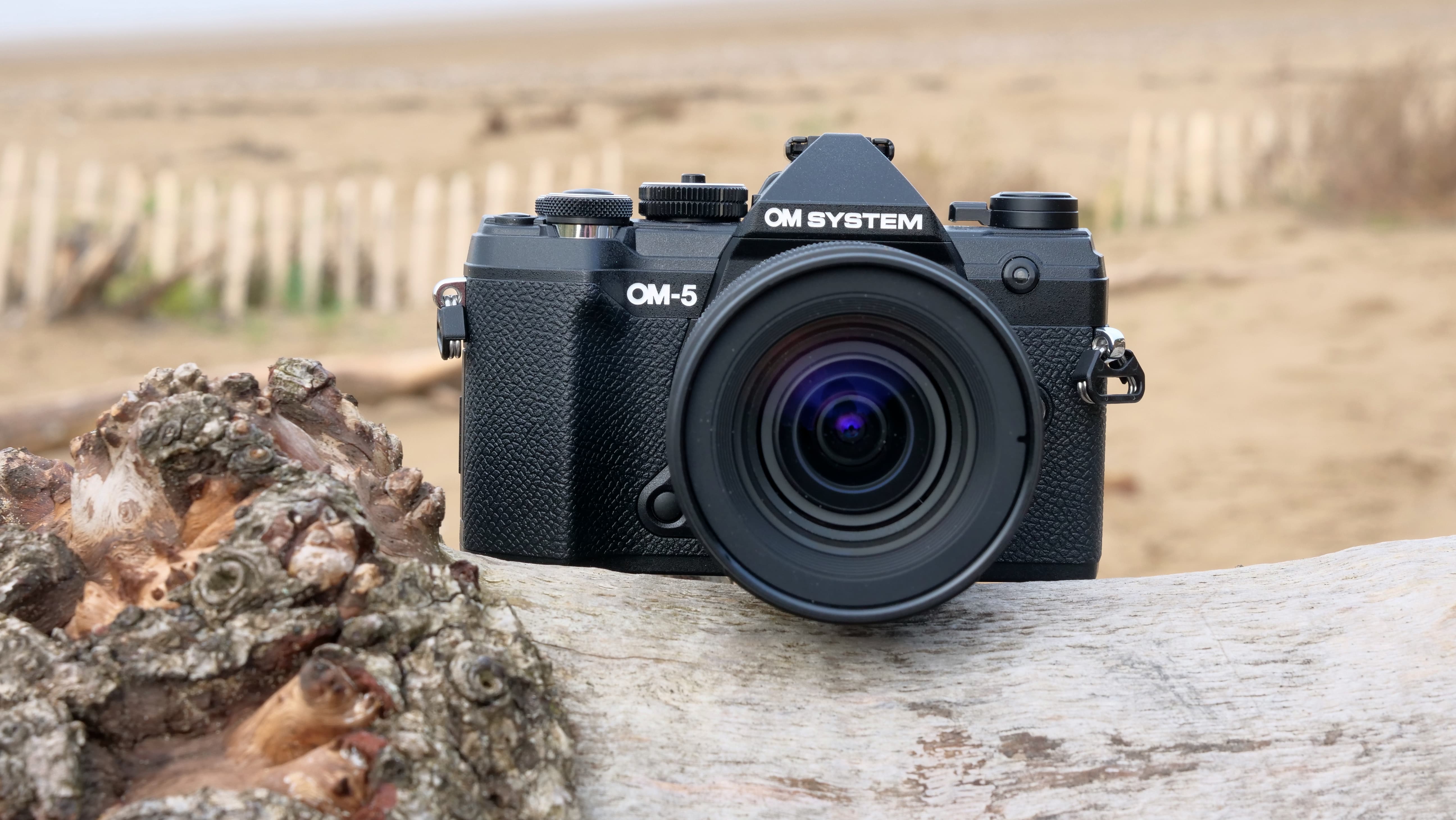
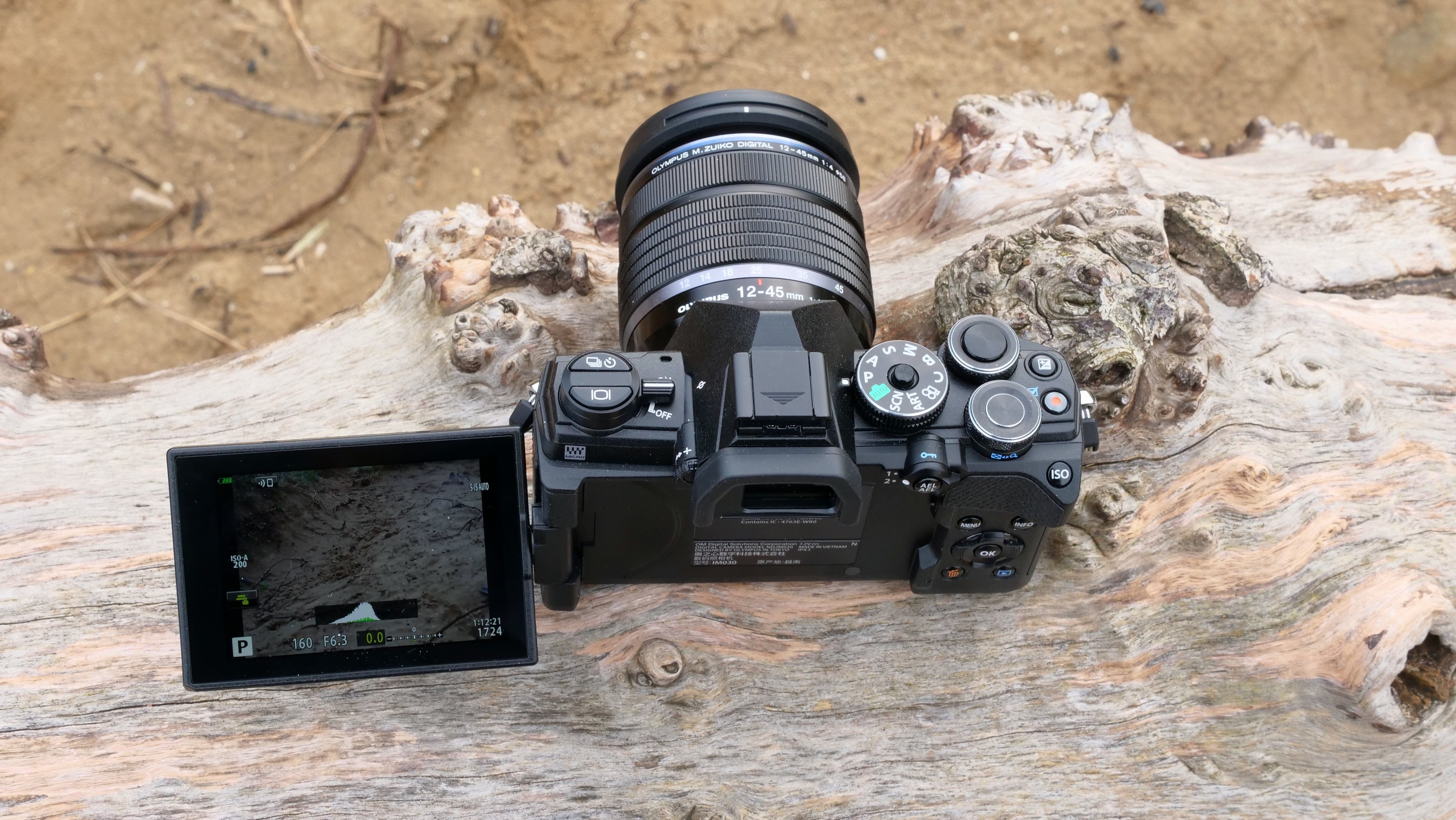
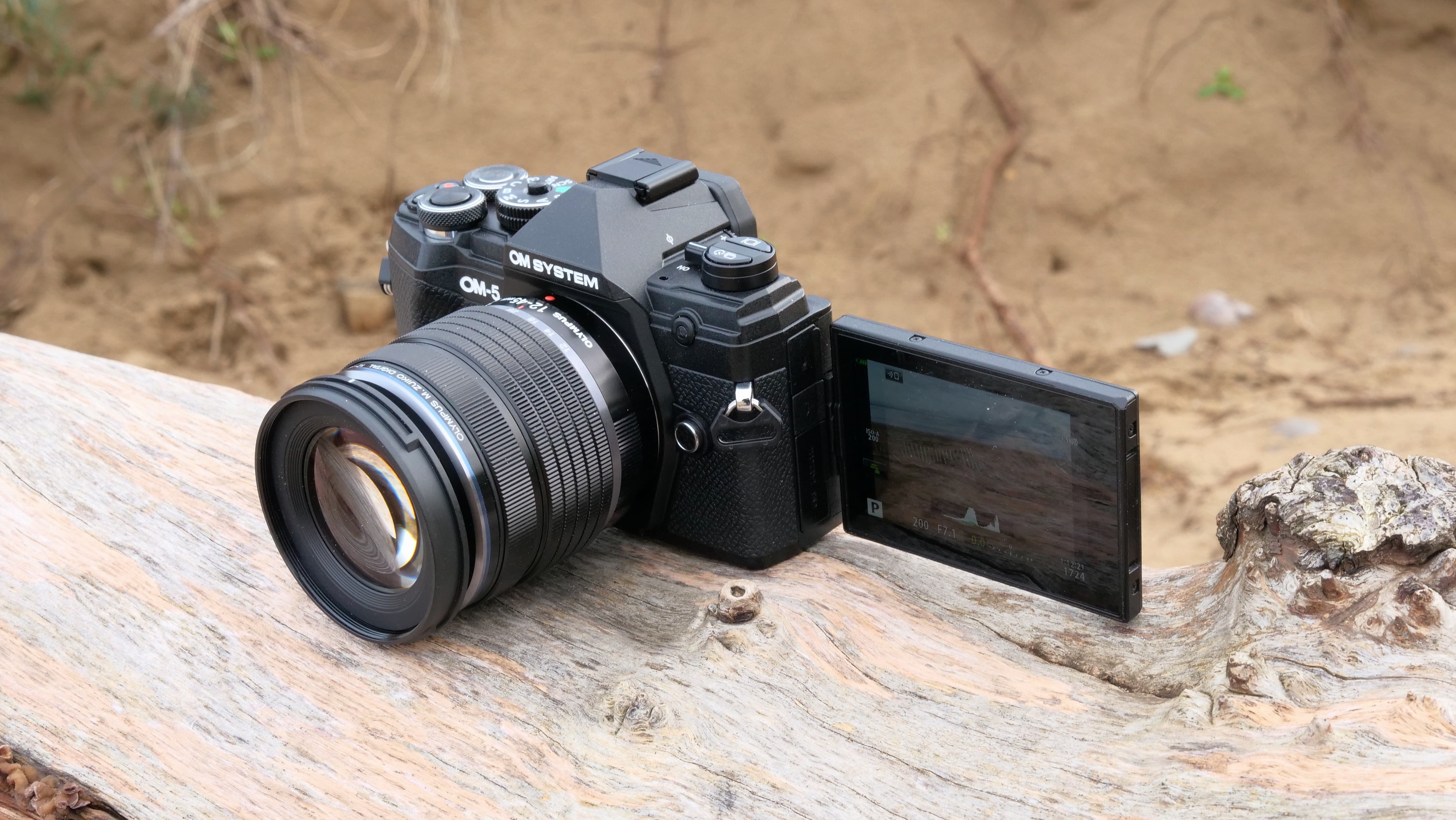
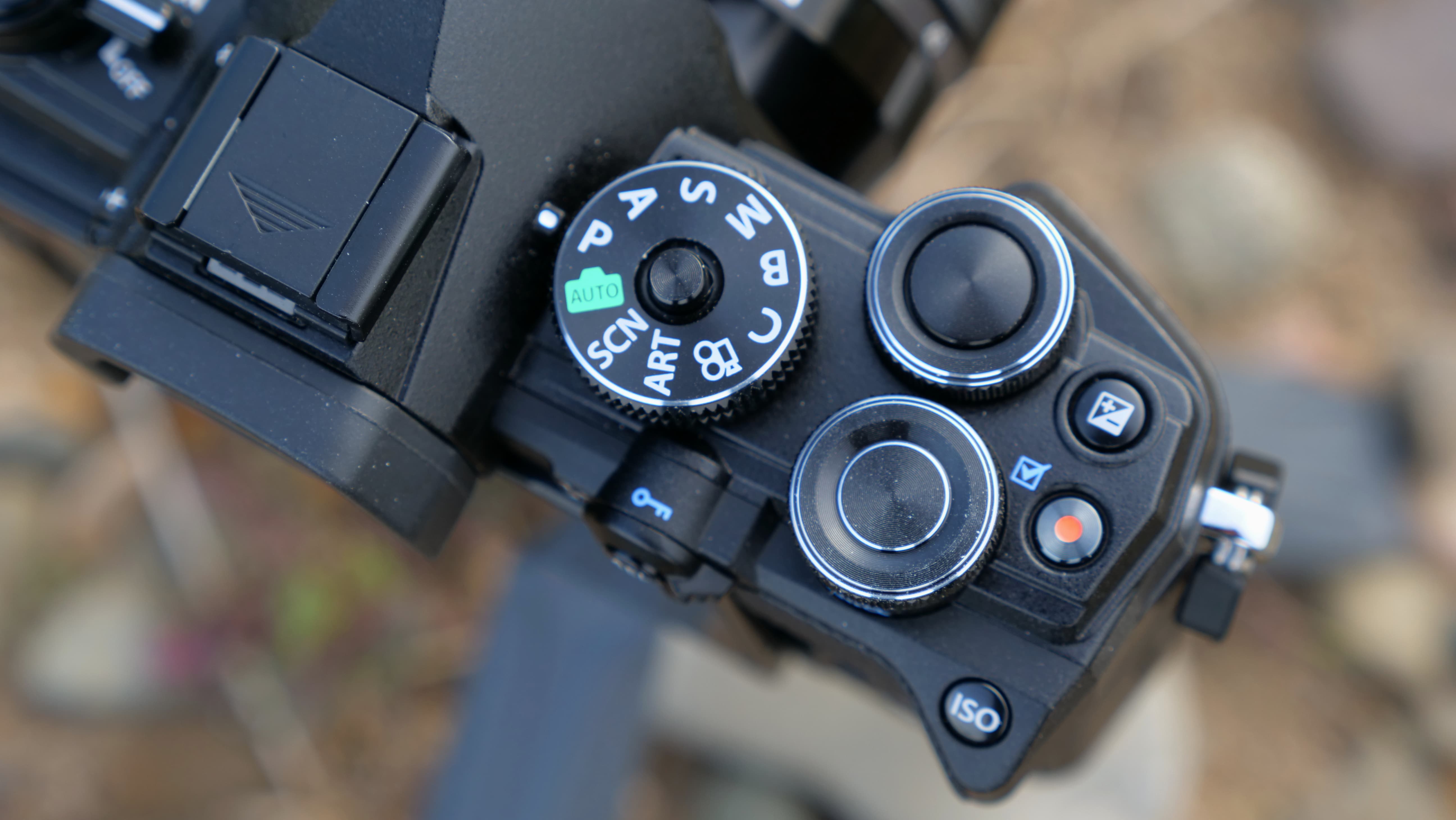
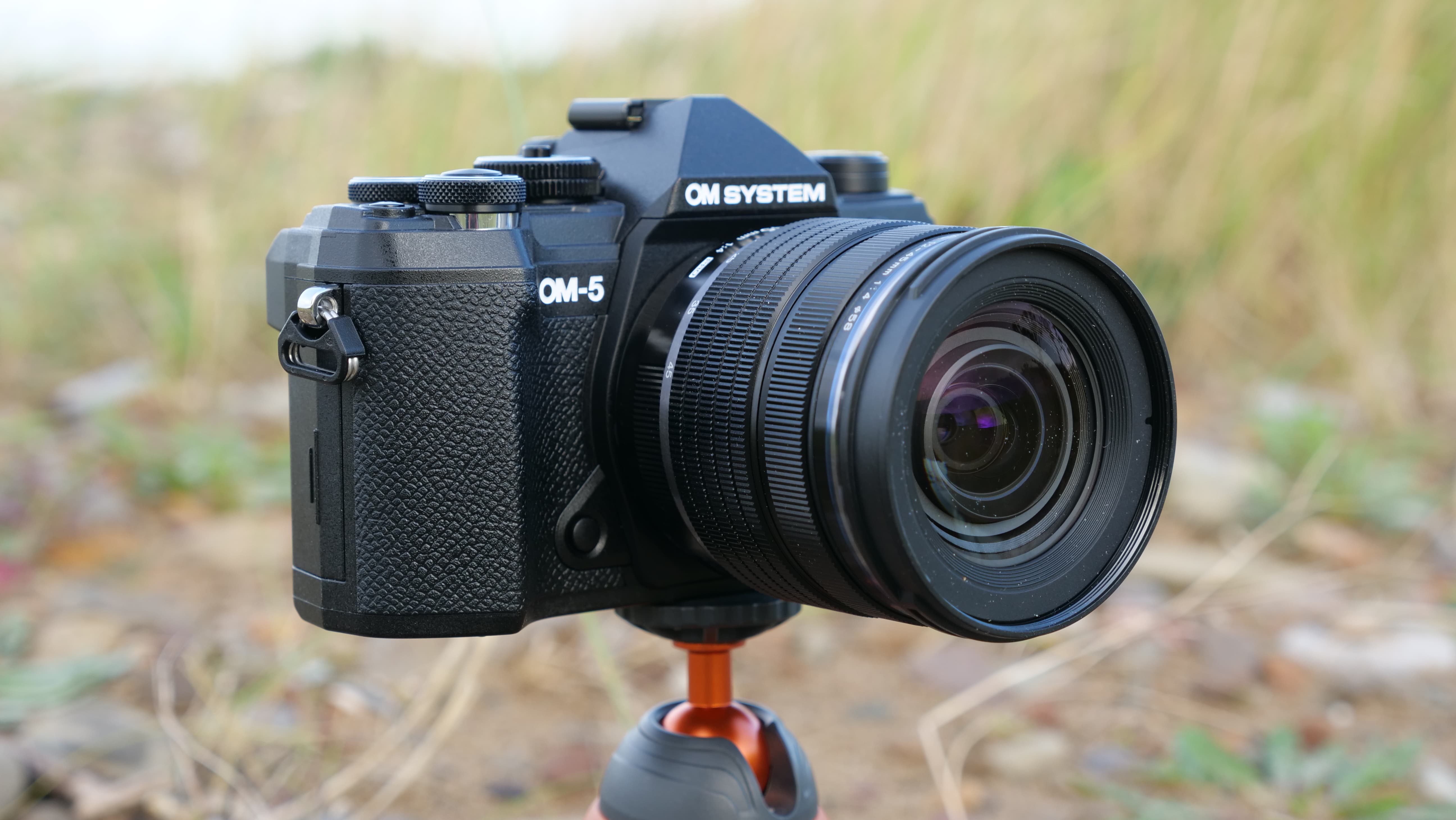
Specifications
Reasons to buy
Reasons to avoid
OM System OM-5 sample images
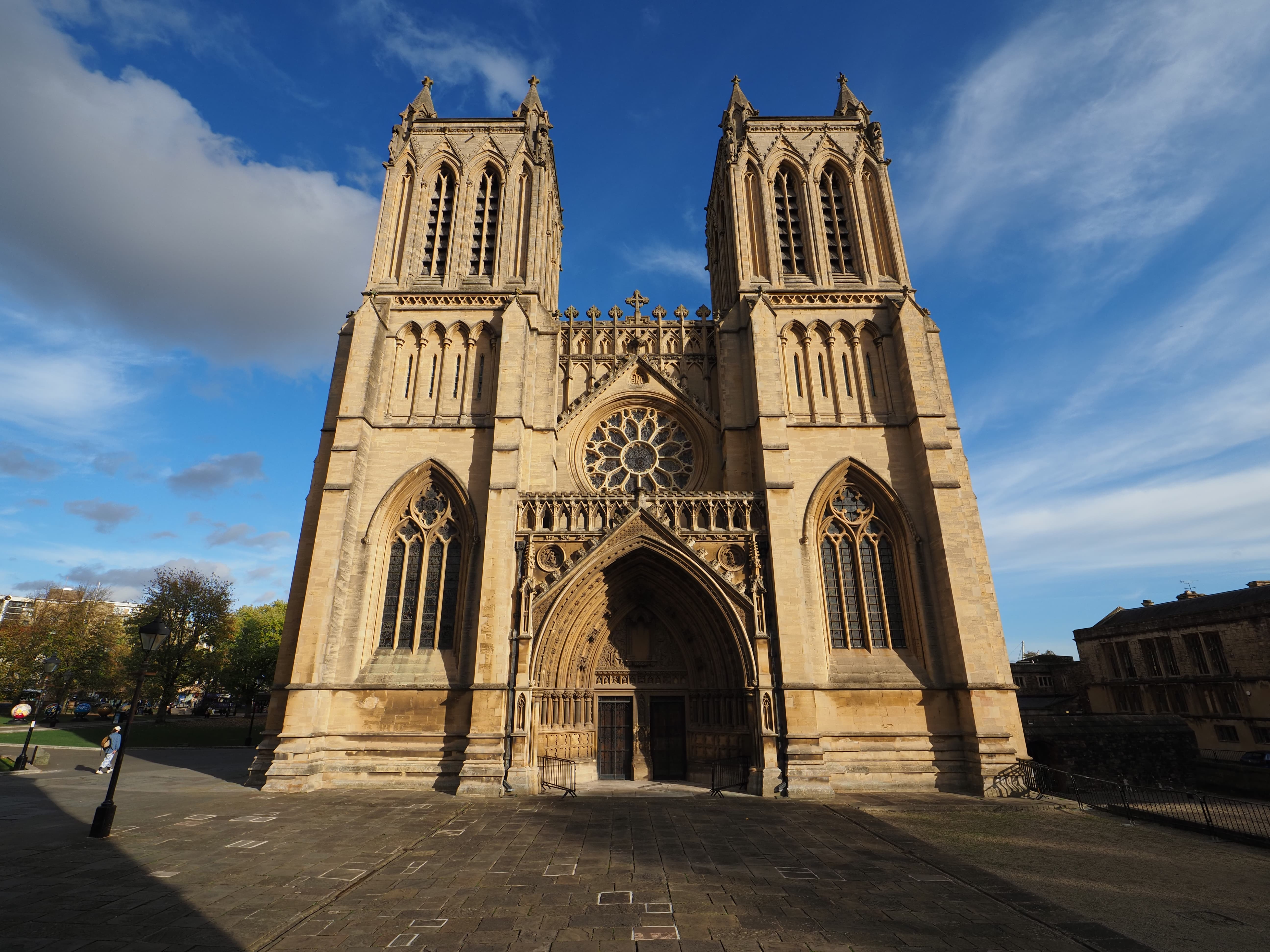

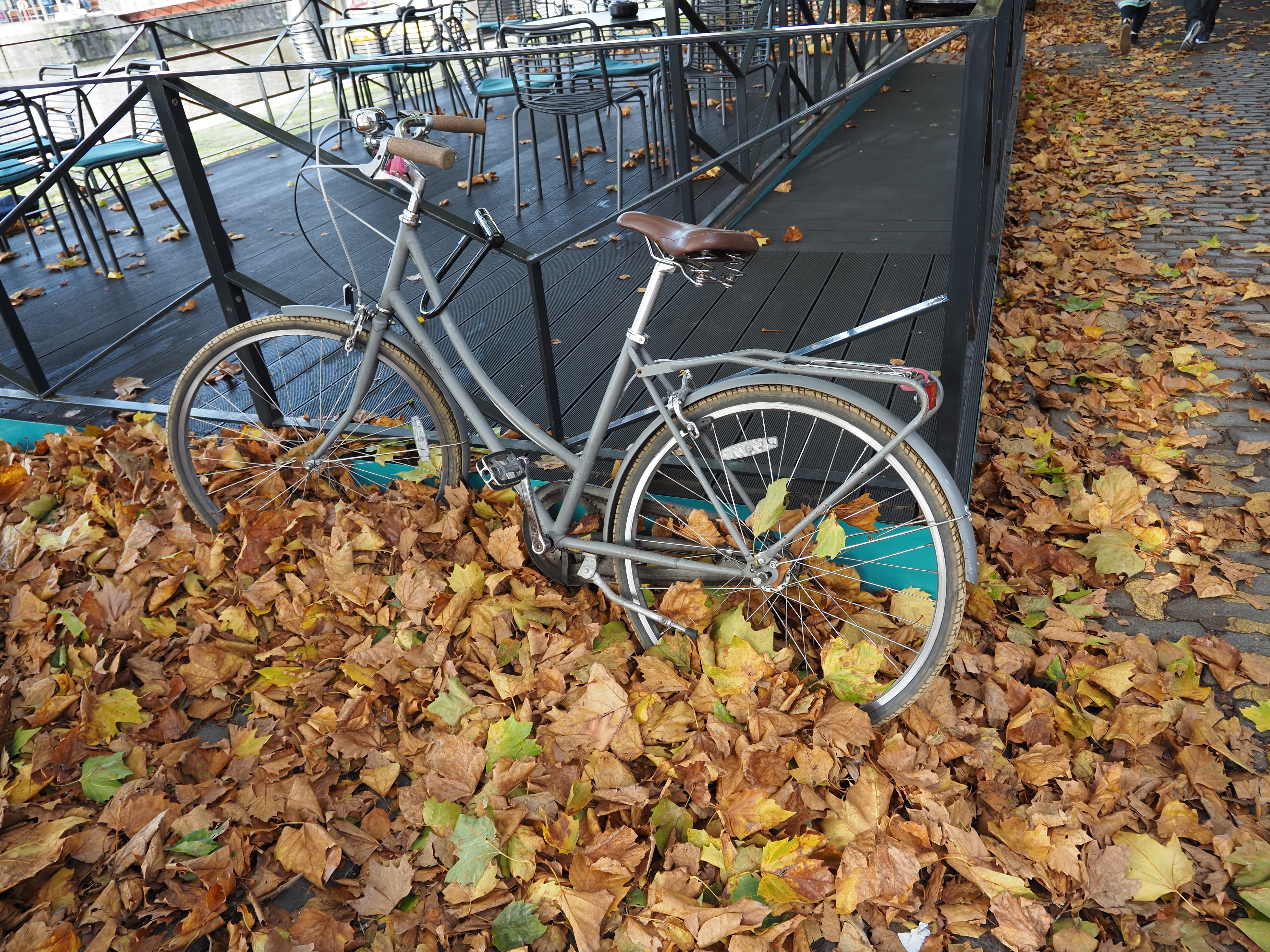
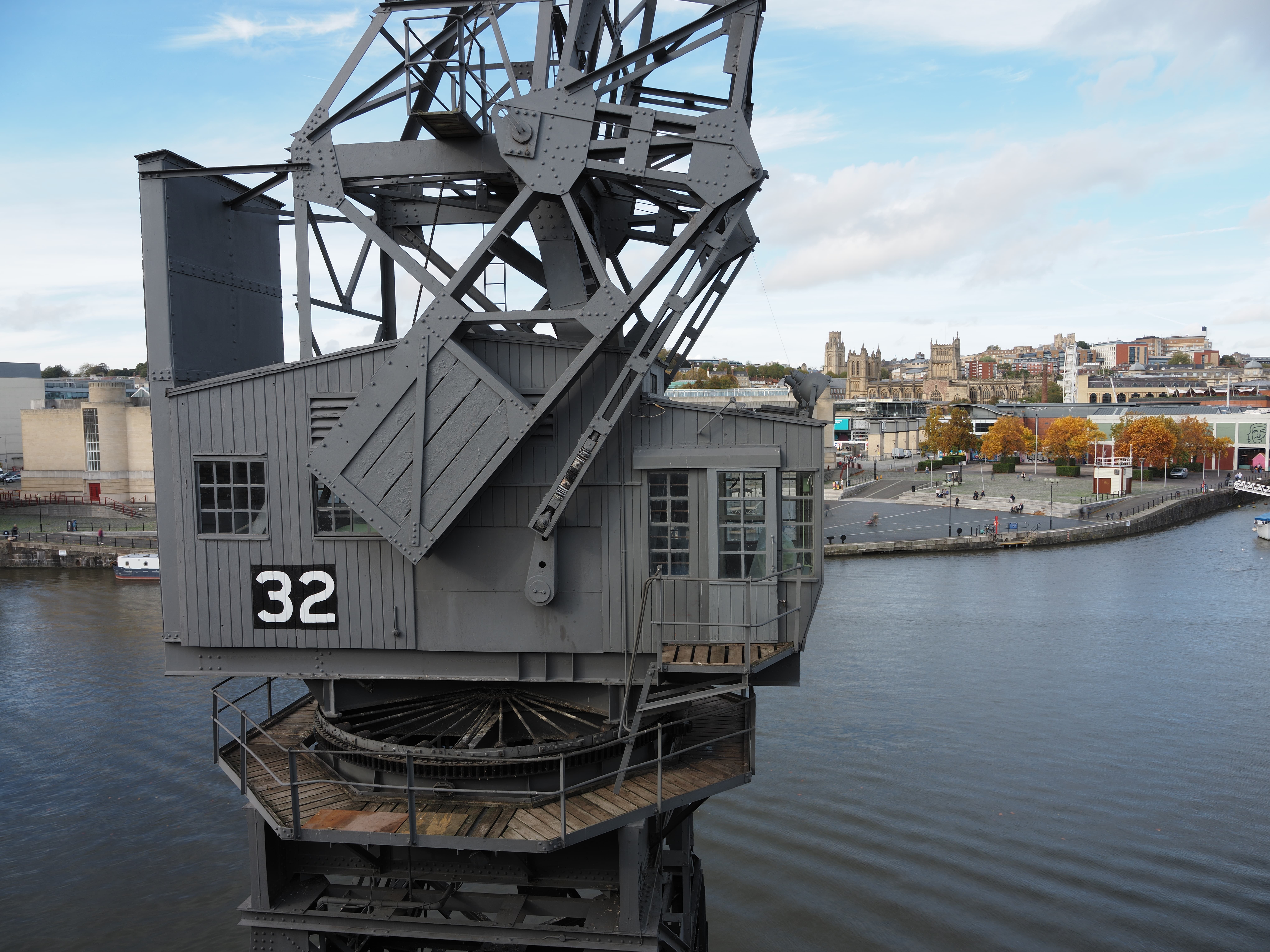
✅ You want a robust travel camera: Light enough to travel with but tough enough to deal with bad weather, the OM-5 is a ruggedly dependable camera.
✅ You shoot handheld a lot: The OM-5 has excellent image stabilization for stills, meaning you can cross a tripod off your packing list.
❌ You want the best image quality: Its Micro Four Thirds sensor is decent enough, but some rivals offer more pixels and better low light performance.
❌ You have large hands: Handling is surprisingly good for a small camera, but the grip is not very deep, especially for those with bigger hands.
The OM-5 represents a relatively minor update of the Olympus OM-D E-M5 Mark III, but its combination of talents make it an ideal travel camera in our book – particularly if you want the flexibility to change lenses. It shoehorns a lot of features into a compact, weatherproof body that's compatible with a wealth of equally small lenses. Most of its skills, including excellent in-body image stabilization and computational photography modes, are also designed with travelers and adventurers in mind.
Our tests found that the OM-5 delivers excellent video and stills quality for its size, helped by a stabilization system that gives you a high hit-rate of keepers. We also enjoyed the high-quality feel of the camera's dials, as well as in-camera software tricks, like Live ND and in-camera focus stacking, which are ideal for macro shots or blurring skies for an ethereal effect. Less good are the fairly average EVF resolution, 4K/30p limit for video and relative limitations of its smaller sensor, but these are all acceptable trade-offs considering this camera's size and price.
Read our in-depth OM System OM-5 review
The best compact travel camera

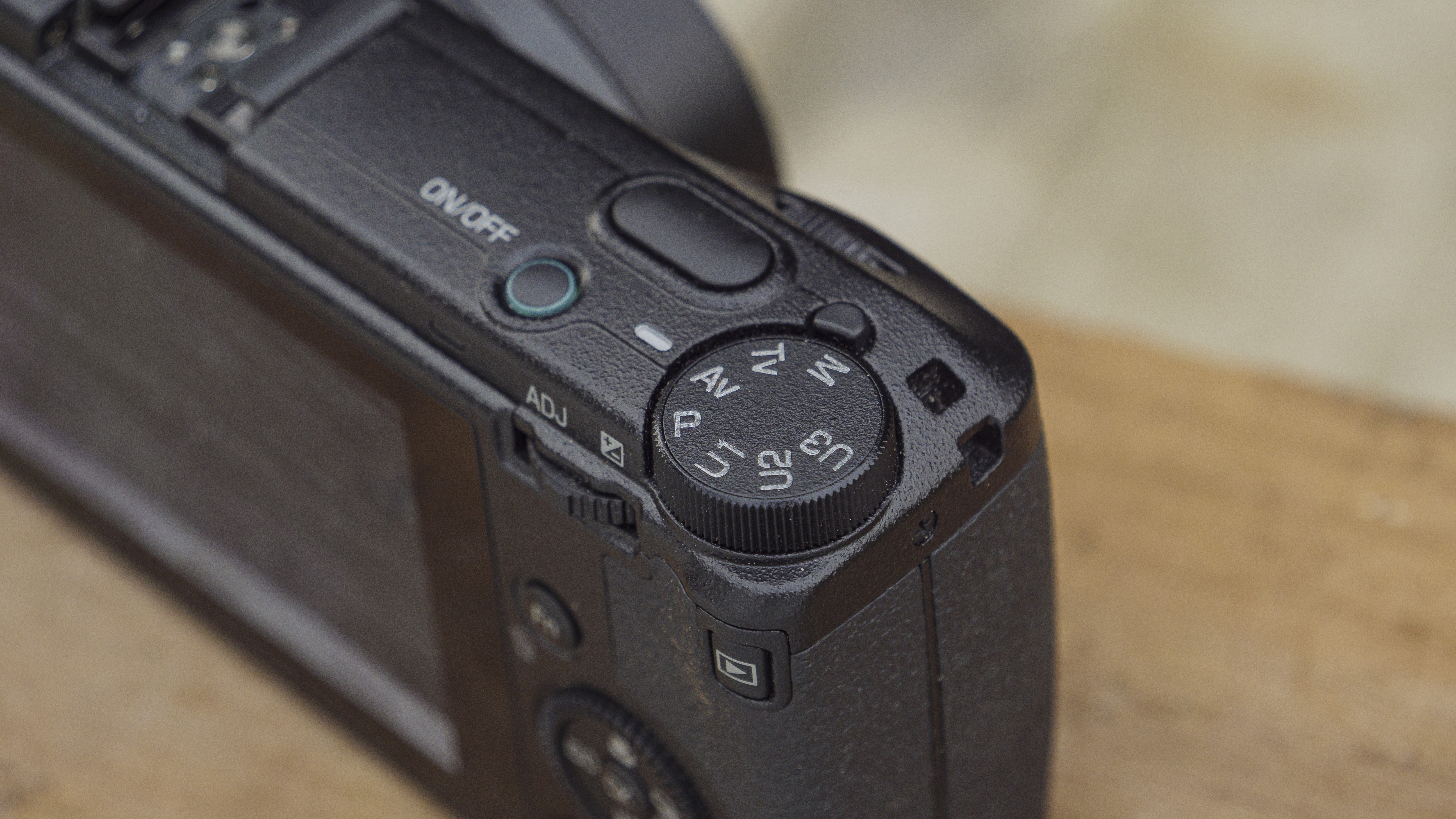
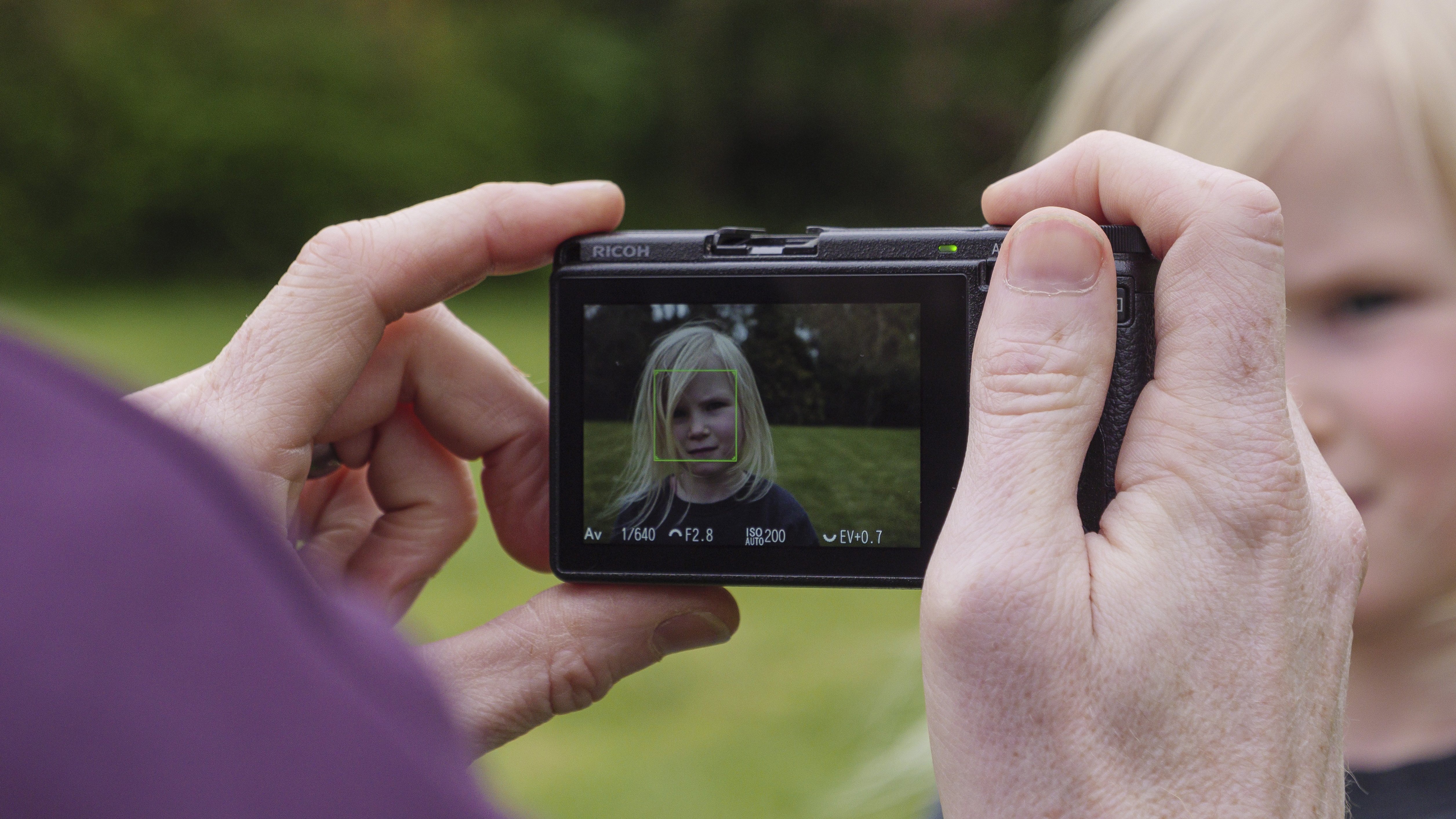
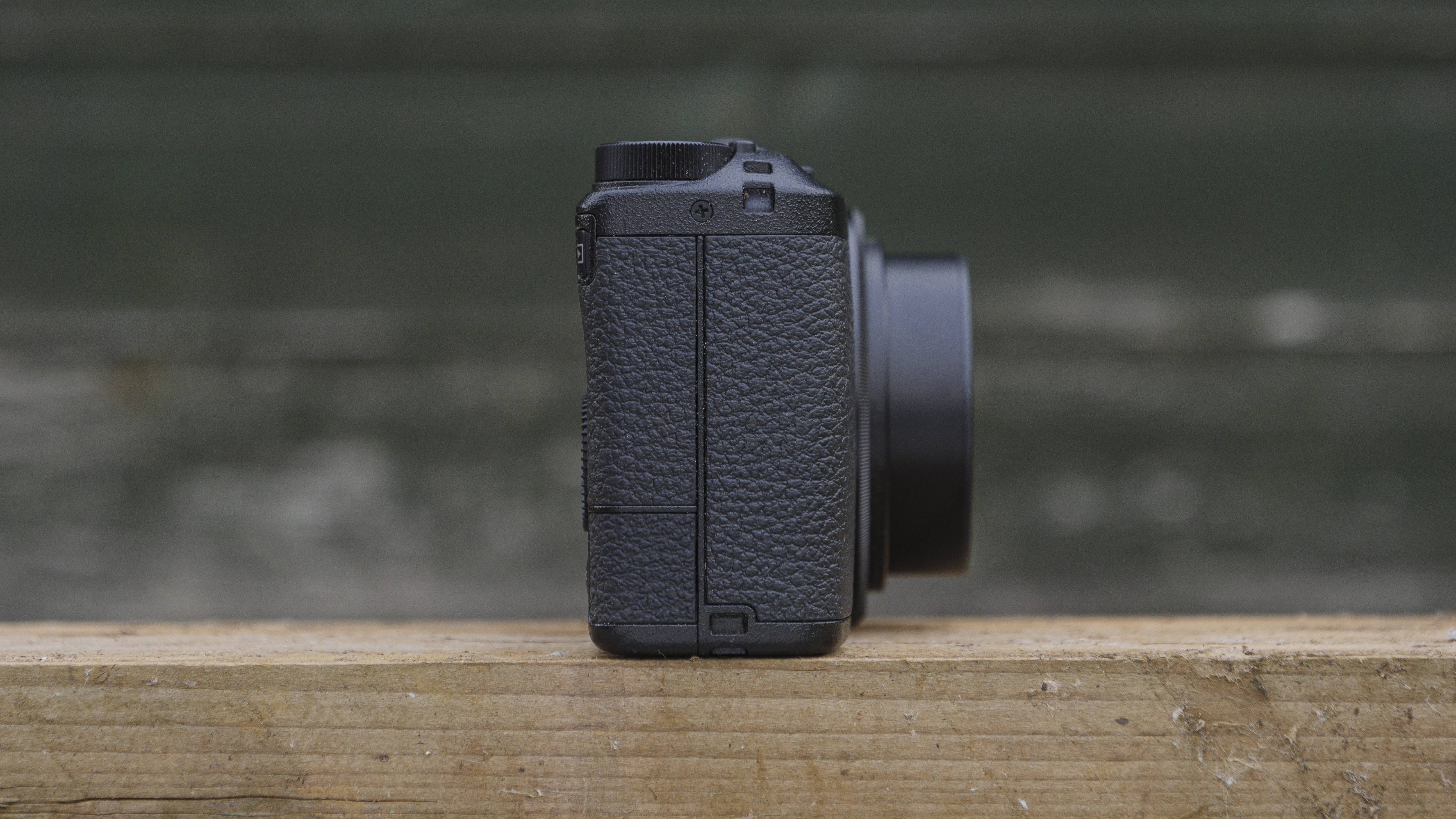
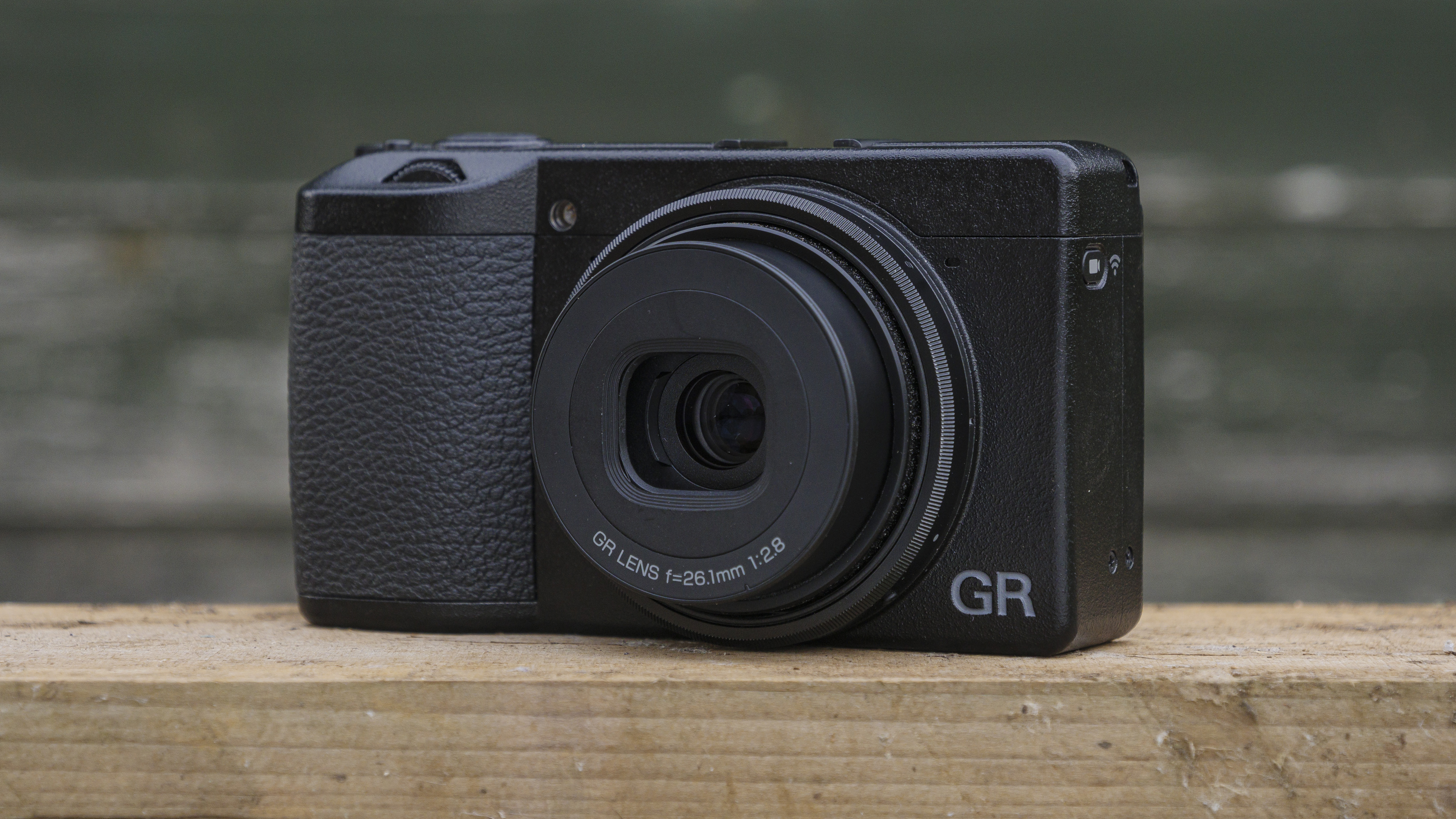
Specifications
Reasons to buy
Reasons to avoid
Ricoh GR IIIx sample images
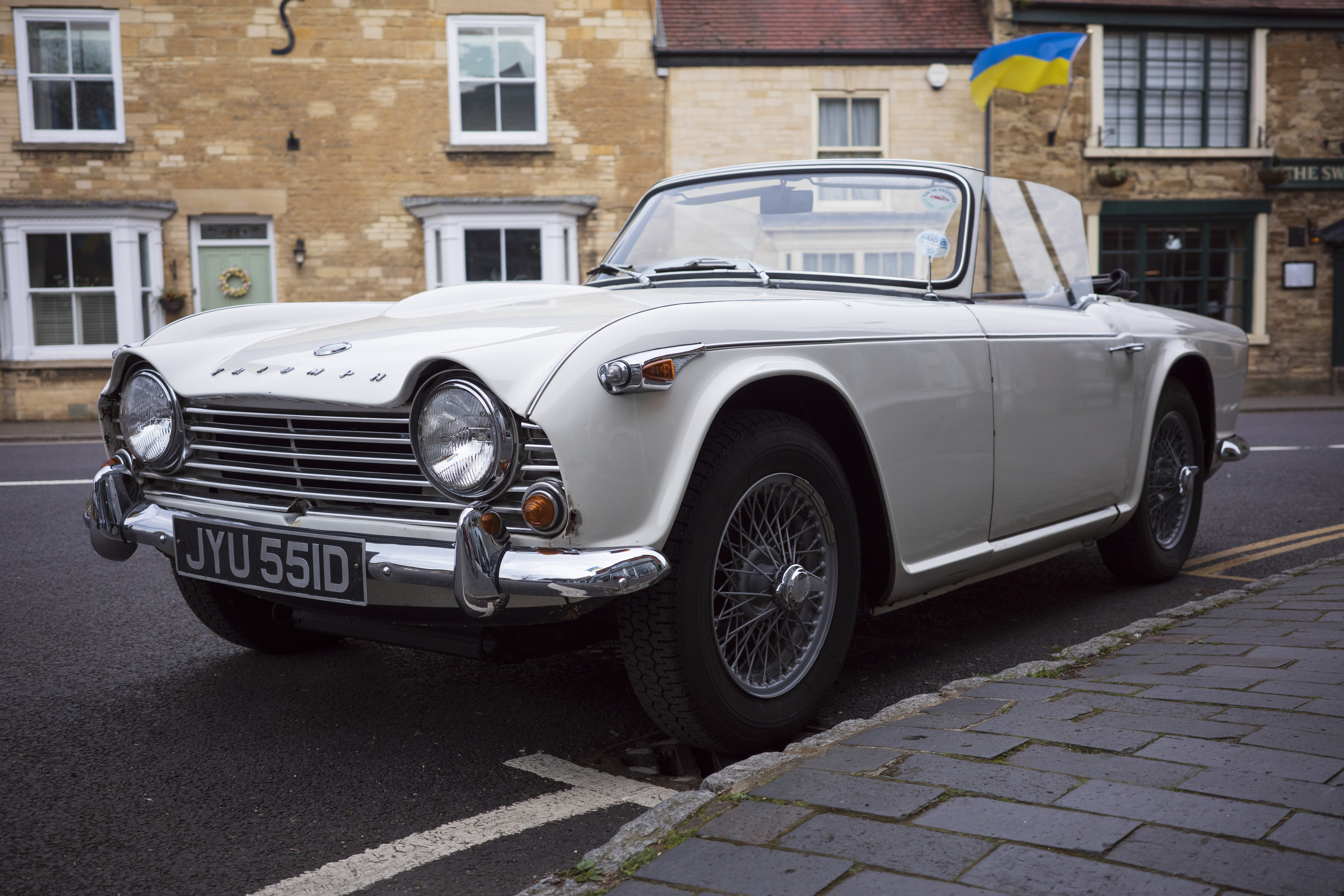
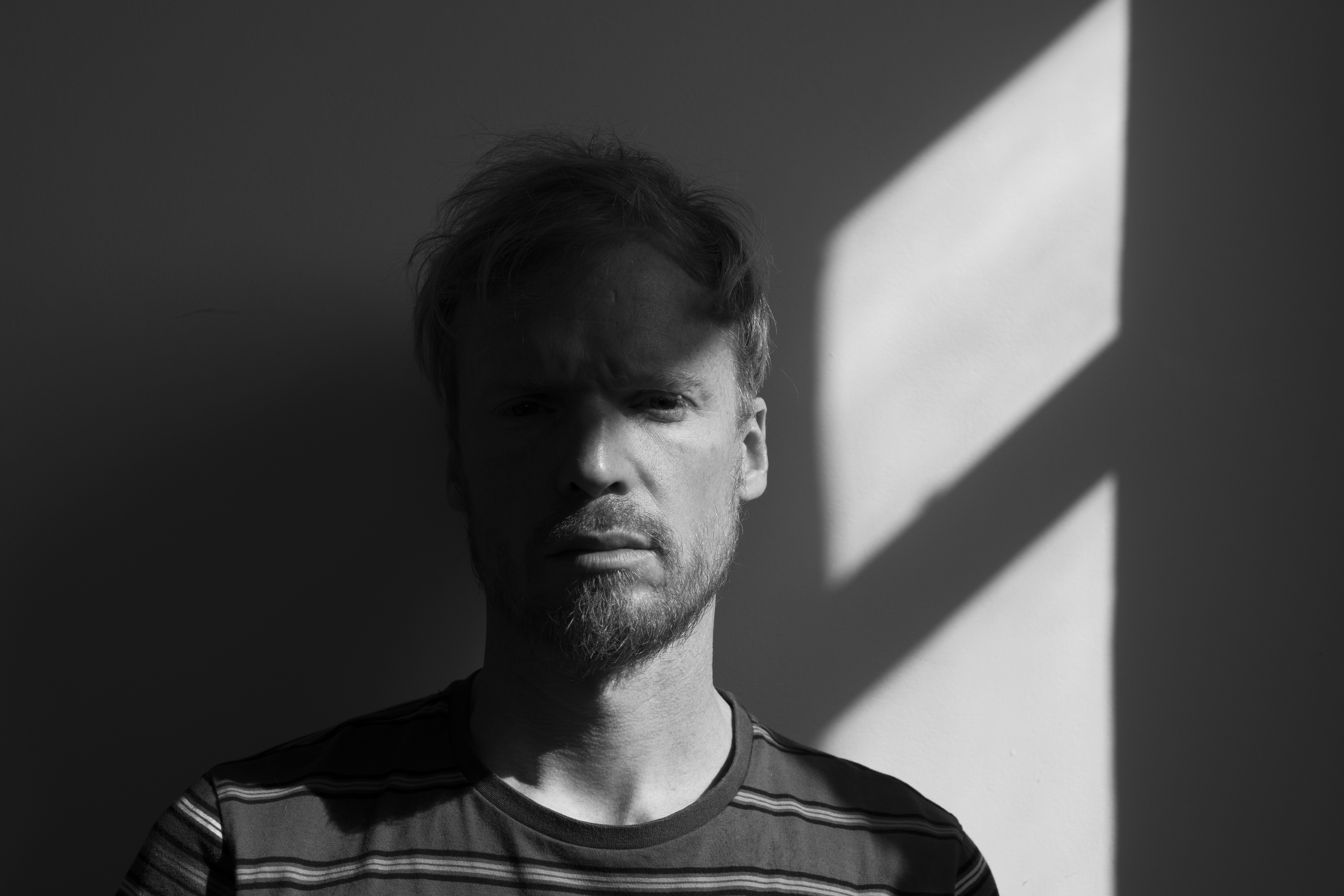
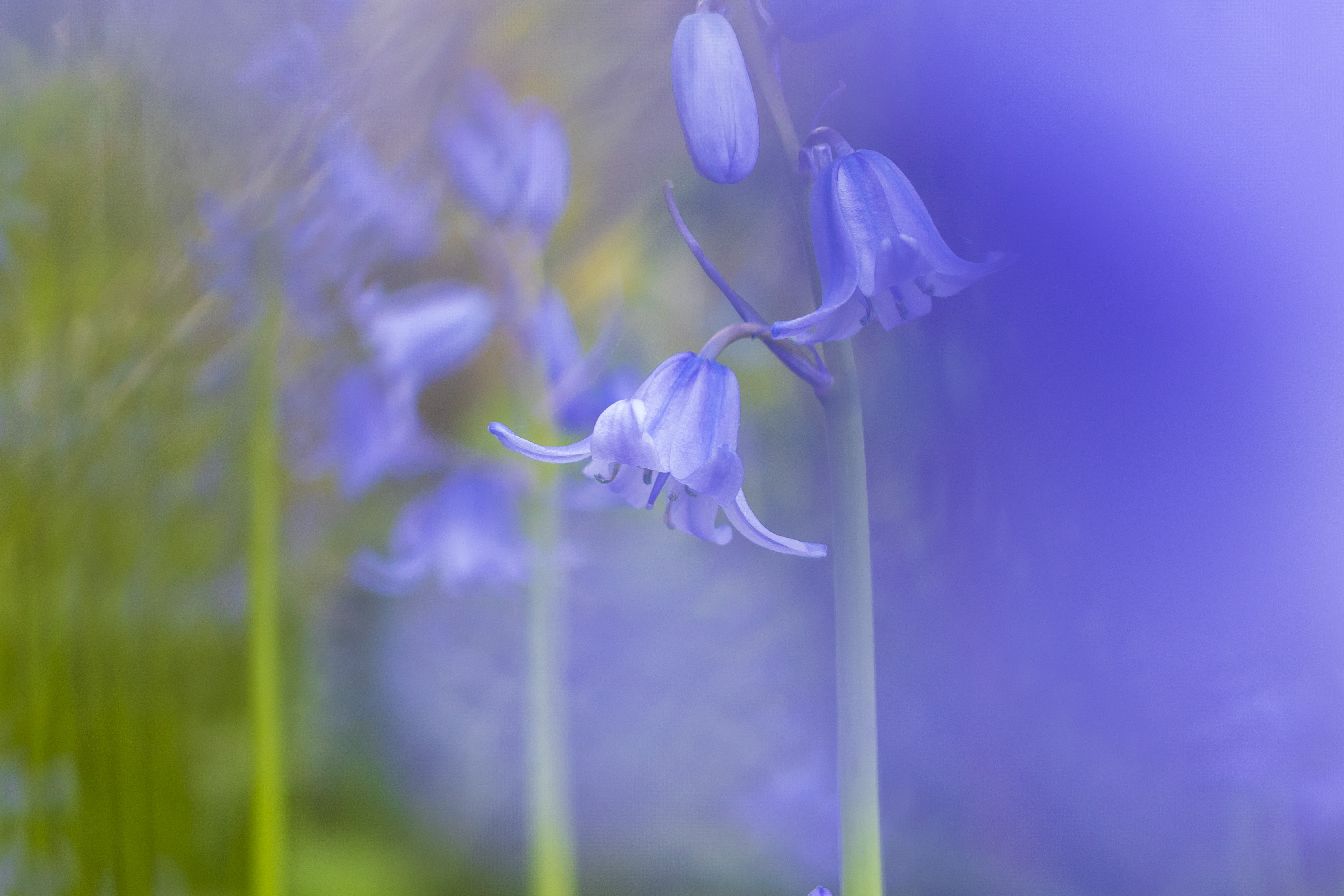
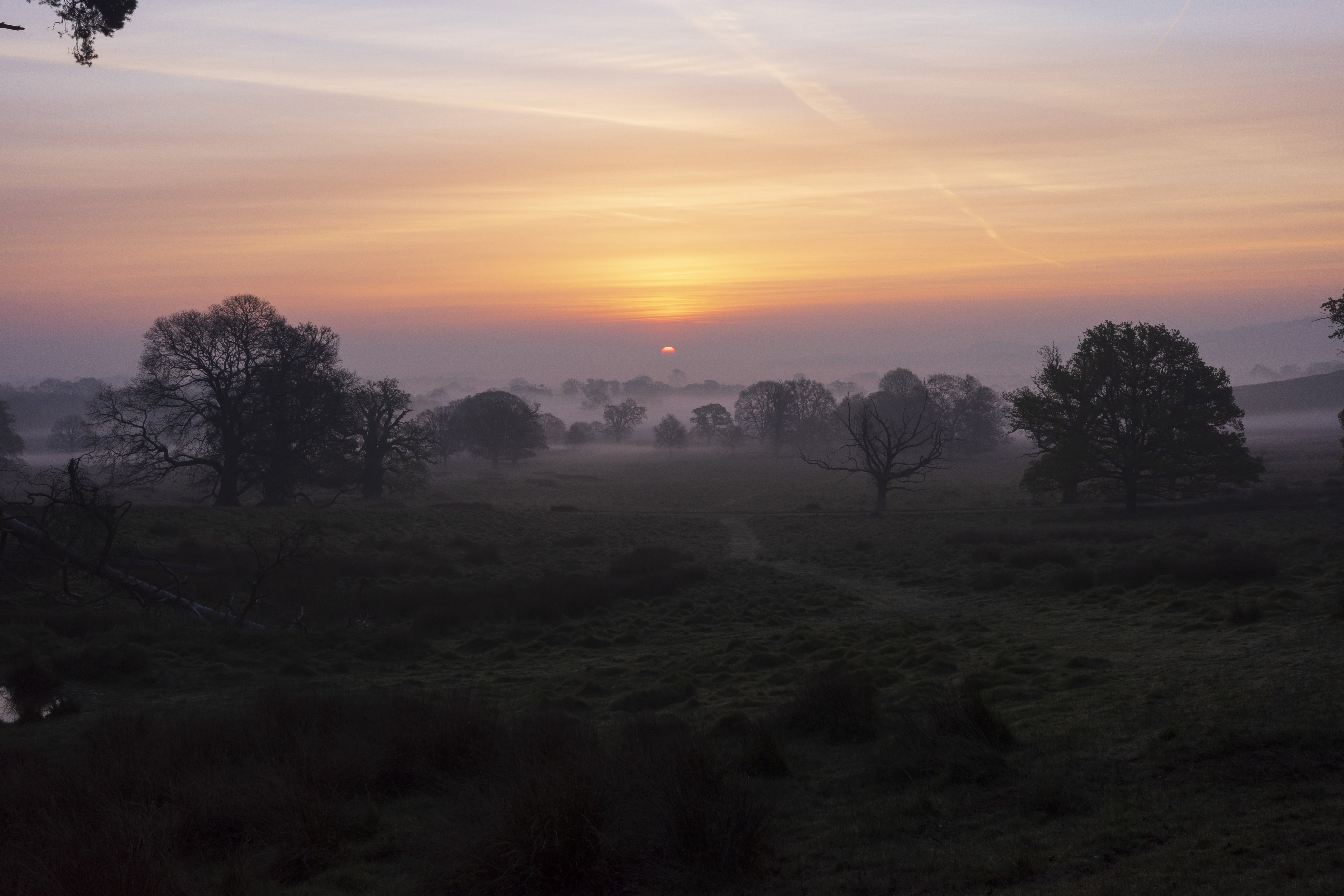
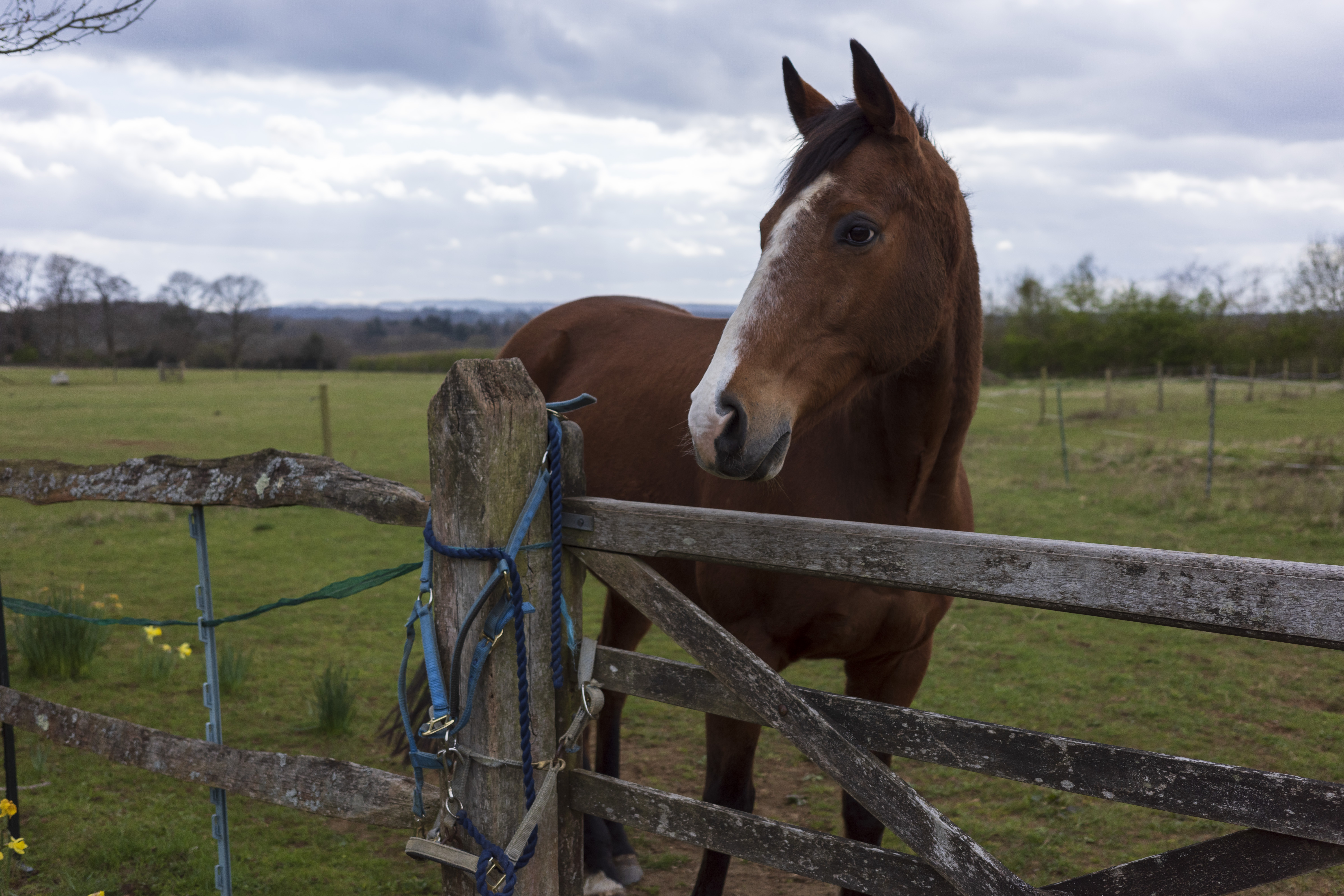
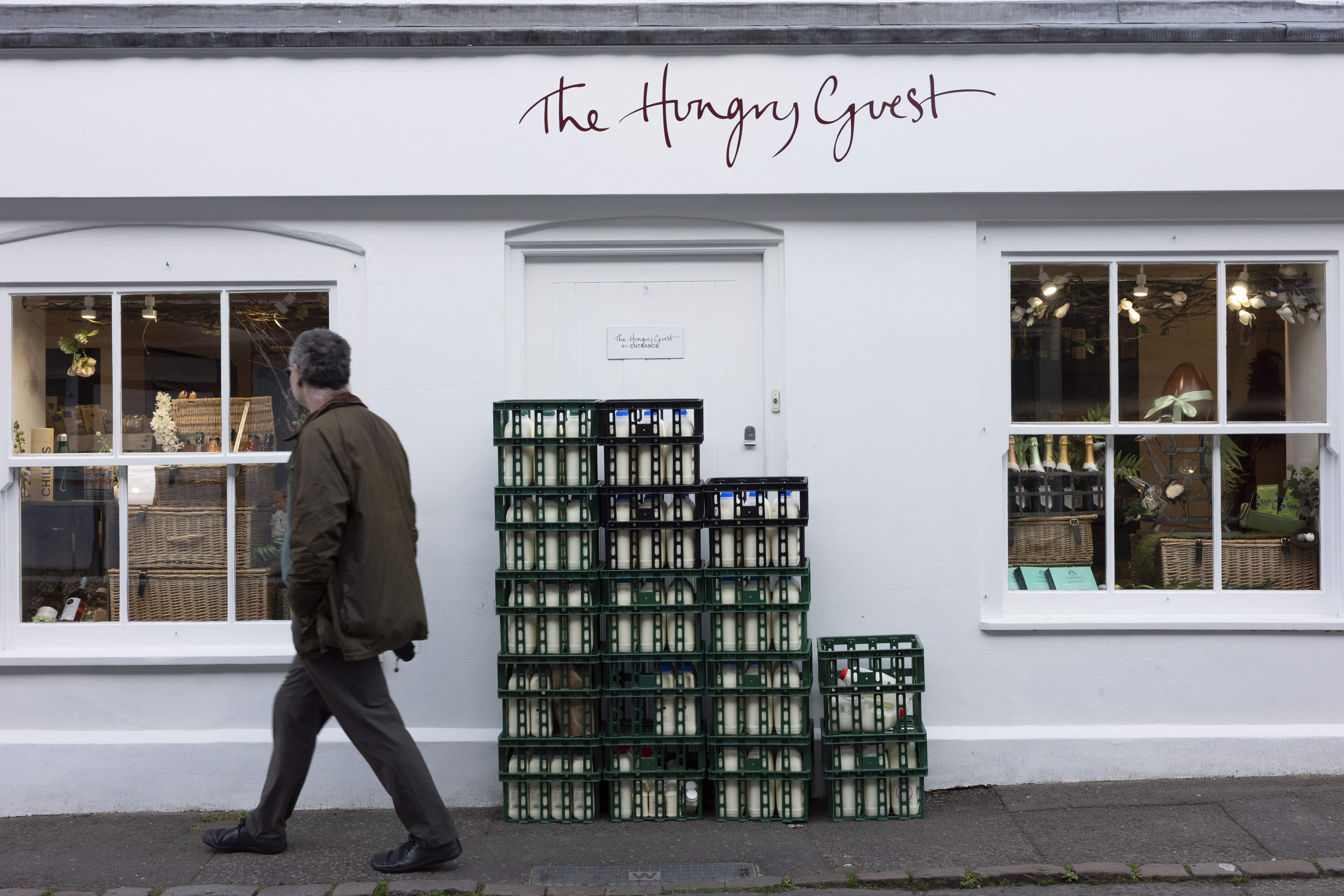
✅ You go on city breaks: It's small and discreet for city photography, where its poor battery life and less than desirable build quality aren't so much of an issue.
✅ You want smartphone-beating picture quality: Its large sensor and sharp lens, together with gorgeous color profiles, mean the GR IIIx produces lovely results.
❌ You want a powerful zoom: The GR IIIx's lens is fixed, which means it's sharp but it can't zoom in on distant action and landmarks.
❌ You shoot video a lot: With a basic video spec of just FHD video and mono audio, the GR IIIx is a photography first camera way behind today's smartphones for video recording.
If you want a truly pocketable camera with excellent image quality, the Ricoh GR IIIx is one of our top picks. It packs an APS-C sensor, the kind you usually find on bigger mirrorless cameras. It's also equipped with a fixed 40mm f/2.8 lens, which has the ideal focal length for everyday photography. The two together, combined with lovely in-camera color profiles, mean the GR IIIx is capable of rich, pin-sharp stills. We found its clever snap focus setting is also particularly well-suited to street photography.
The GR IIIx isn't perfect: there's no built-in flash, battery life is poor, the touchscreen is fixed and it won't stand up to rigorous treatment. However, you're making those compromises to obtain what is the best image quality of any camera this small. This is one of the few true compact cameras still being manufactured in 2025 and we think it's perfect for city breaks.
Read our in-depth Ricoh GR IIIx review
The best-looking travel camera
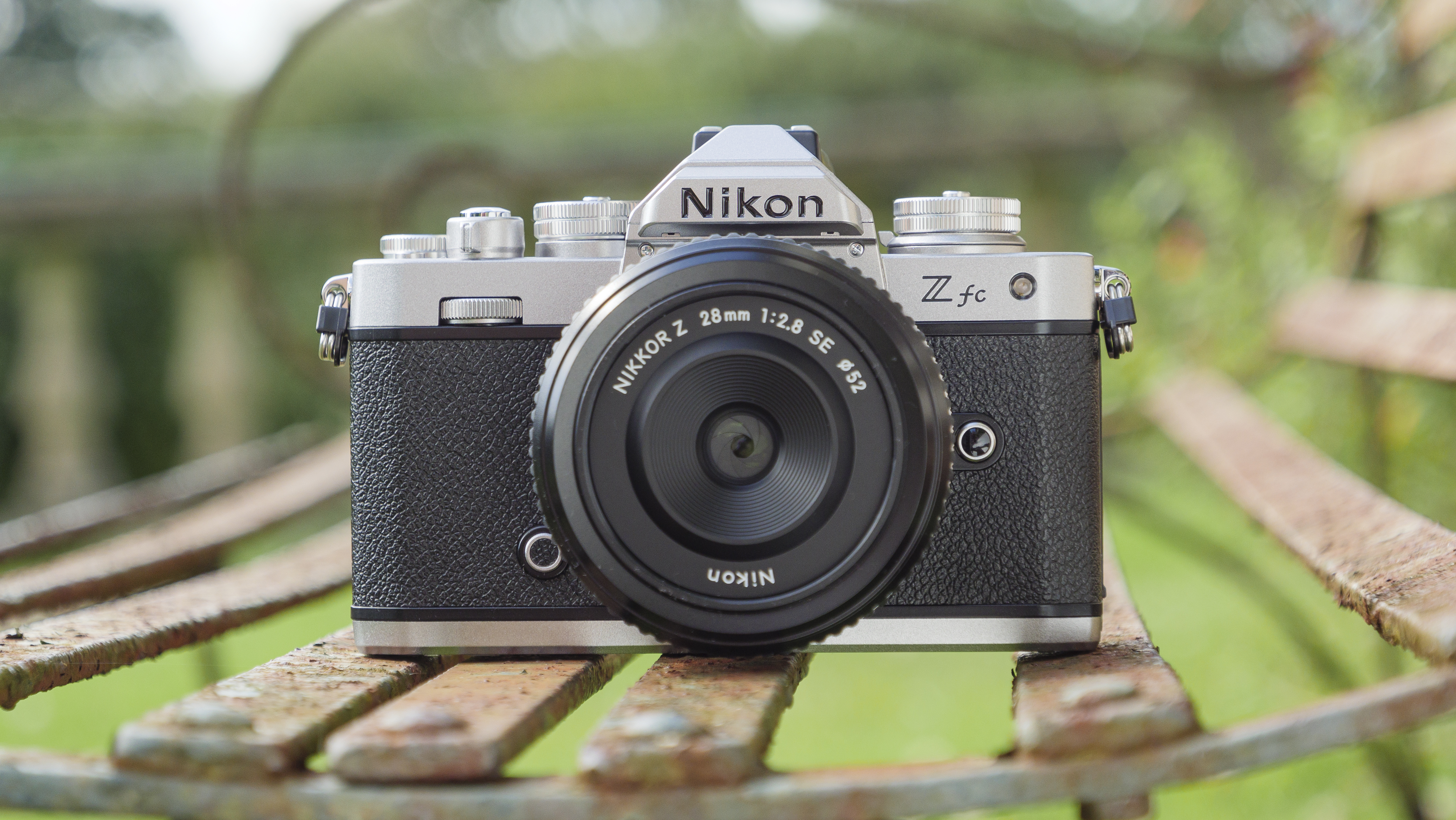



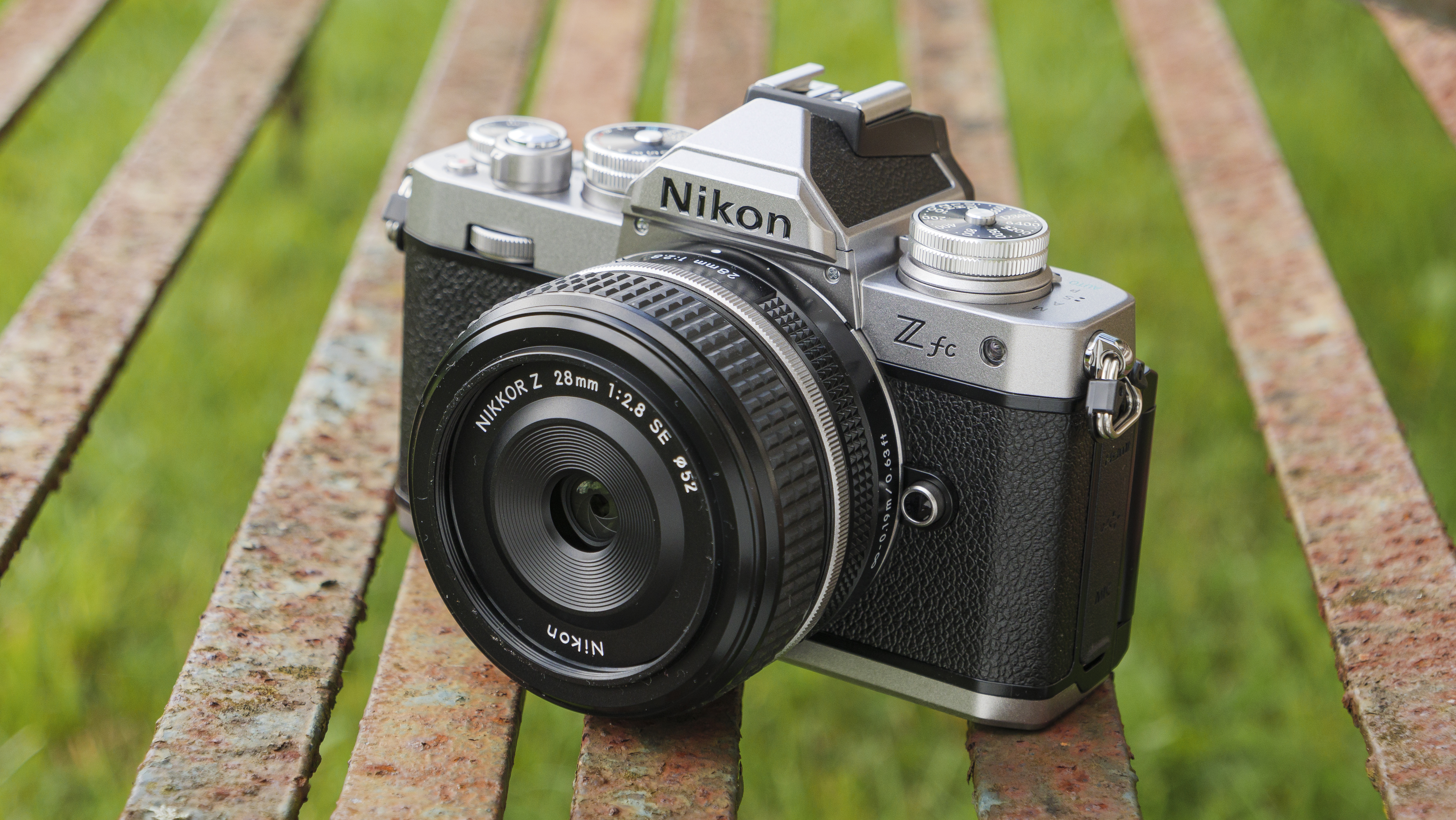
Specifications
Reasons to buy
Reasons to avoid
Nikon Z fc sample images

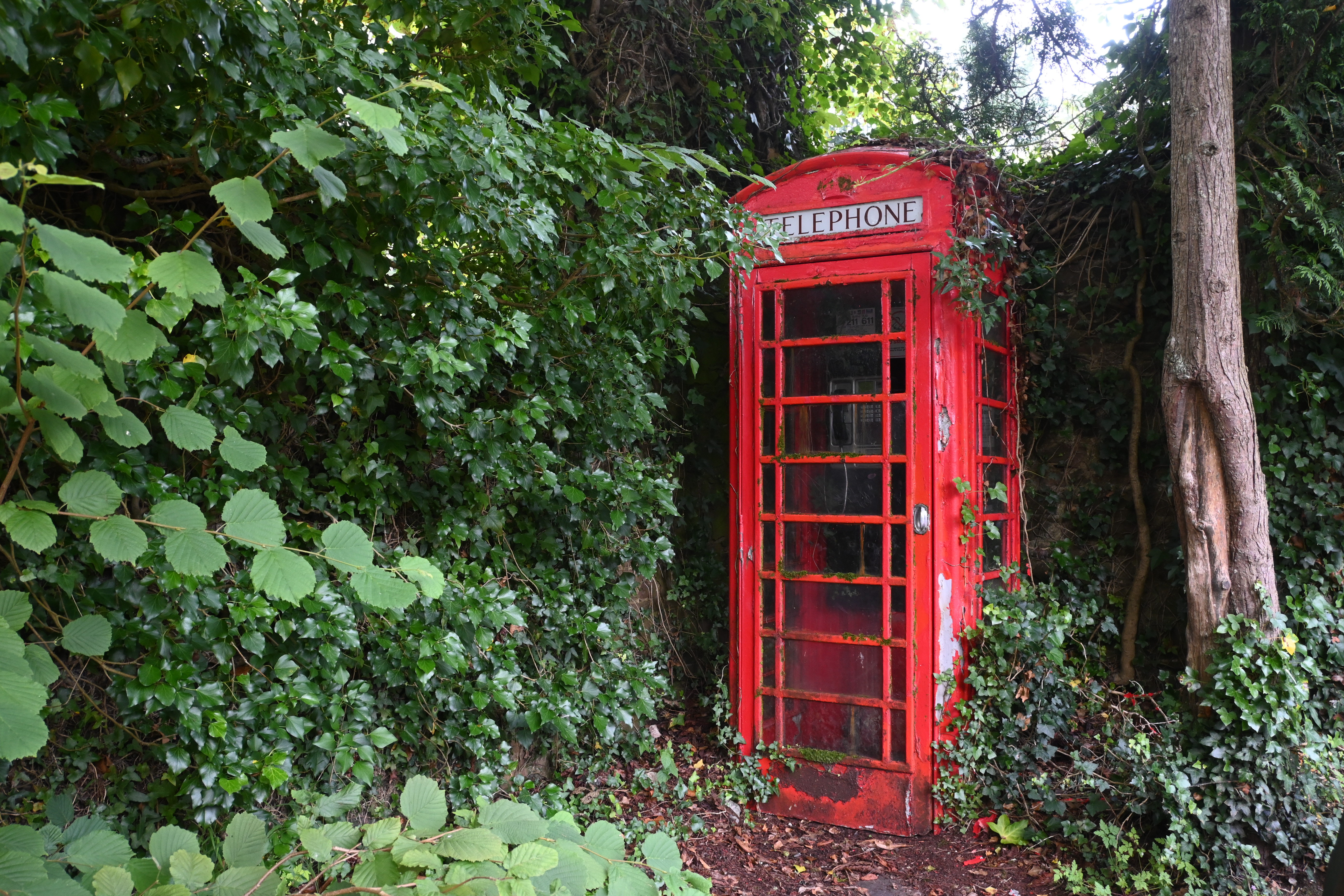

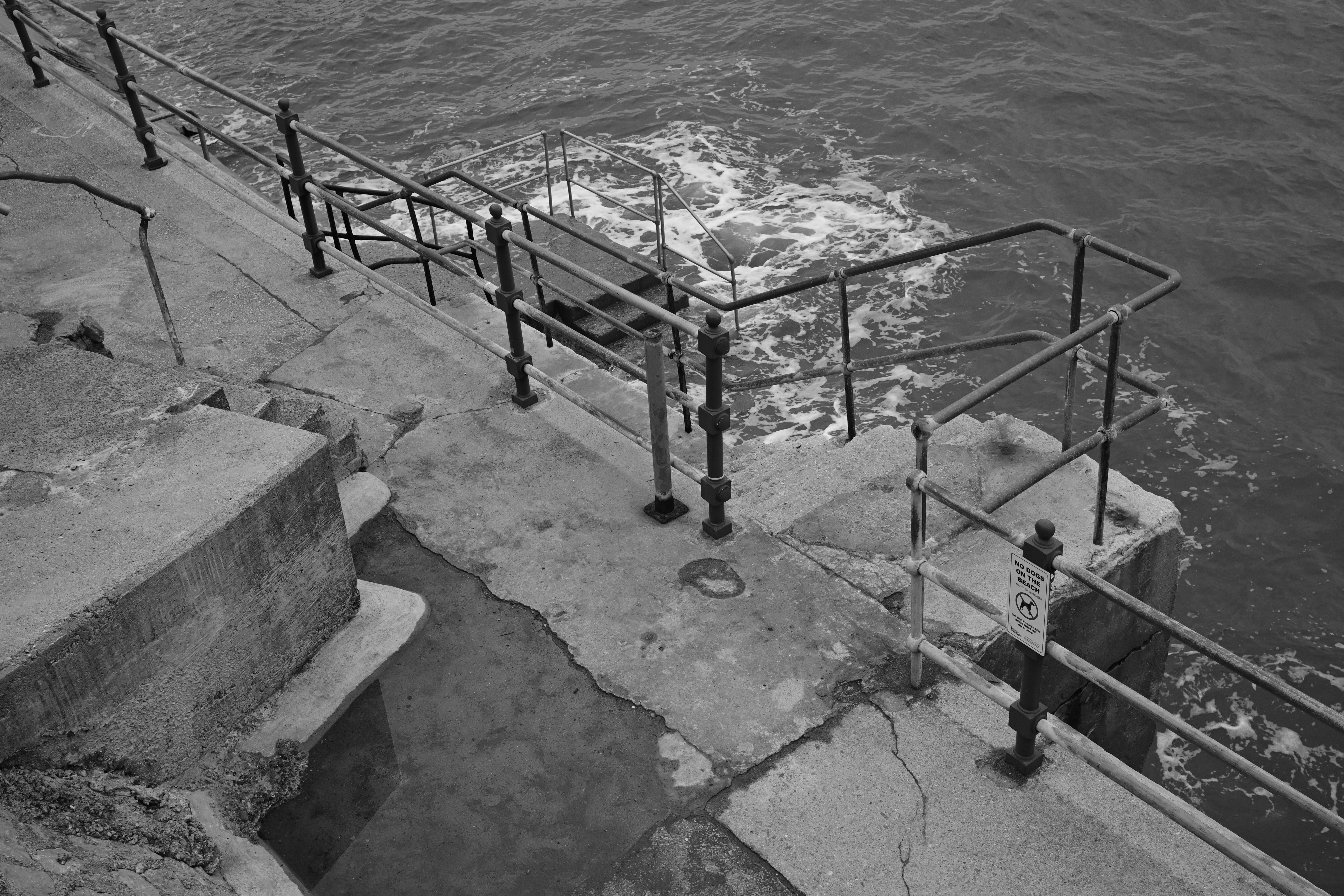
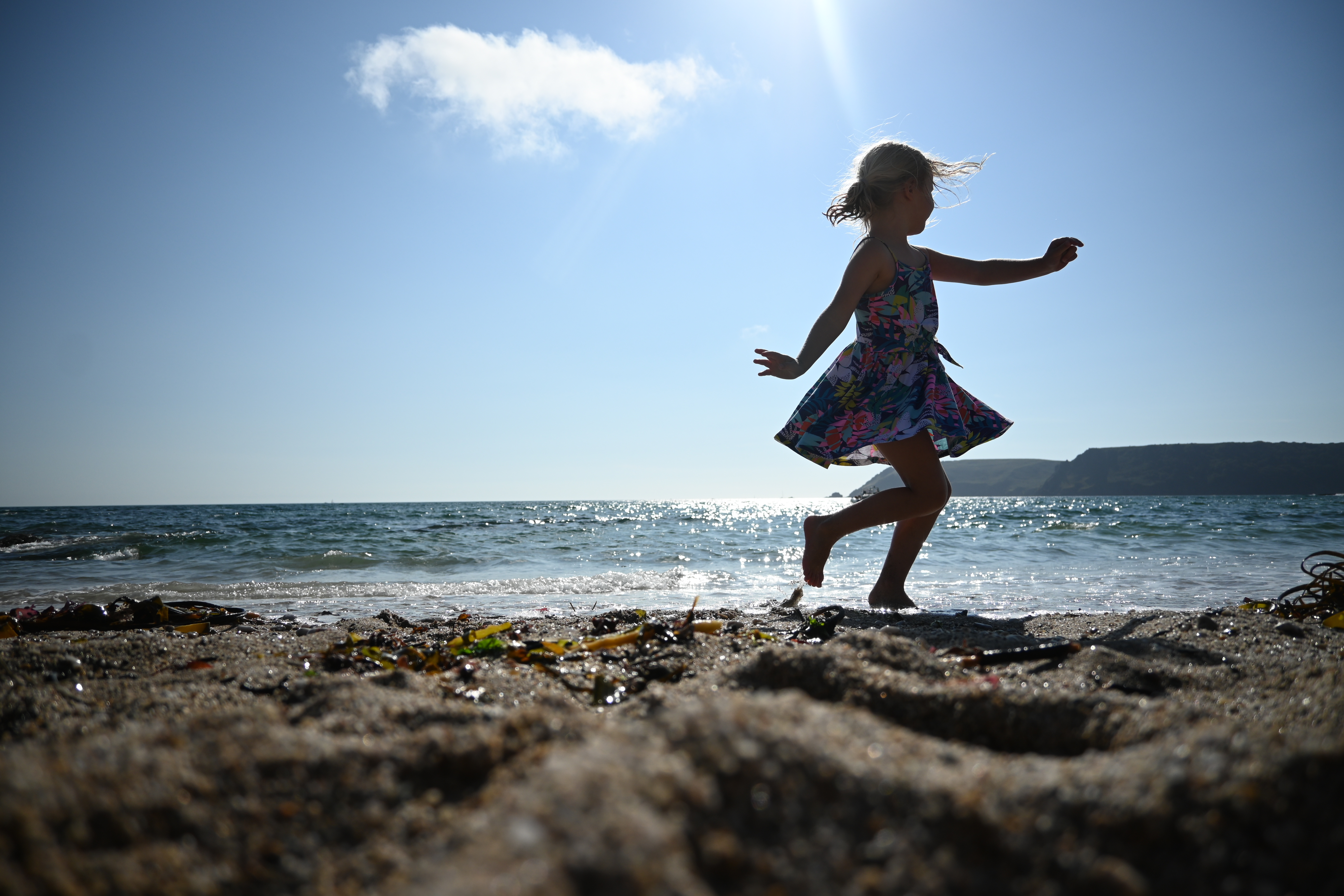
✅ You care about camera design: From the retro dials to the circular viewfinder, the Nikon Z fc channels classic style to fantastic effect.
✅ You like manual exposure control: Dedicated dials for ISO, shutter speed and exposure, complemented by a lens control ring, give excellent manual control.
❌ You need a wide choice of lenses: There are only a handful of Z-series kit lenses designed for the APS-C format, limiting your options for expansion.
❌ You want a rugged camera: Although it looks like the sturdy FM2, the Z fc isn’t weather-sealed, so it’s not one to take on rainy adventures.
Travel photography is all about capturing memories and Nikon’s Z fc fully embraces the concept of nostalgia: it’s a stunning homage to the analog Nikon FM2, complete with retro styling, dimensions and dials. Despite the throwback design, it’s a very modern camera inside, sharing many of its specs with the capable Nikon Z50. Our tests found that its 20.9MP APS-C sensor does a stellar job of capturing stills and 4K video, aided by reliable tracking autofocus. The Z fc has an excellent handle on noise too, especially under ISO 800, while dynamic range was impressive.
Its vari-angle touchscreen is also a brilliant addition, making it easy to frame travel selfies – or folding away completely for a leather-back look that lets you pretend it's the Eighties. The Nikon Z fc isn’t as sturdy as the camera that inspired it (there’s no weatherproofing, for example), but it’s still a beautifully unique camera for casual use. And with dedicated dials for ISO, shutter speed and exposure, plus a customizable lens ring, it’s also an easy one to control on the go.
Read our in-depth Nikon Z fc review
The best action camera for travel
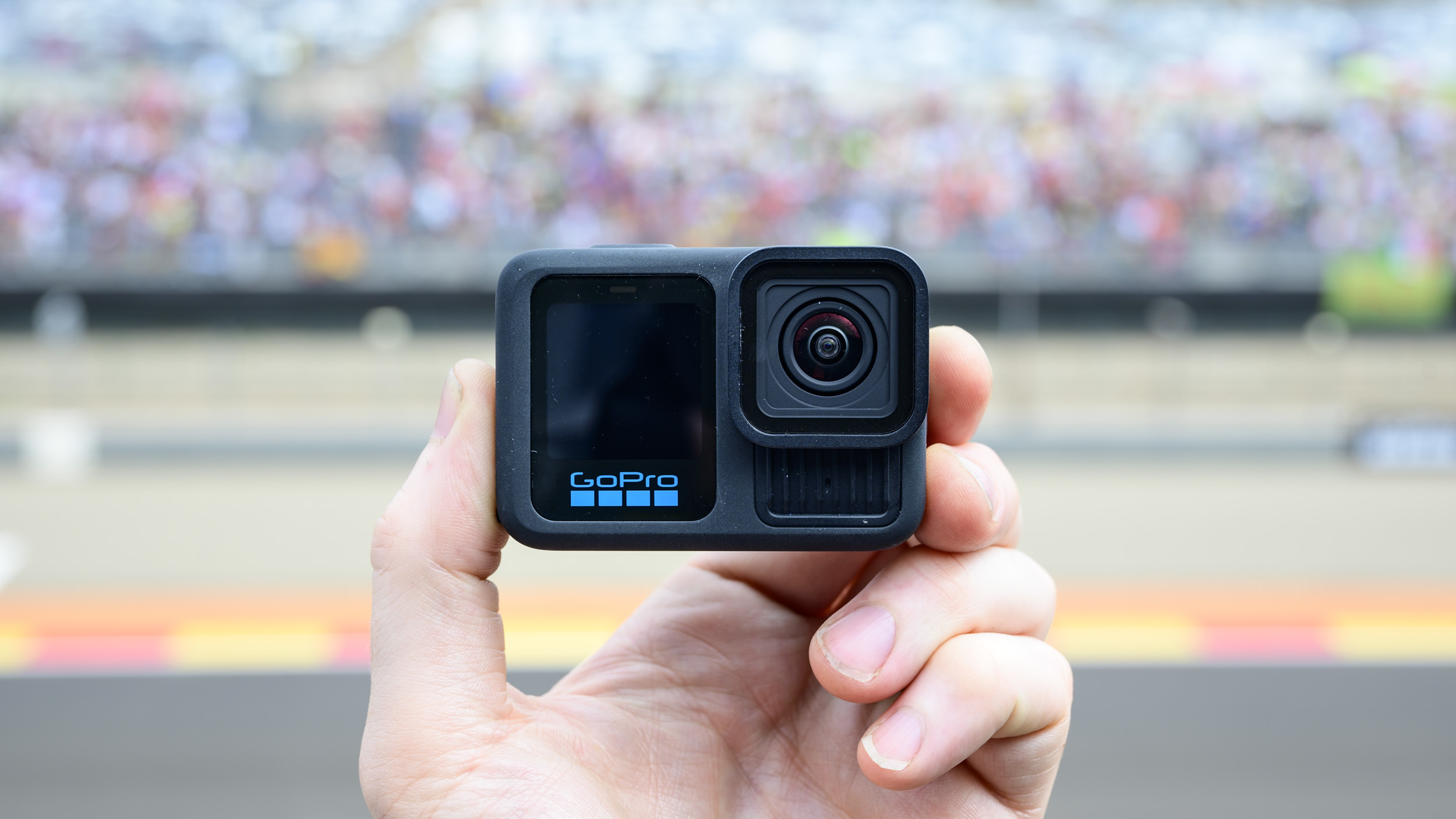
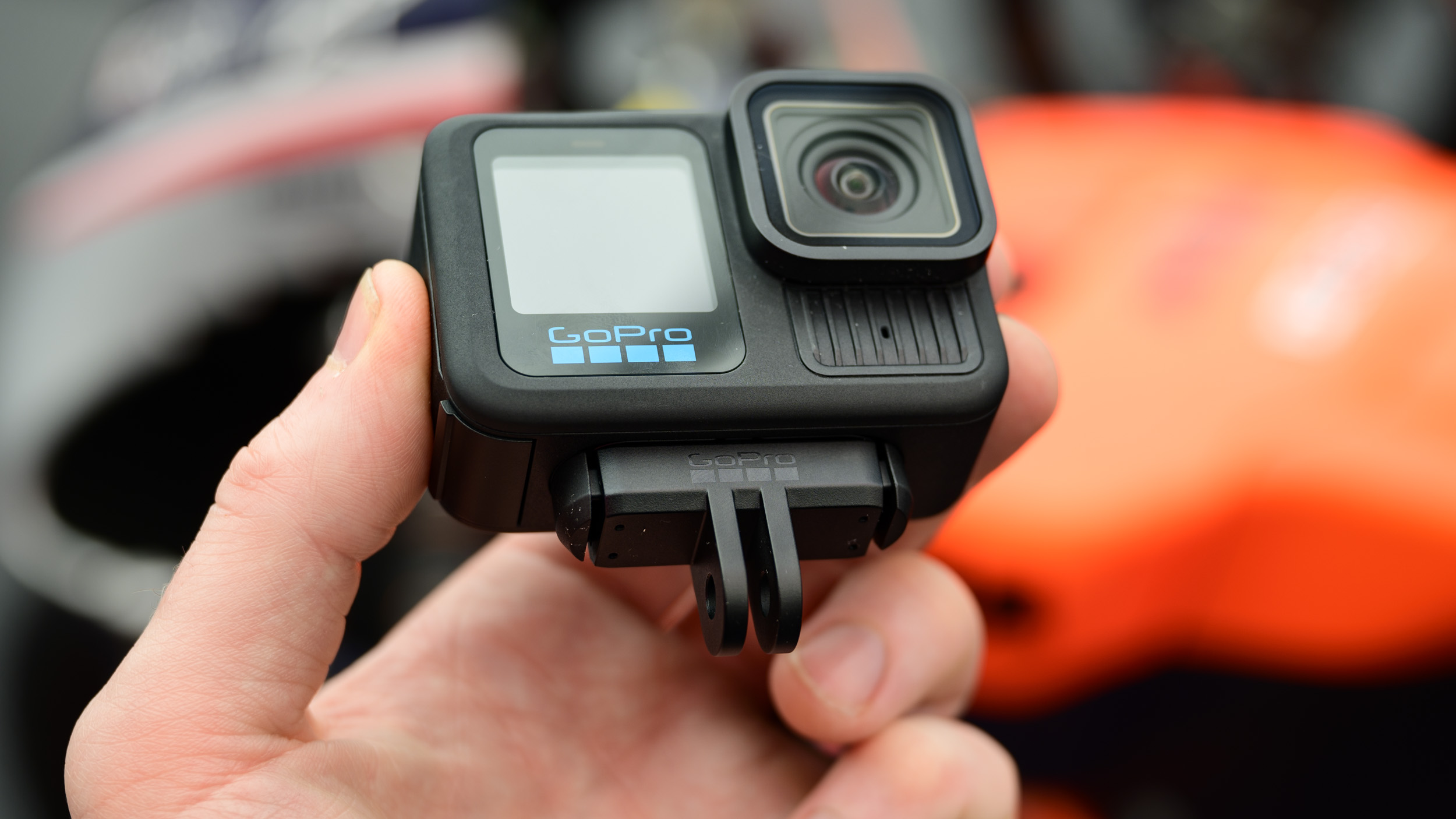
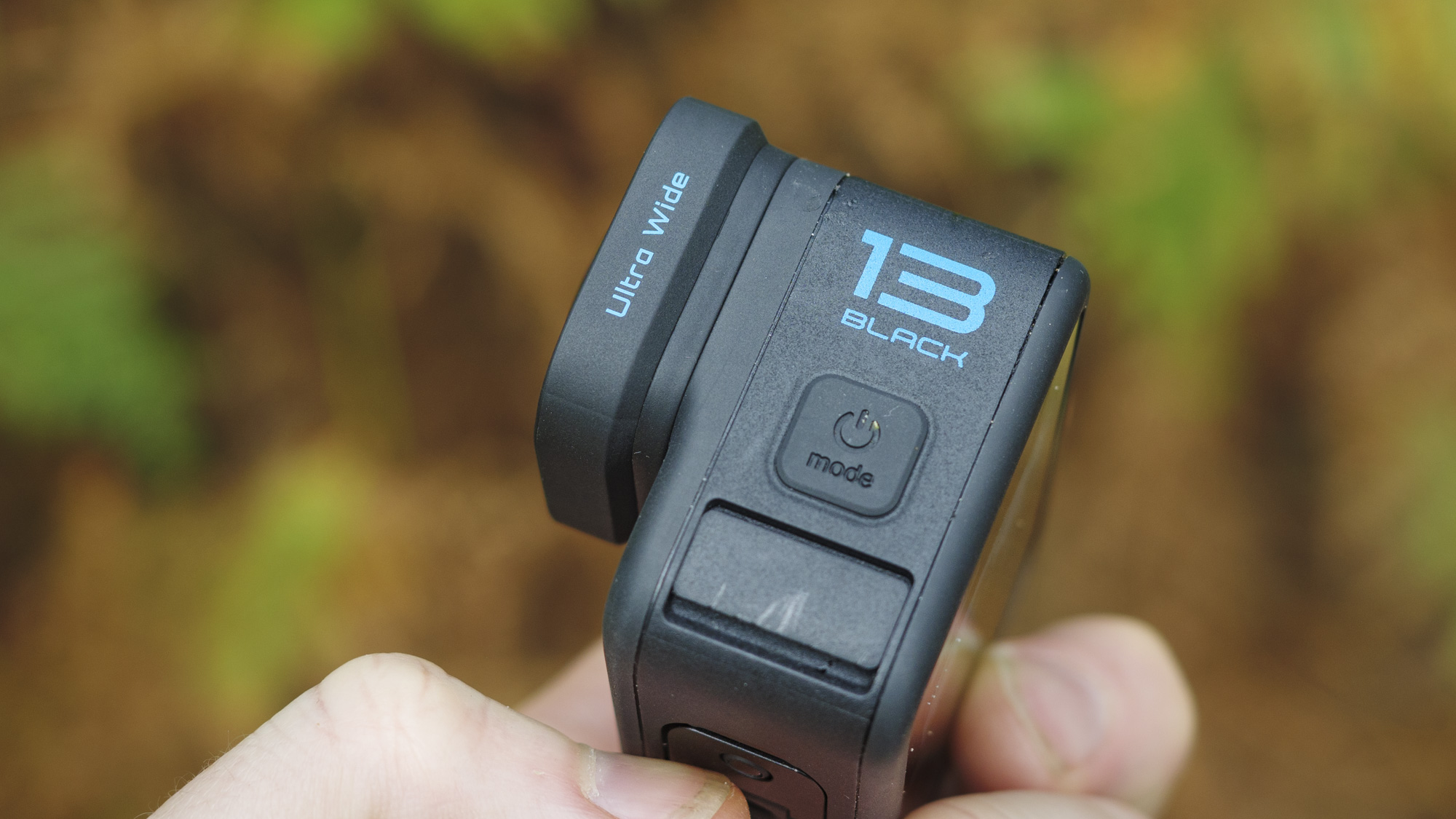
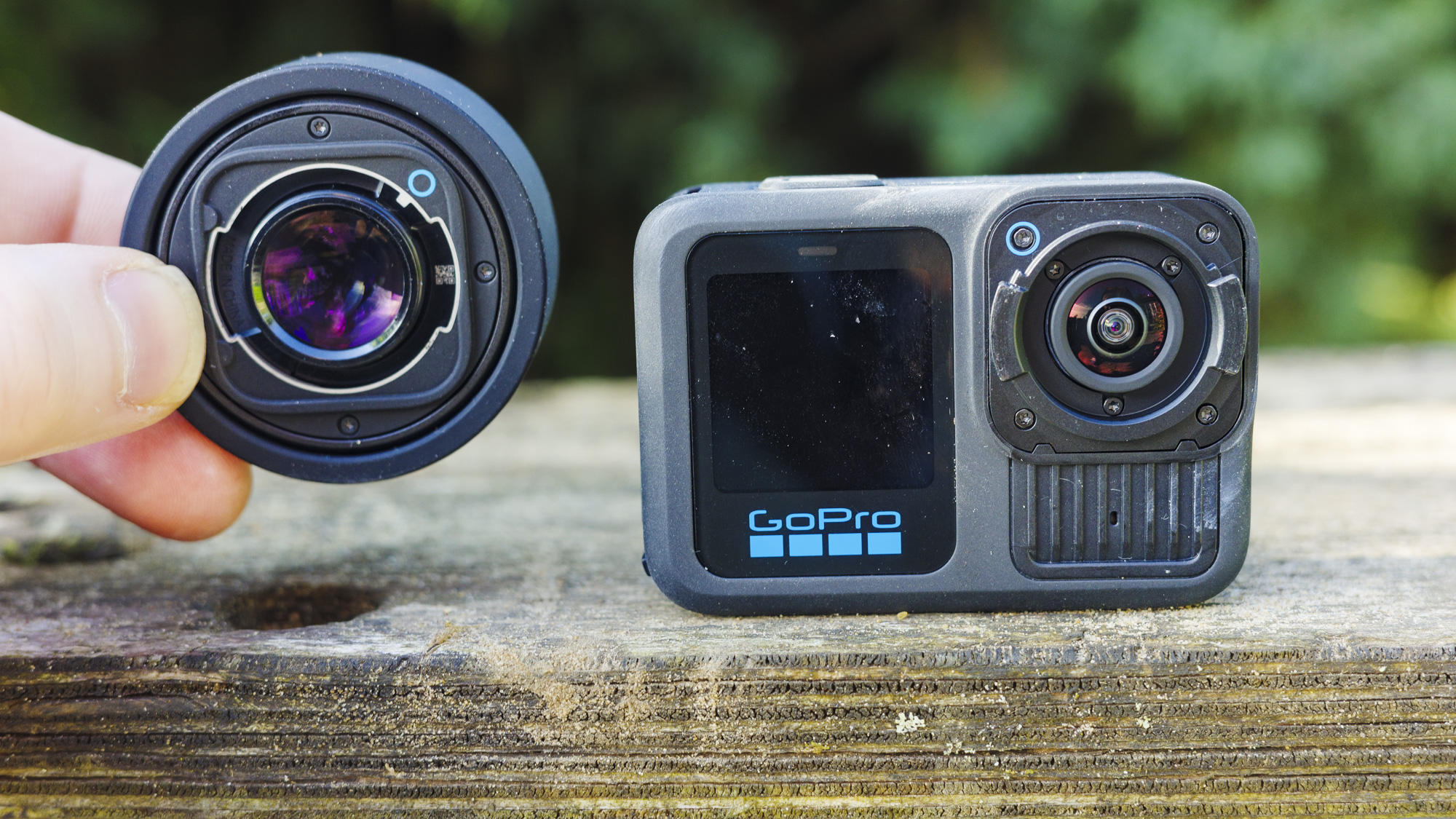
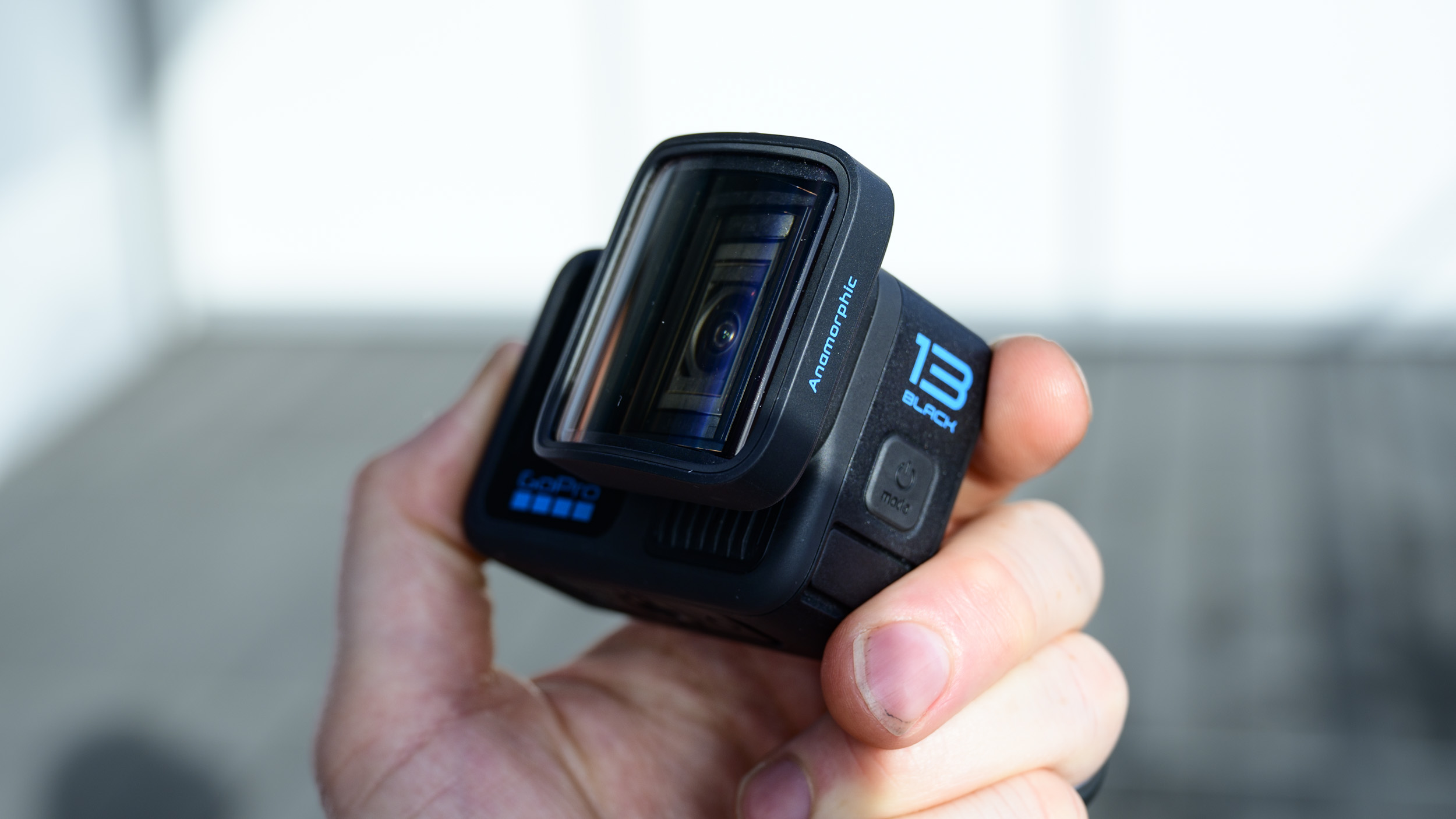
Specifications
Reasons to buy
Reasons to avoid
GoPro Hero 13 Black sample video
✅ You want a rugged travel camera: Waterproof down to 33ft / 10m, the GoPro Hero 13 Black is a great choice for capturing action-packed travels.
✅ You plan to share on social: The 8:7 aspect ratio of its sensor gives you lots of flexibility to crop footage for social, including vertical videos.
❌ You plan to shoot in low light: Its 1/1.9in sensor shoots sharp footage, but it still struggles with noise handling in lower lighting conditions.
❌ You want a hybrid for stills: While the sensor can shoot 27MP stills, this is a video focused camera and you’ll get a better photography experience from a standard alternative.
If you're looking for a high resolution action camera that's as comfortable shooting smooth videos as it is crisp photos, then the GoPro Hero 13 Black tops the bill. It's a limited update to previous models, the Hero 11 Black and Hero 12 Black, but that's not necessarily a bad thing: those cameras were already highly capable. You get the same 1/1.9in sensor with a versatile 8:7 aspect ratio (which lets you reframe for social without sacrificing quality), while its max resolution of 5.3K/60p beats the DJI Osmo Action 5 Pro. You can also pull 27MP stills from 5.3K video.
Design-wise, there's no change here: its physically identical to its predecessors, meaning the same accessories are compatible. However, it comes with a larger capacity Enduro battery as standard for GoPro's best battery life yet, up to 2.5 hours of run time, giving more time between recharges on the road. The same interface lets you tweak the user experience, with ‘Easy’ and ‘Pro’ modes to suit your skill level. Superior Horizon Lock and HyperSmooth 6.0 smarts do a remarkable job of stabilizing handheld video.
GoPro has brought back GPS, with Performance Stickers, which was a frustrating omission from the Hero 12 Black, while arguably the standout feature is the new Lens Mod mount which auto-detects any of the new HB-series of lenses and ND filters, which includes a new Macro Lens Mod. The system is supremely helpful, versatile, and opens up the camera to new possibilities, however they are pricy extras.
Read our in-depth hands-on GoPro Hero 13 Black review
The best tough travel camera
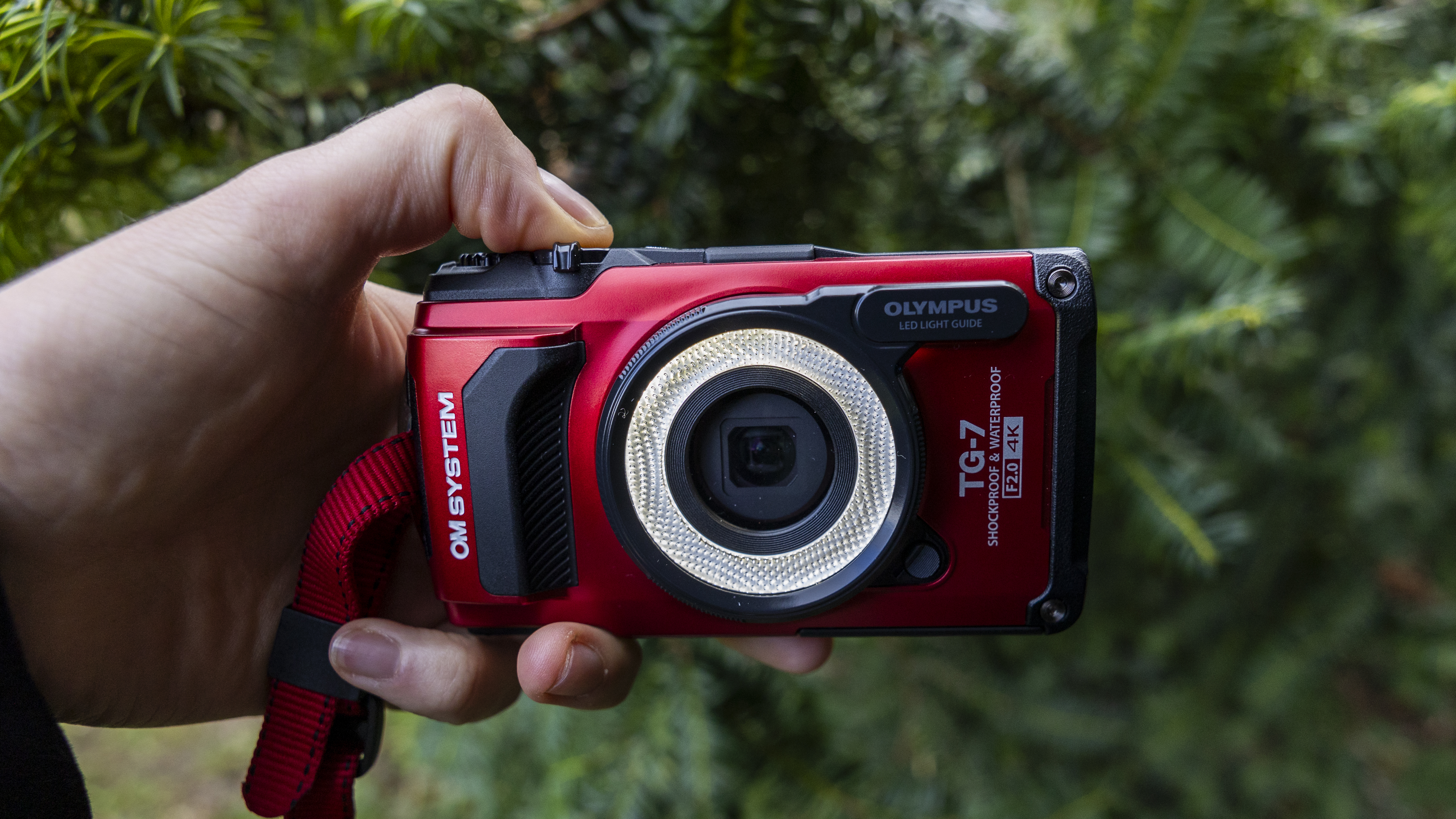

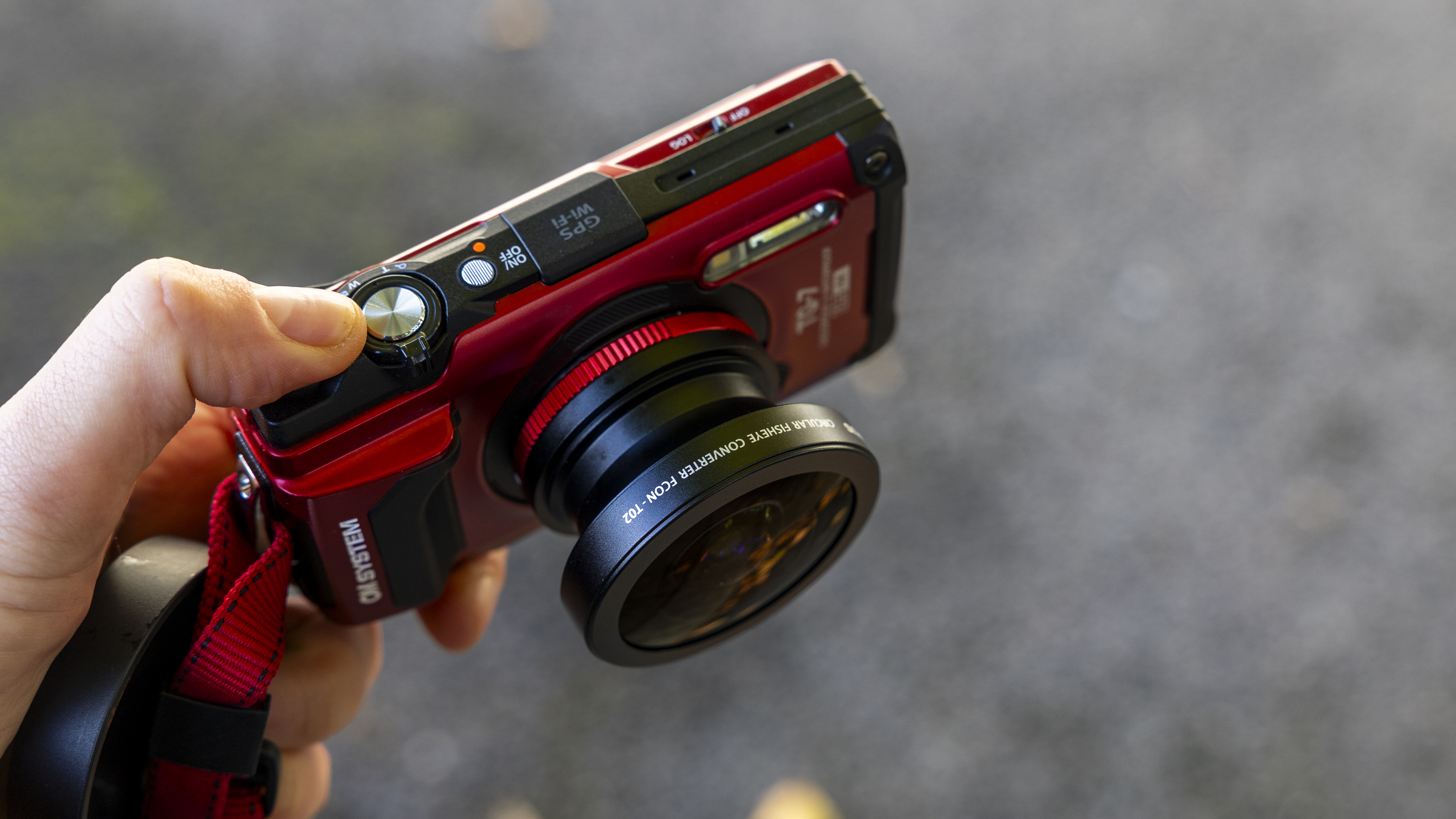
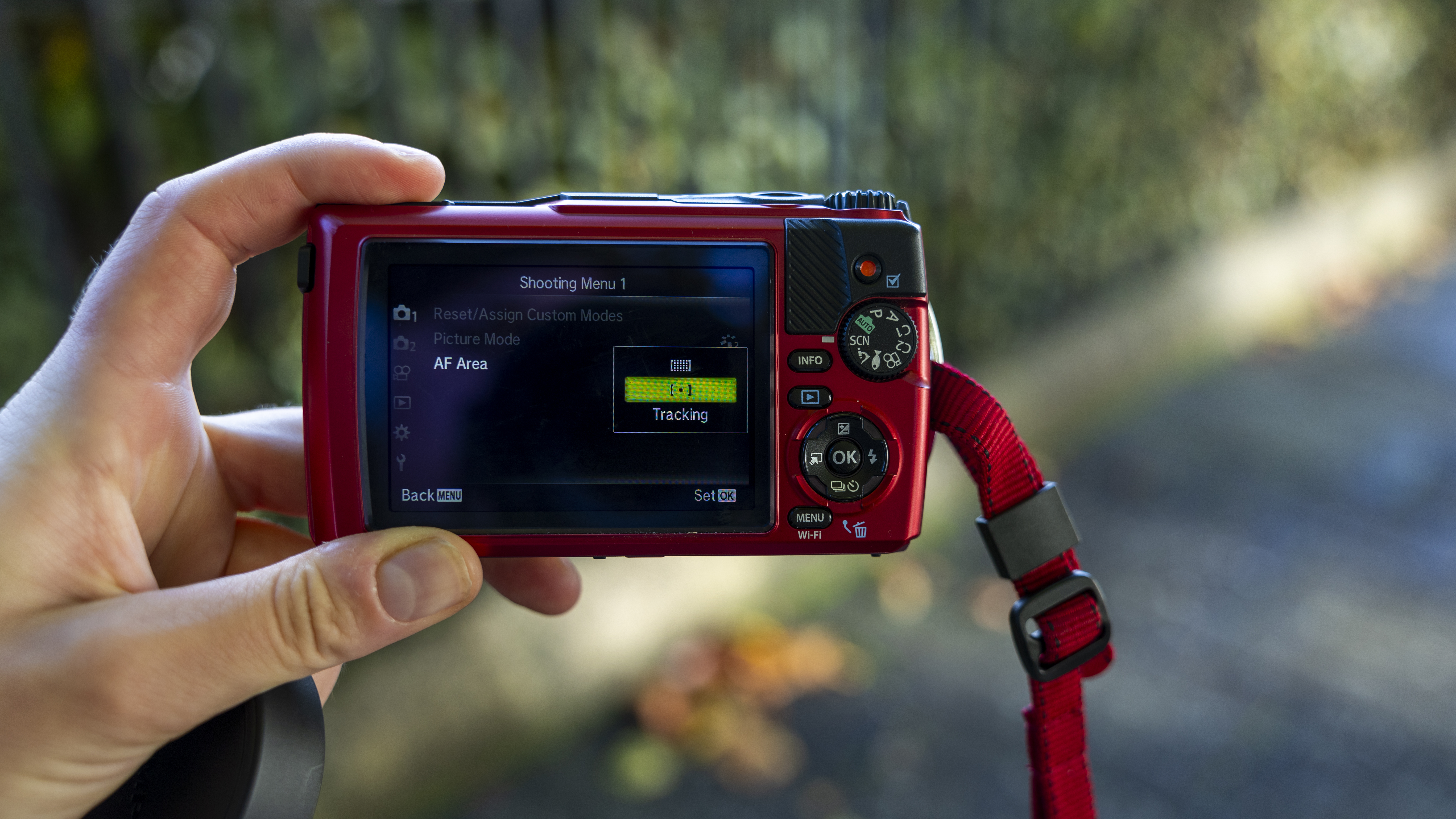
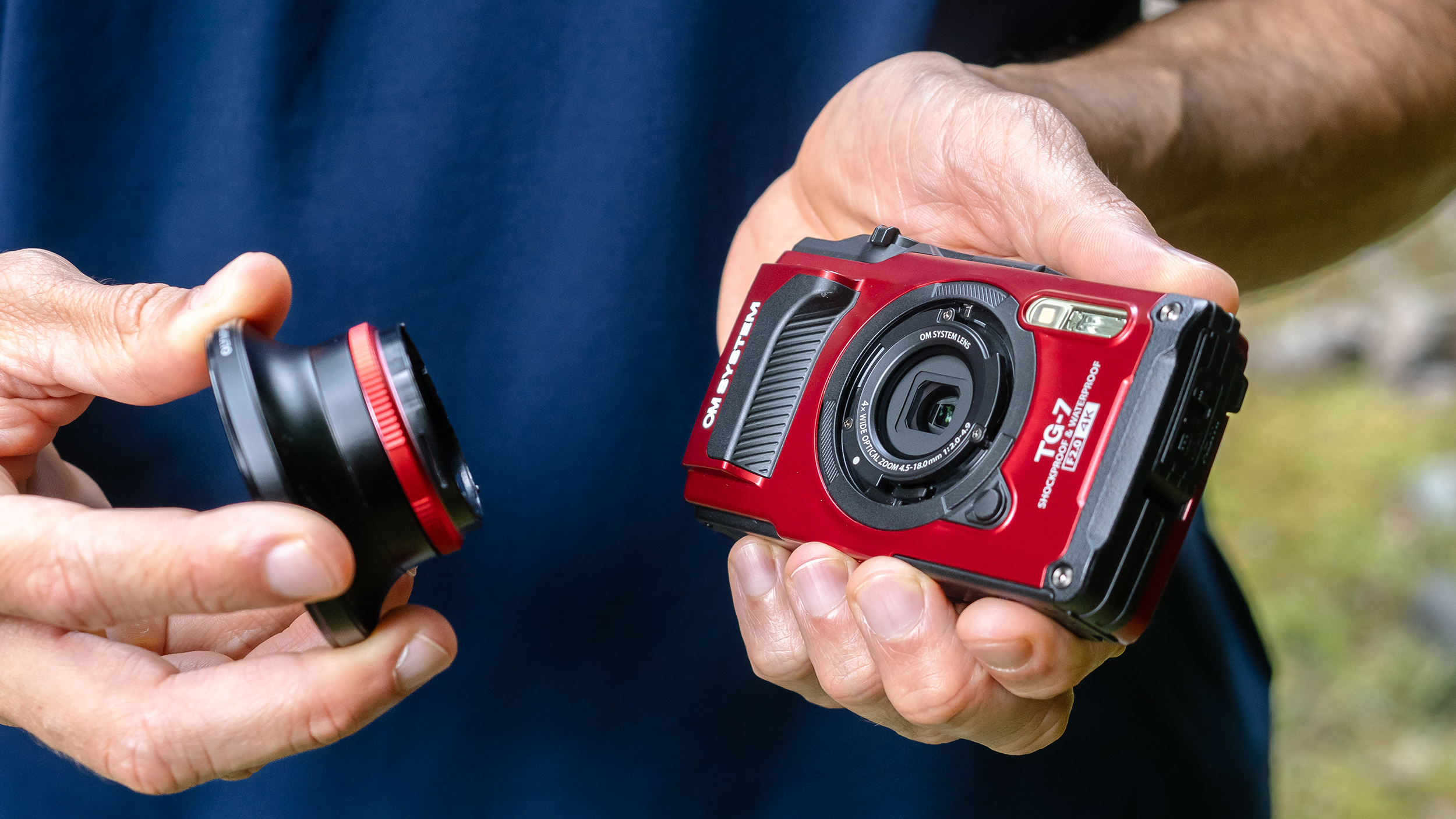
Specifications
Reasons to buy
Reasons to avoid
OM System Tough TG-7 sample images

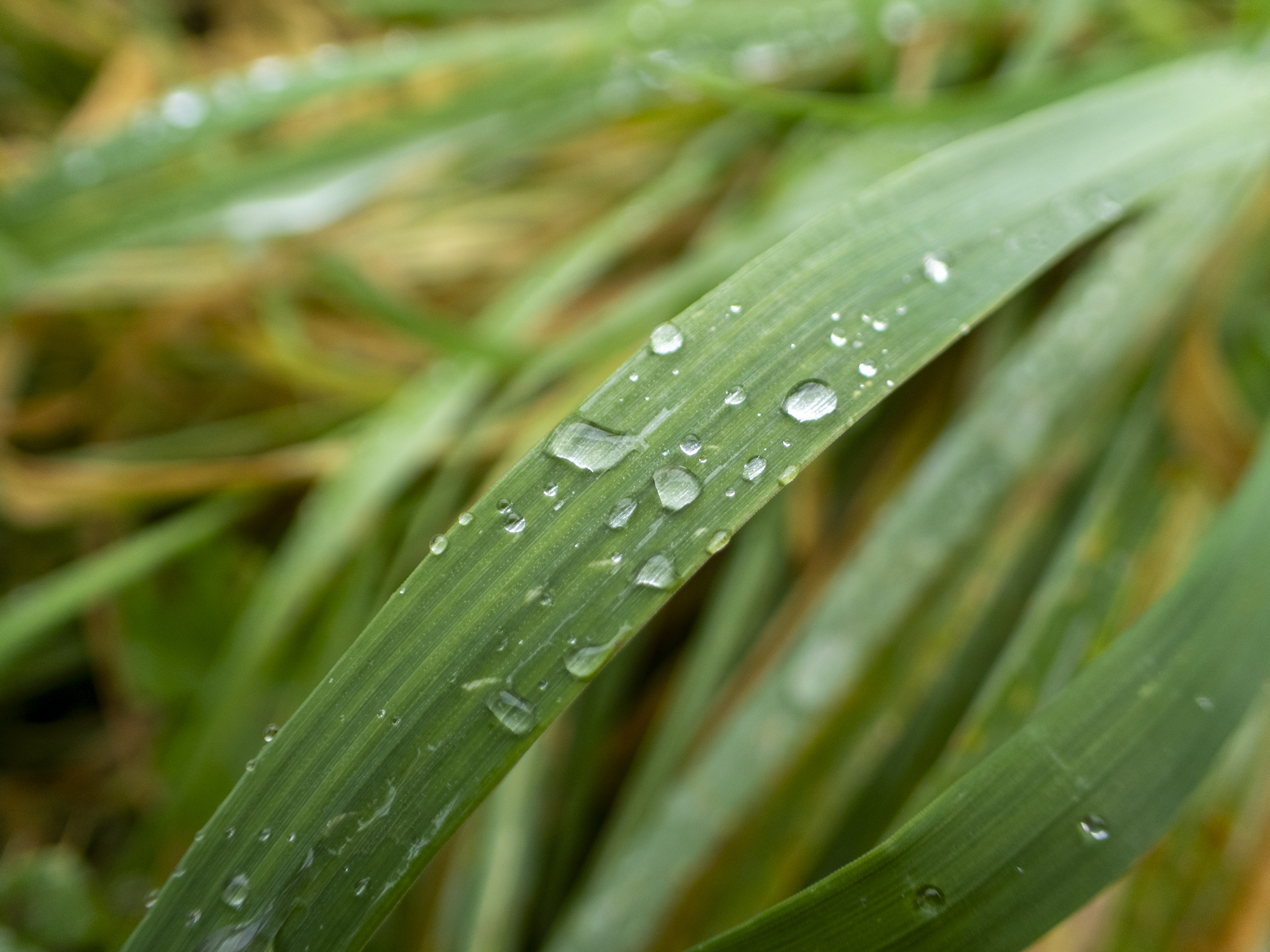

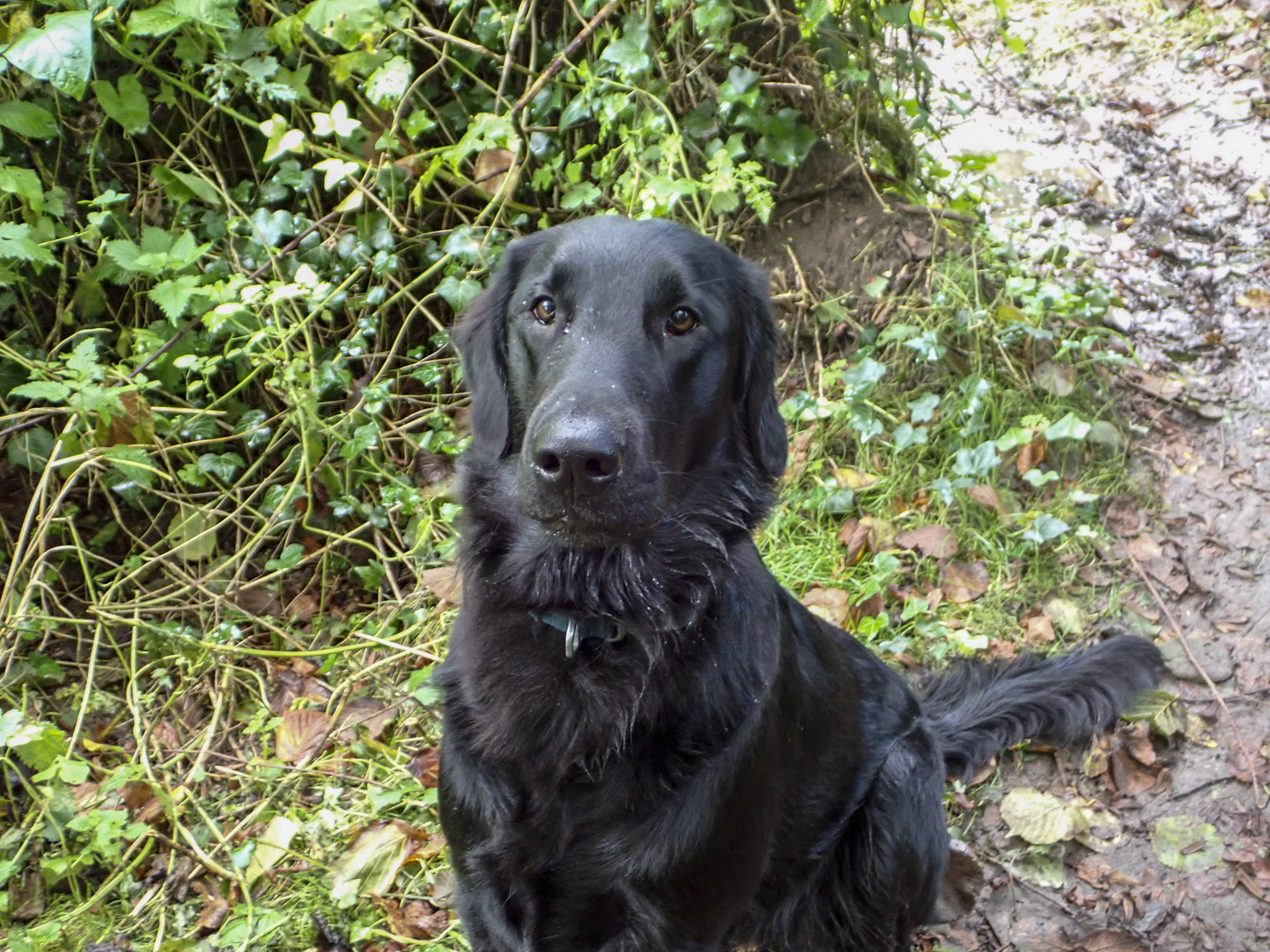
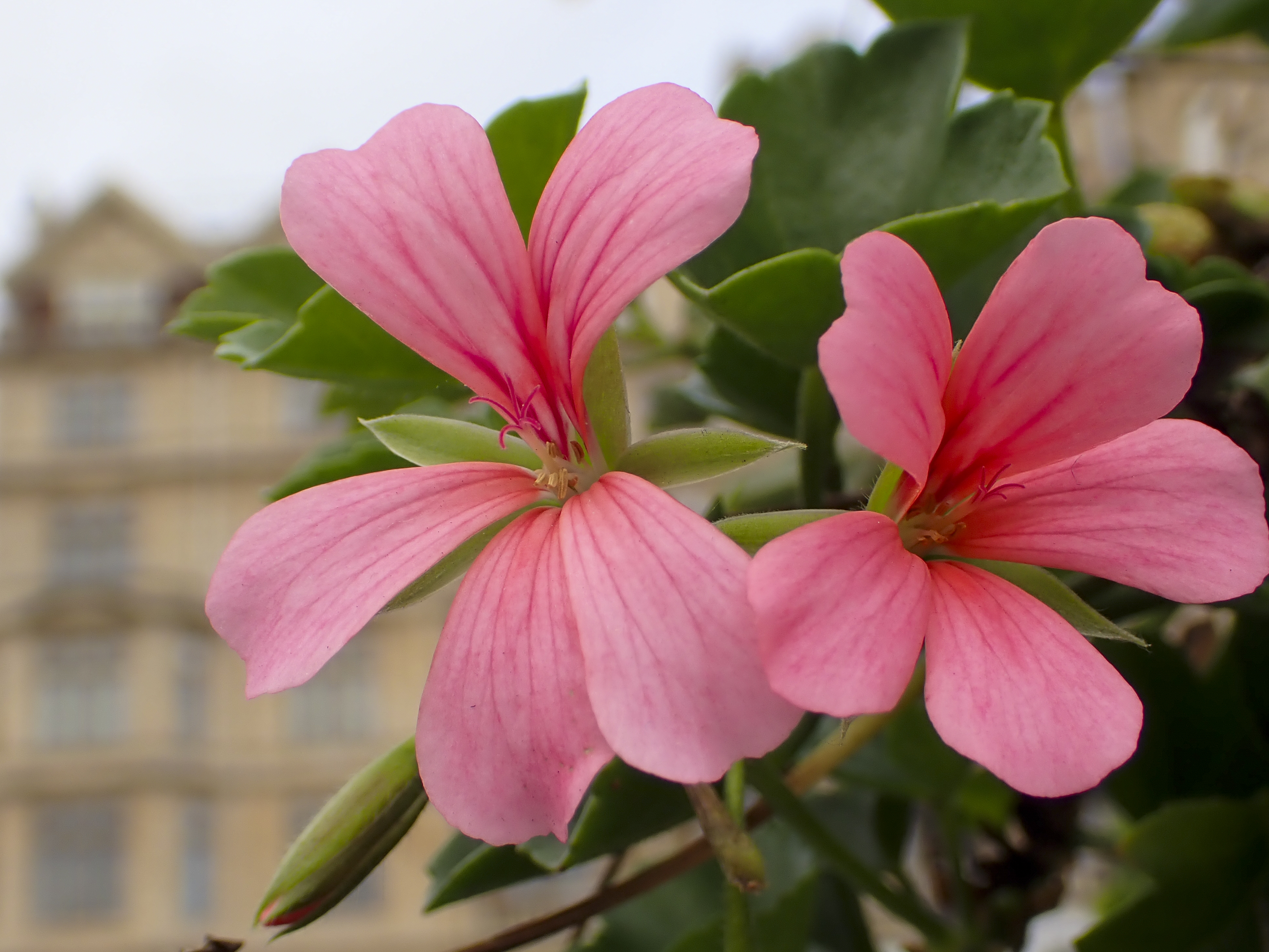
✅ You want a hardcore camera: With a case that’s waterproof, shockproof and freezeproof, the OM System Tough TG-7 is built to take a beating.
✅ You like a simple interface: Premium features include RAW shooting and 4K video, but the camera itself is easy to operate, even in tricky conditions.
❌ You want the best image quality: Results from the 1/2.3in sensor are fine, but the TG-7 tends to overexpose, and detail is lost at the telephoto end.
❌ You like using a viewfinder: The Tough TG-7 doesn’t have a viewfinder, and the 3-inch LCD screen has limited visibility in bright sunlight.
Tough cameras like the TG-6 are freeze-proof, shockproof and waterproof and can therefore be used in scenarios that you simply wouldn't consider with your phone or expensive camera, and for that reason the TG-7 is still one of the best travel cameras you can buy. Its industrial design feels reassuringly rugged, while large buttons make it convenient to operate beneath the waves or while wearing gloves, plus its 3-inch LCD display offers decent visibility in most conditions.
We found image quality to be reasonable for a camera with a 1/2.3-inch sensor, with nice, rich colors – although there was a tendency to overexpose and blow out highlights. An equivalent zoom range of 25-100mm is fair, plus the inclusion of 4K video and raw shooting enhance flexibility. Its image quality might not match your phone for regular photos, but the TG-7 will allow you to be capturing extreme travel memories when you otherwise couldn't, plus there's a range of useful accessories such as a ring light for close up photography.
Read our in-depth OM System Tough TG-7 review
The best premium compact
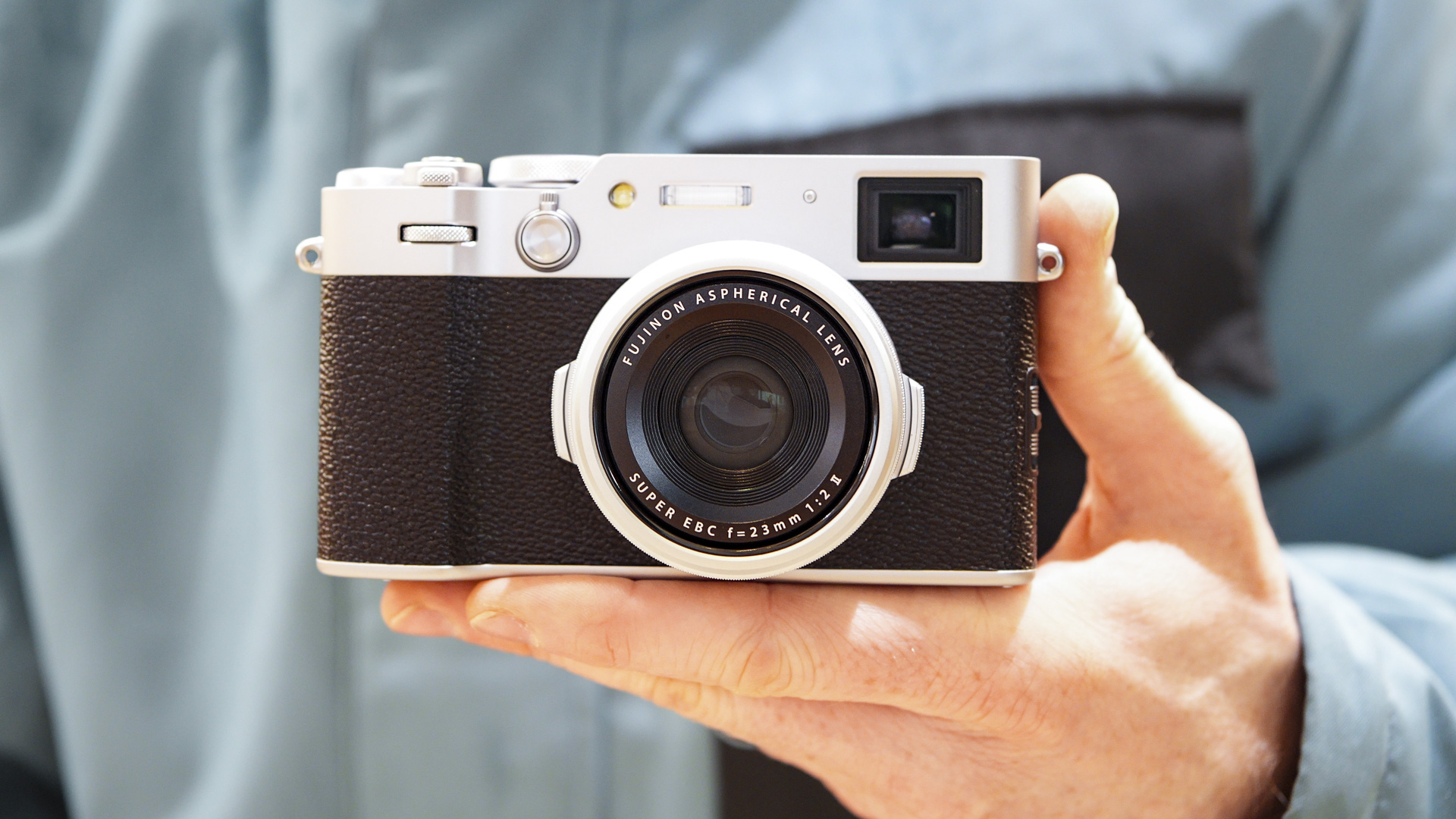

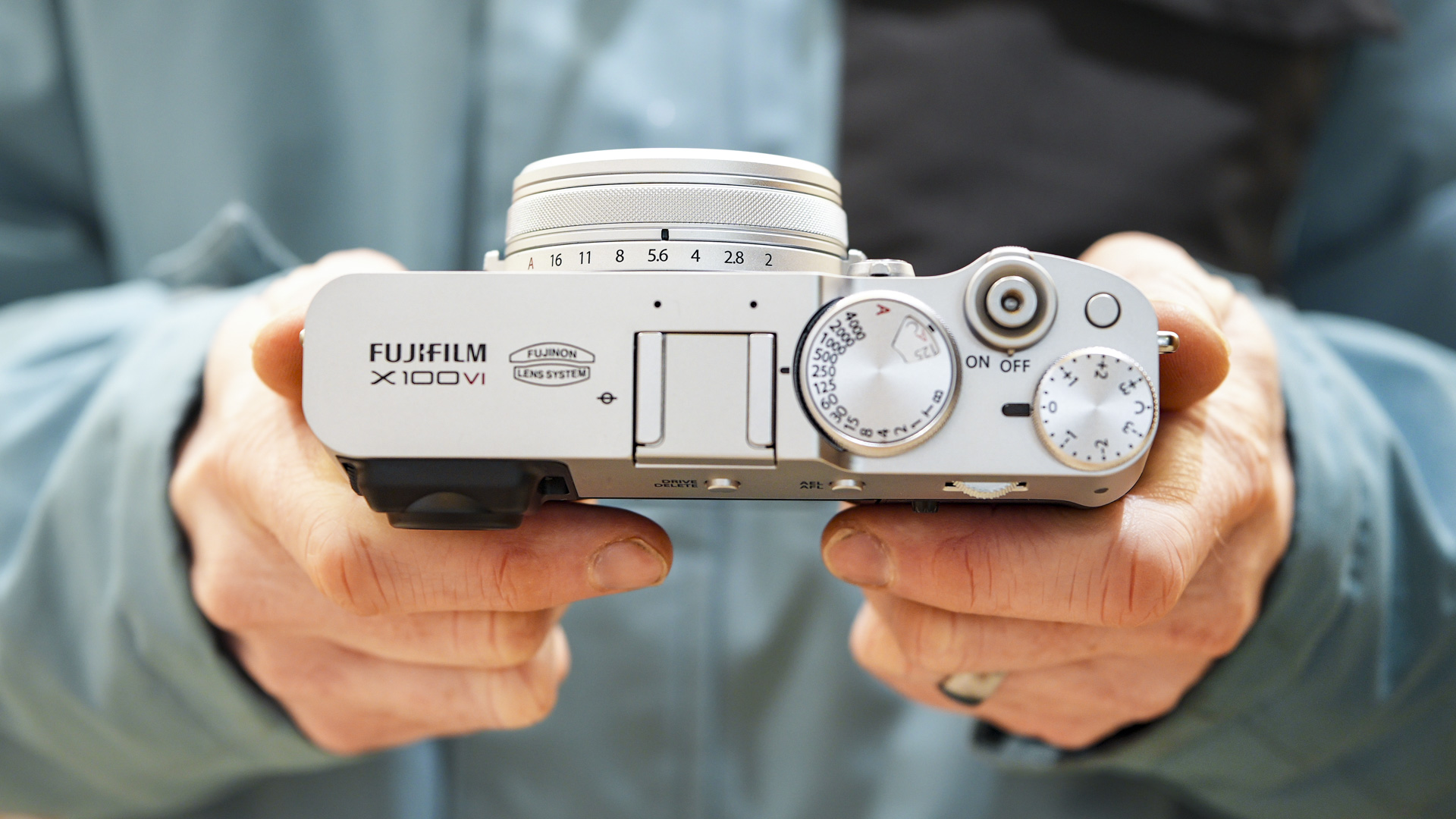
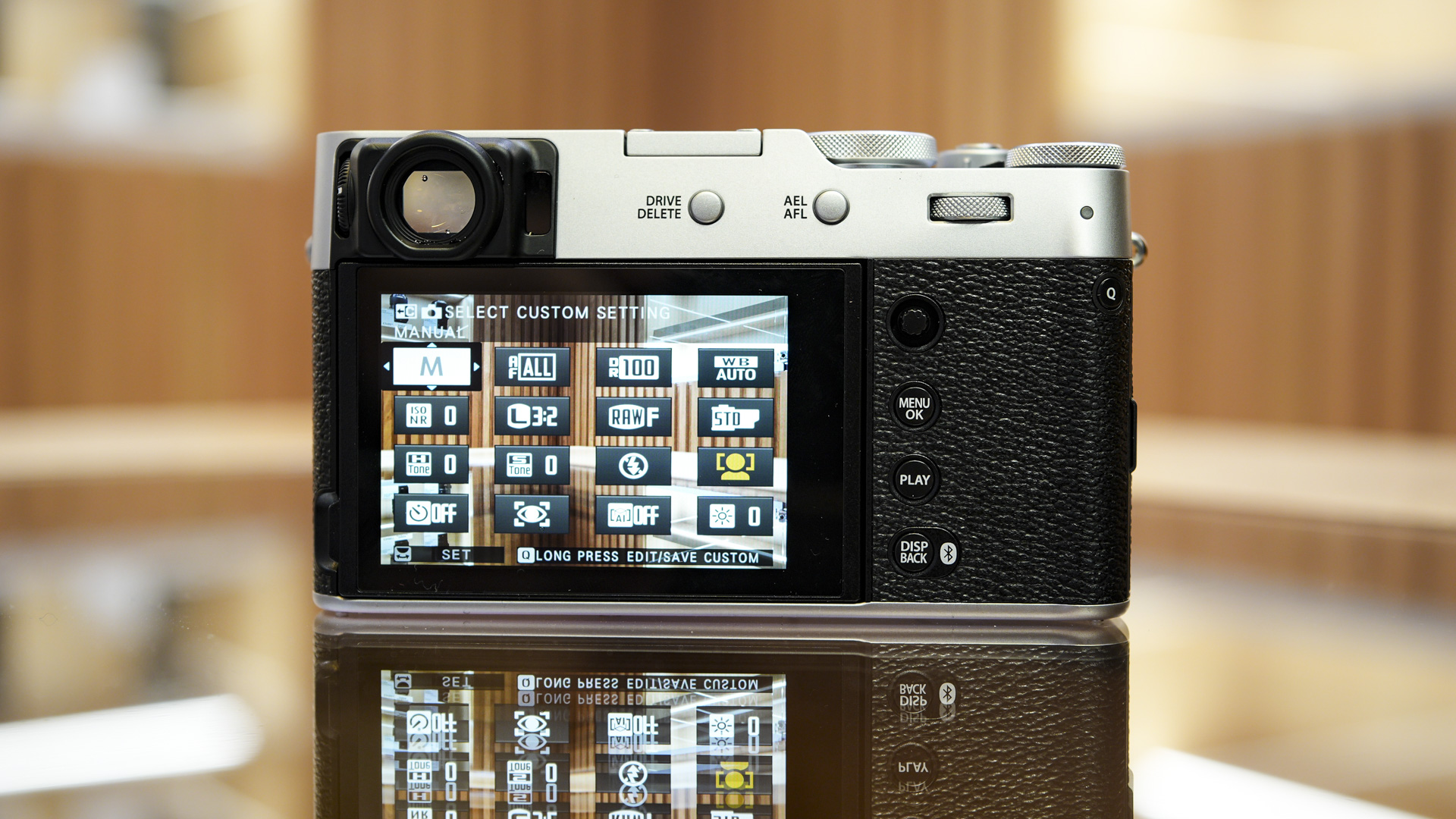
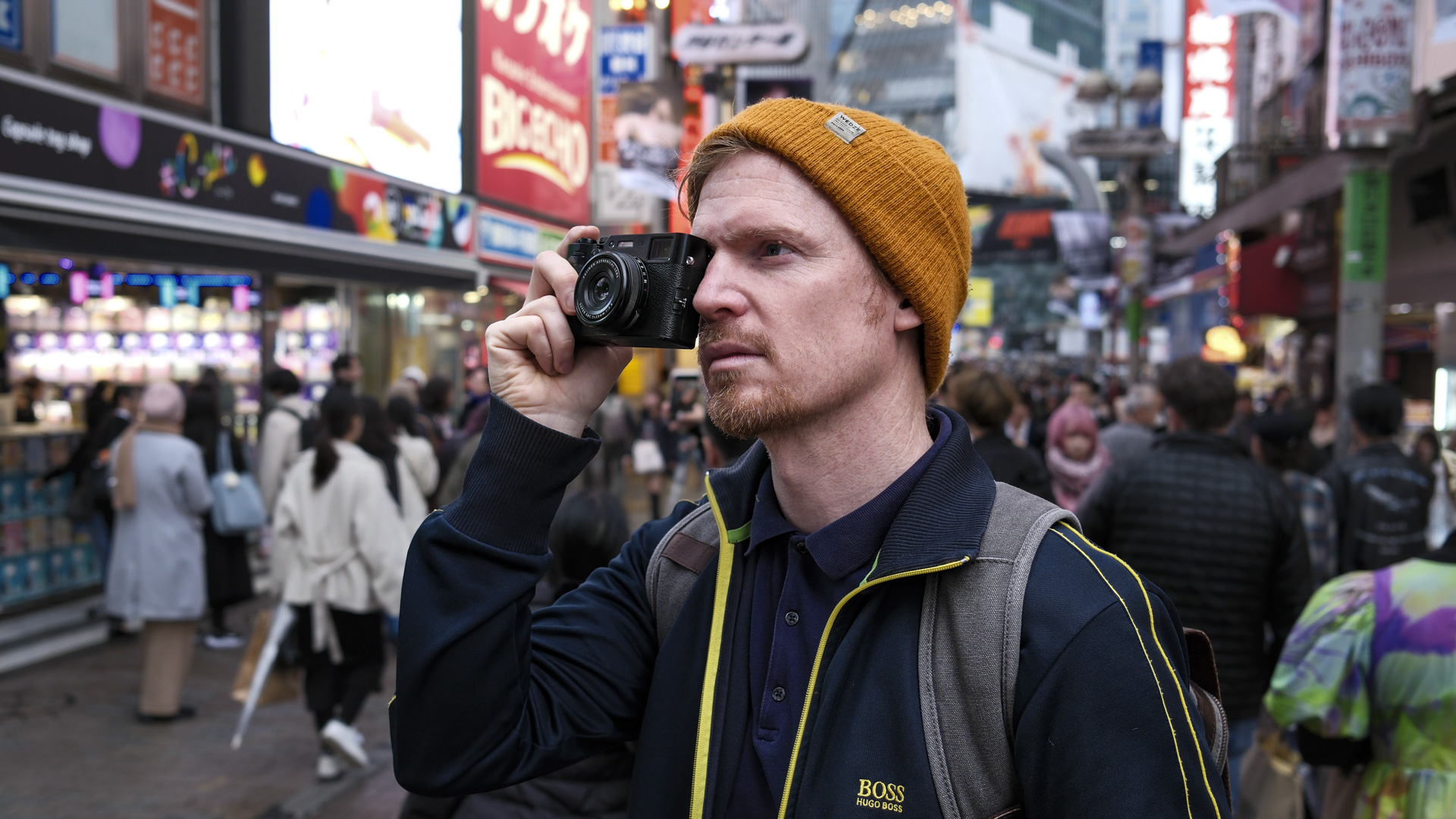
Specifications
Reasons to buy
Reasons to avoid
Fujifilm X100VI sample images
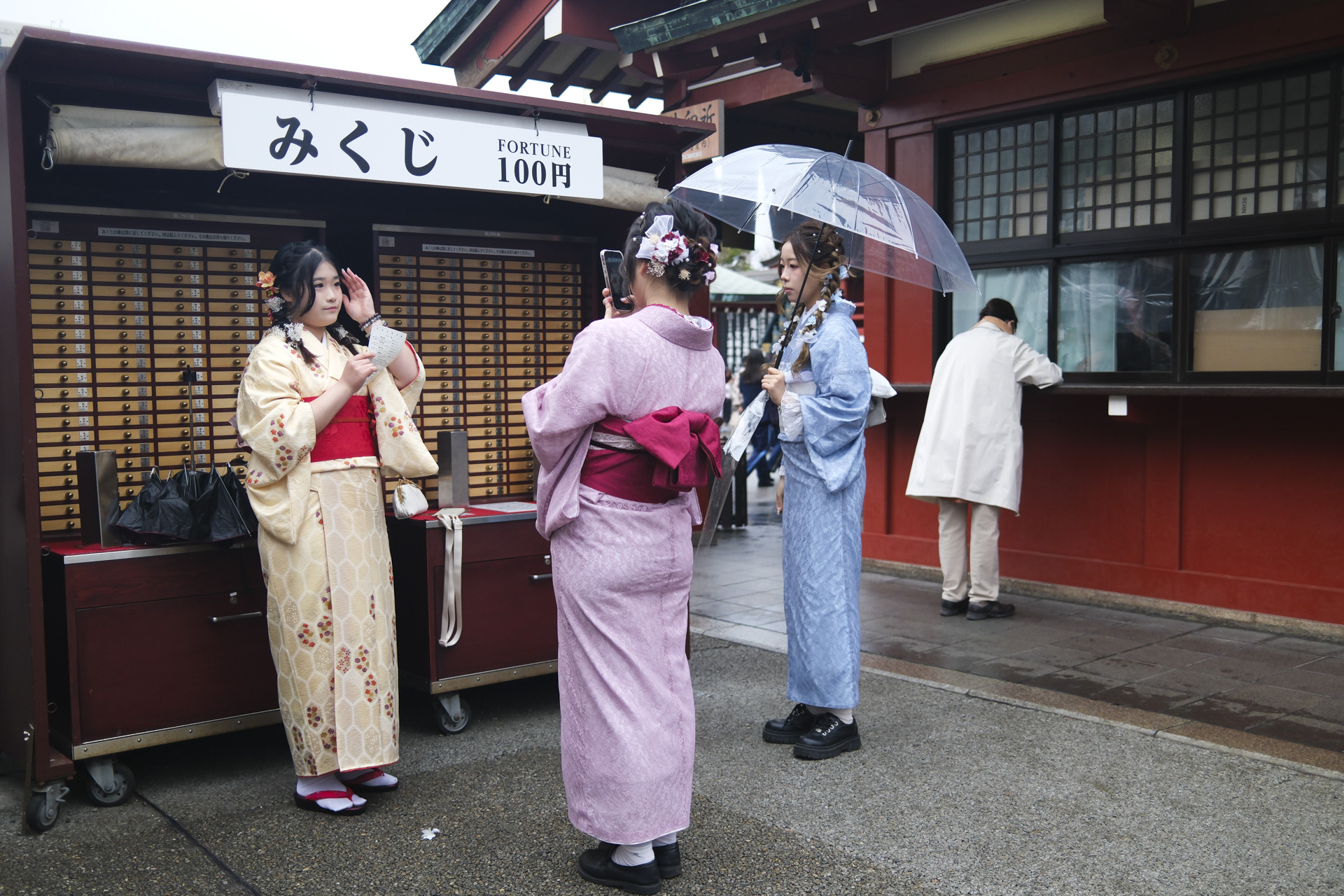
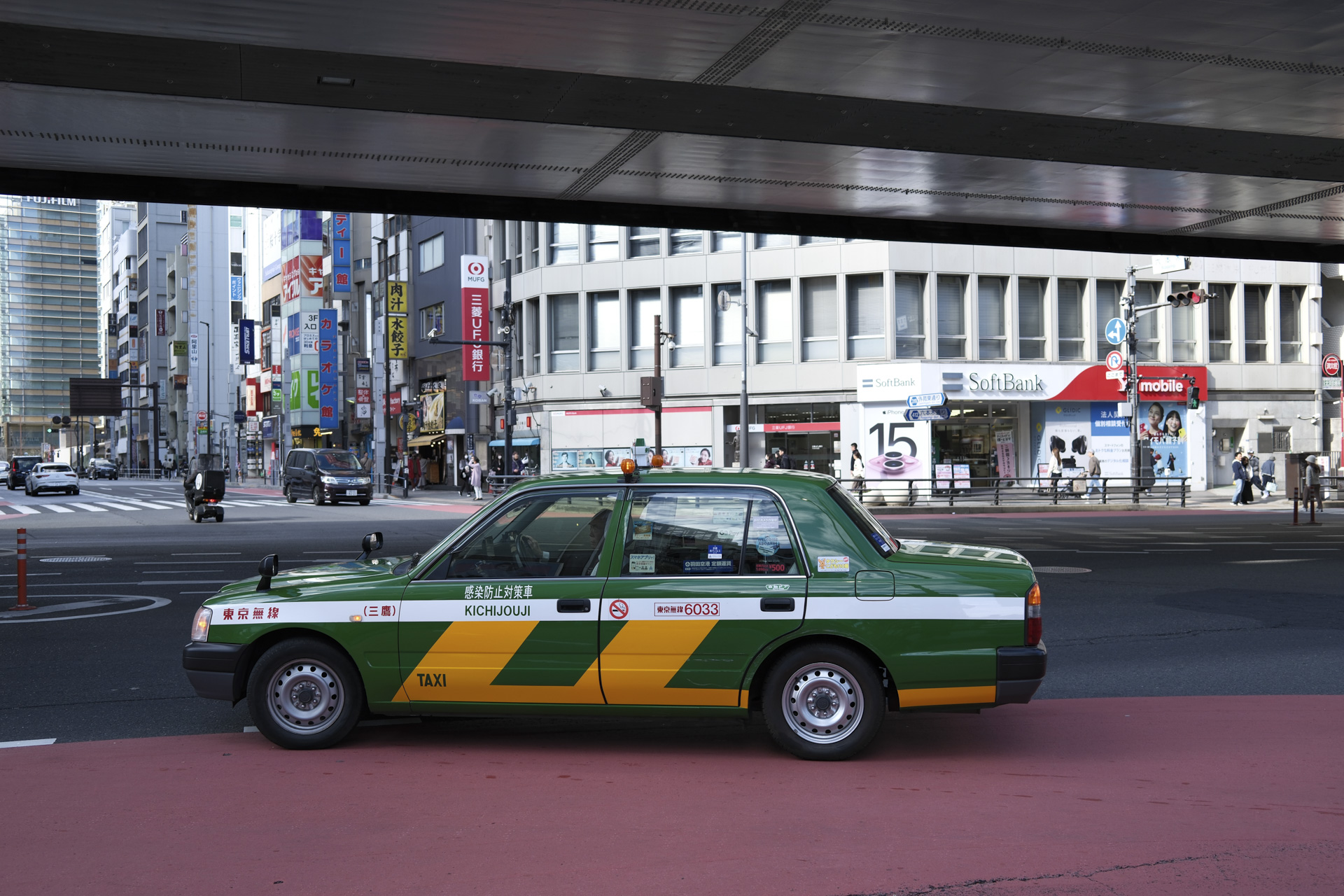
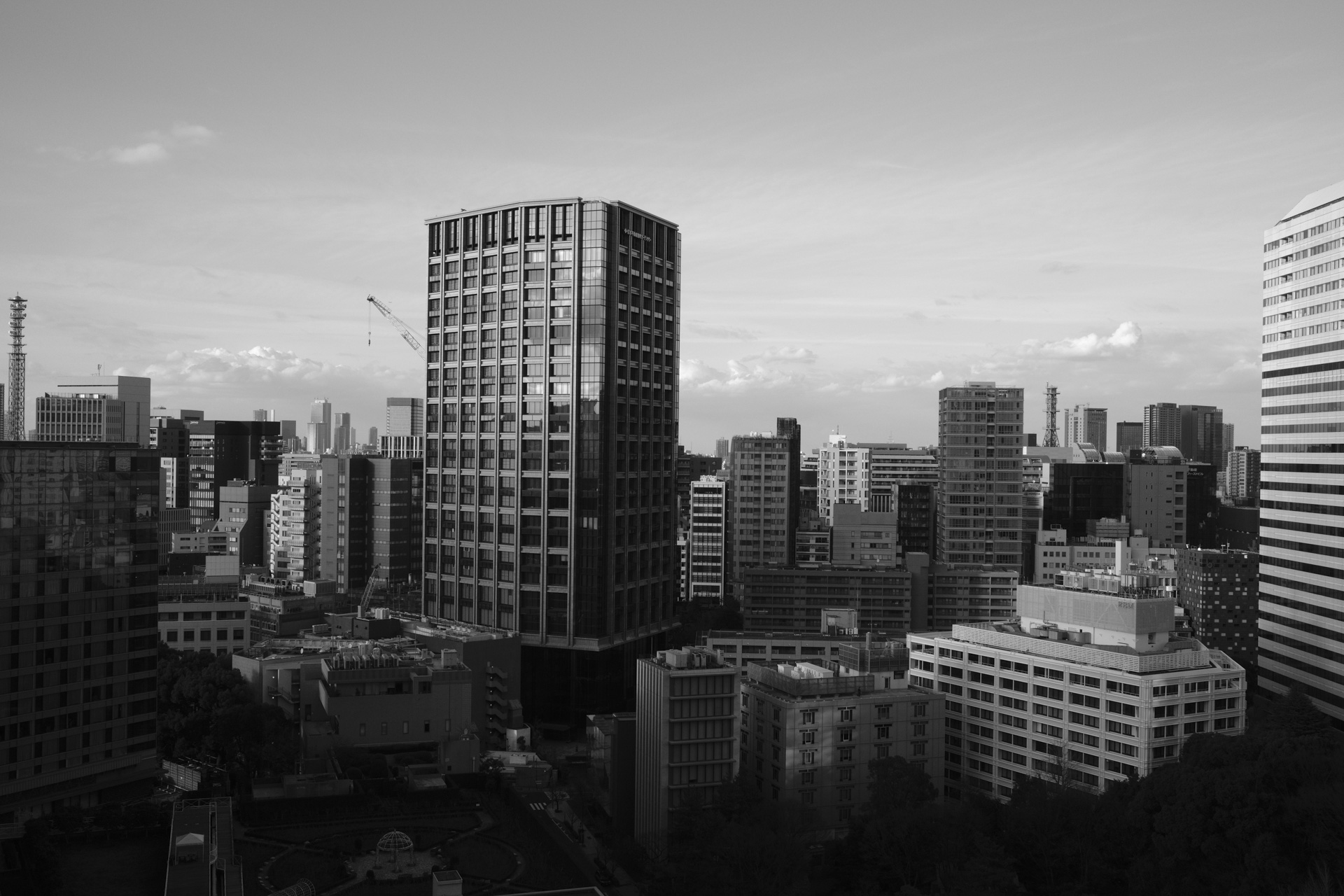
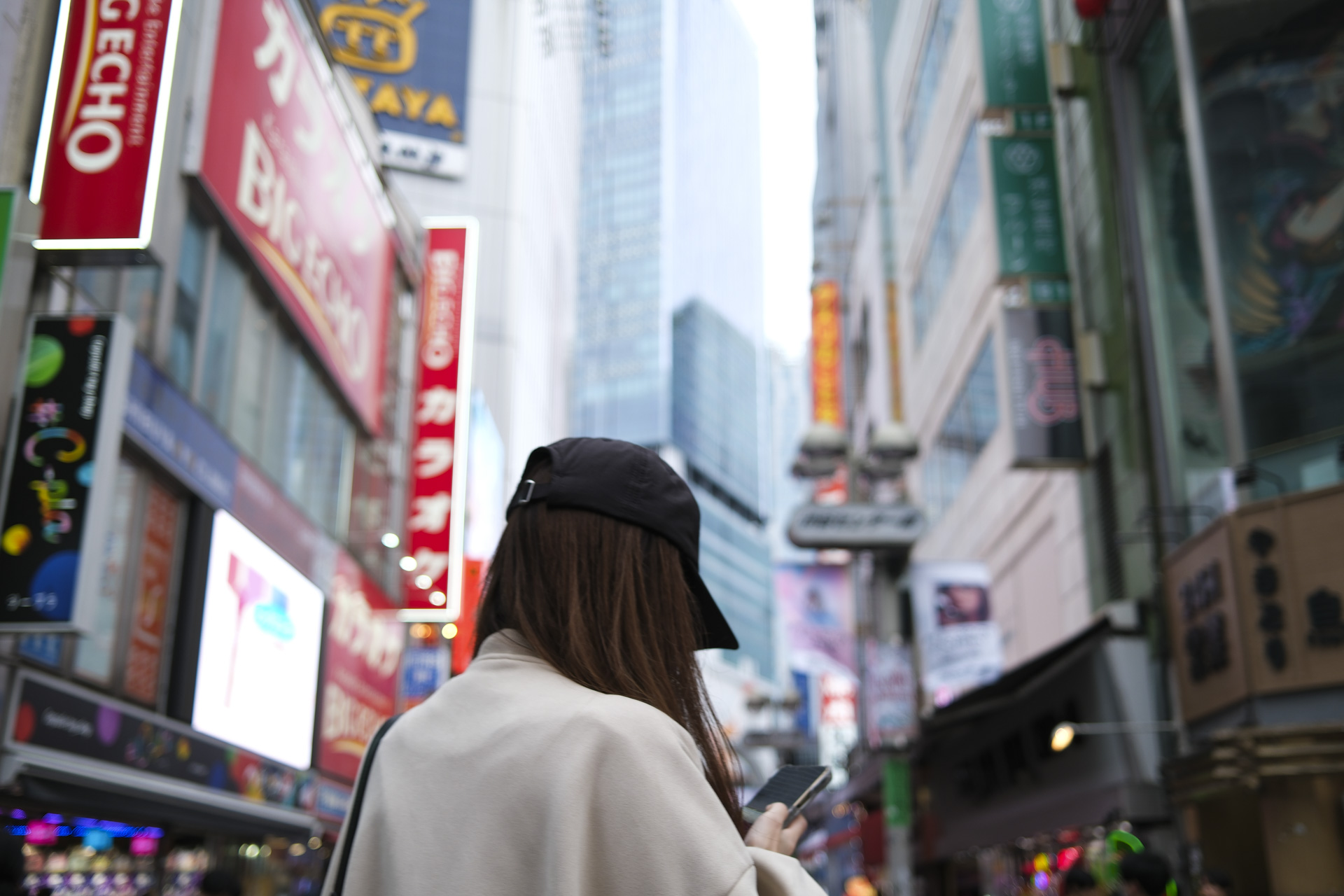
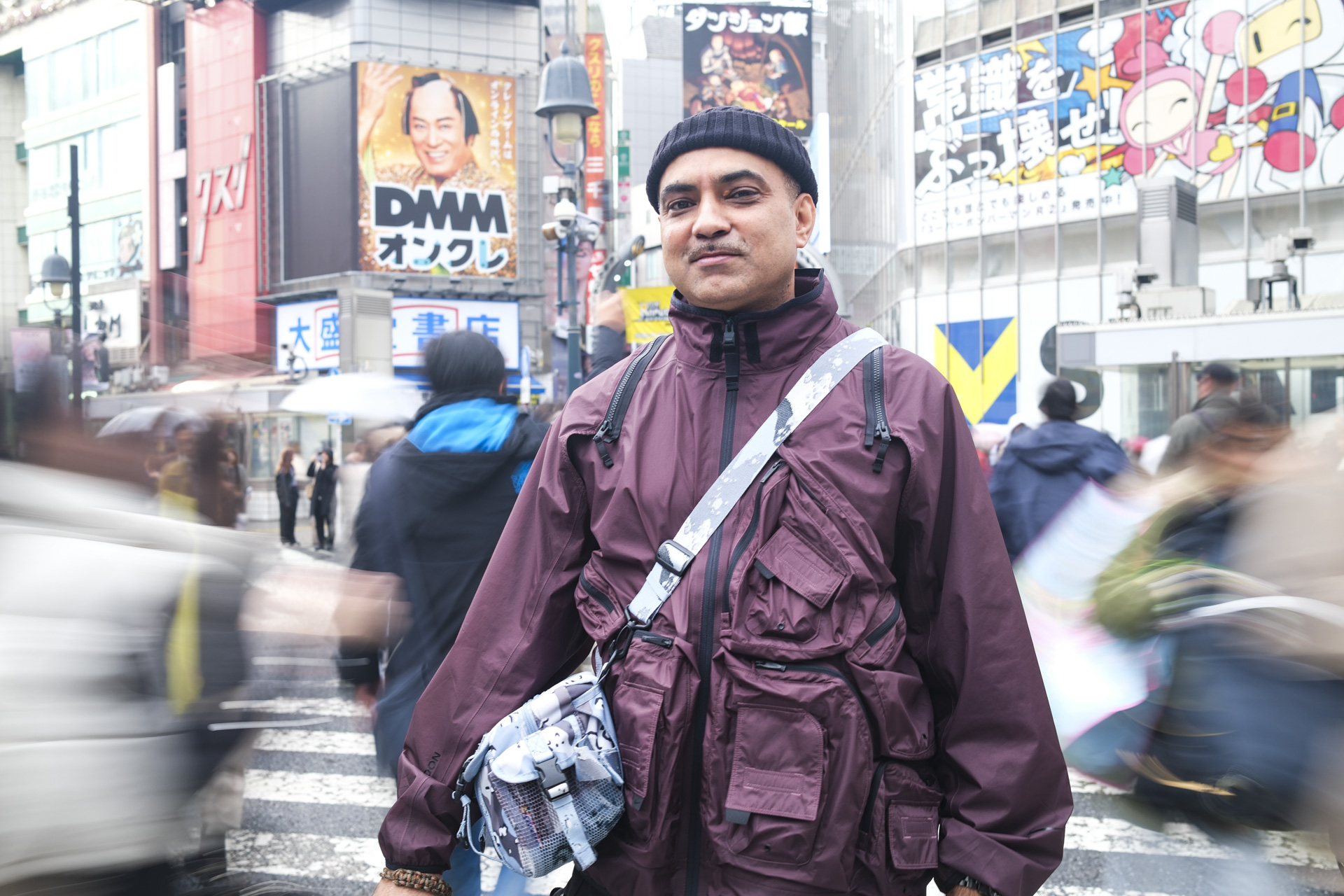
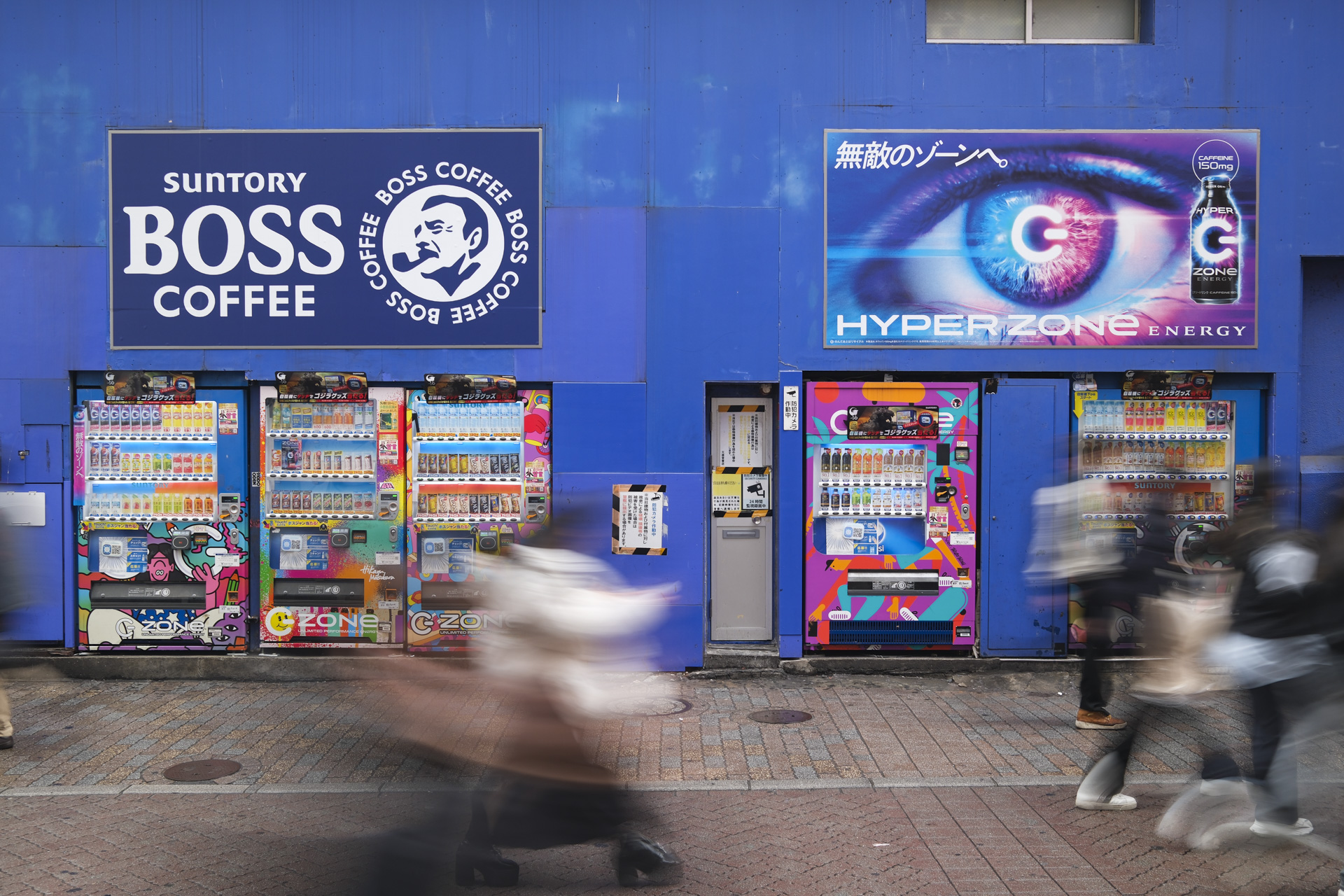
✅ You're exploring the city: With a fixed 23mm f/2 lens, Fujifilm's best autofocus, tilt screen and hybrid viewfinder, the X100V is a fantastic choice for street photography.
✅ You want a premium camera: From its retro design to its metal body, the X100V feels well-made and looks the business.
❌ You don’t want a fixed focal length: The 23mm lens is fantastic, but some users will find it limiting, especially if you value the ability to zoom.
❌ You’re on a tight budget: The X100VI is a popular but niche premium camera, and its increased price will put it out of budget for many.
We'd class the Fujifilm X100VI as a niche premium compact camera, but the range is more popular than ever. The sixth-generation model keeps all that users have grown to love about the X100 series: sharp fixed lens, large sensor, retro design, and unique hybrid viewfinder. But it also builds on the X100V with a higher-resolution 40MP sensor and in-body image stabilization. The result is a significantly more versatile camera, for example the digital teleconverter can crop into the full image for 50mm (at 20MP) and 70mm (at 10MP) focal length looks, while stablization lets you shoot slower shutter speeds in low light.
Other key improvements over the X100V include more detailed 6K video and Fujifilm's best-ever autofocus that includes advanced subject detection for photo and video. You can rely on the X100VI as a discreet everyday camera to document the world around, especially your travels, and it comes with 20 film simulation color profiles inspired by actual Fujifilm 35mm film that you can customize with recipes to develop your own style.
Read our in-depth Fujifilm X100VI review
The best small full-frame camera
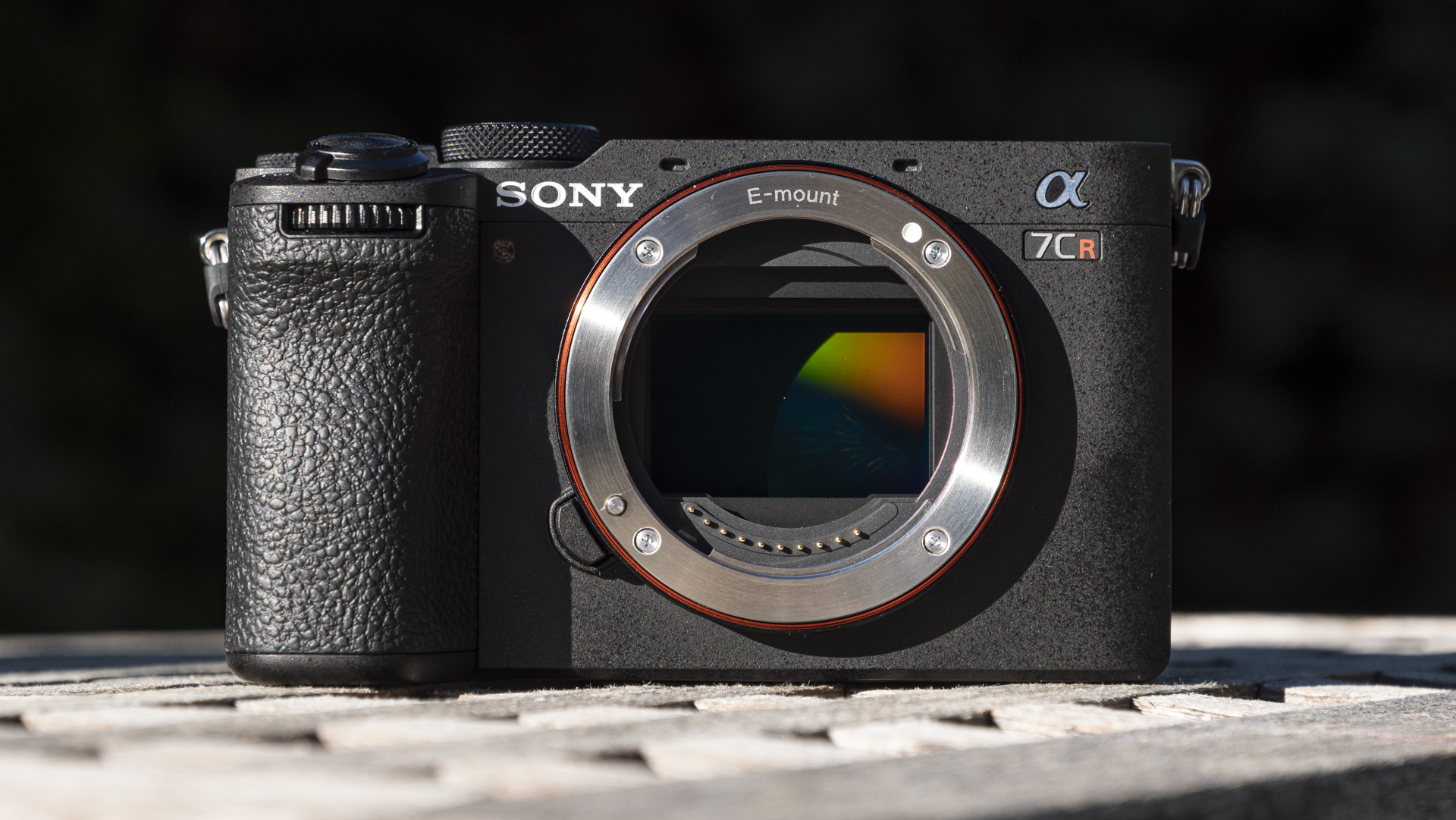
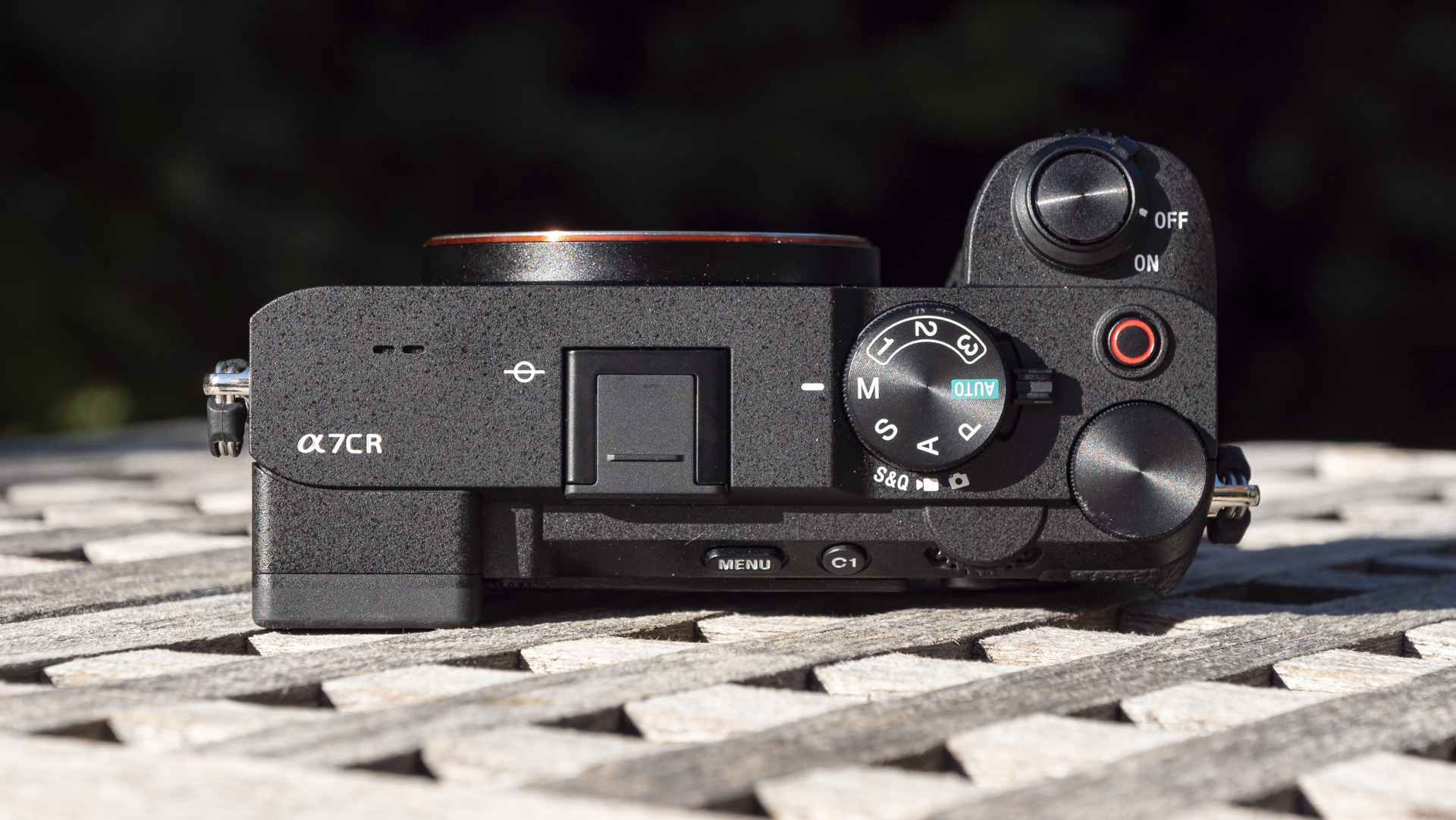
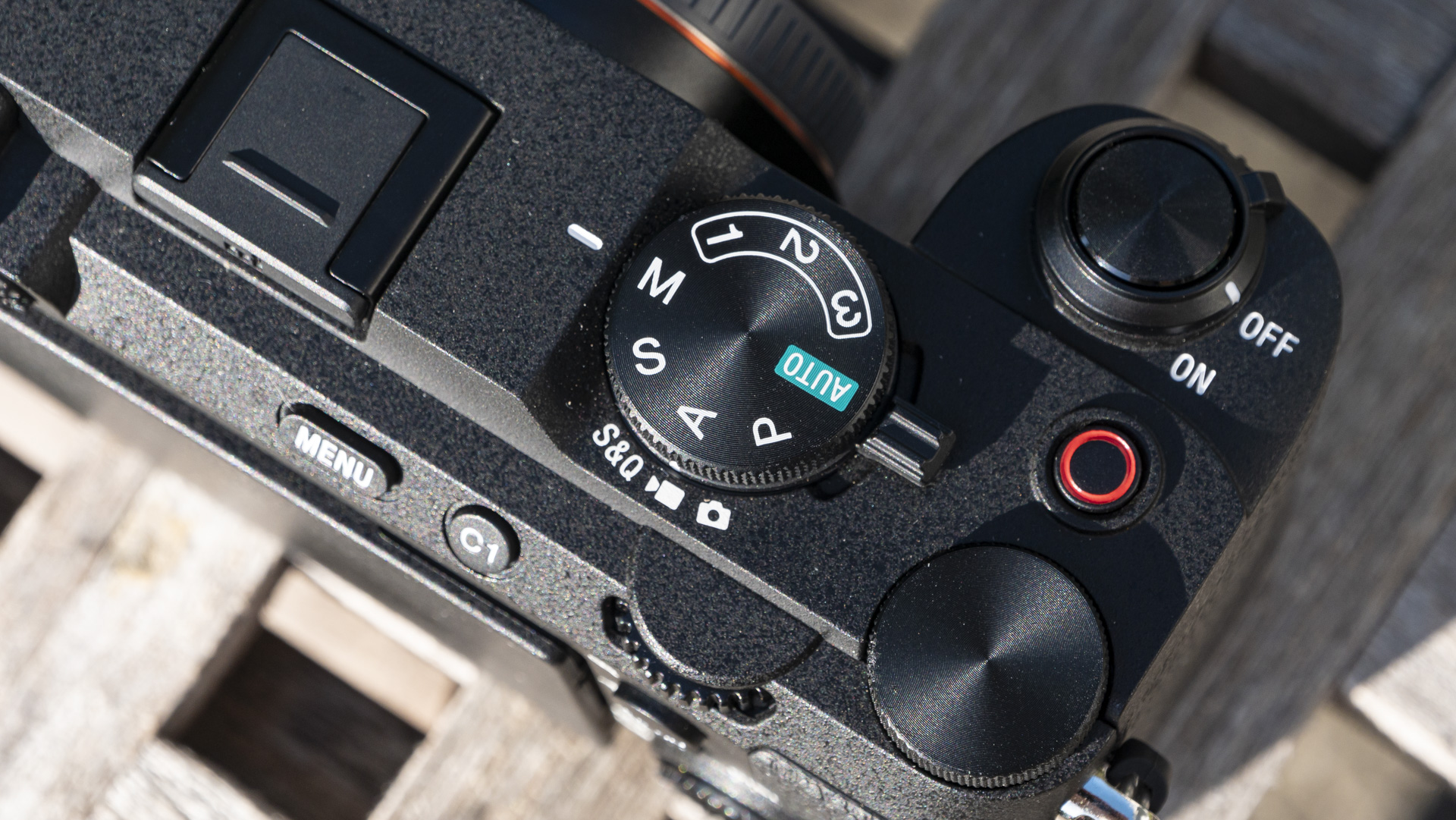
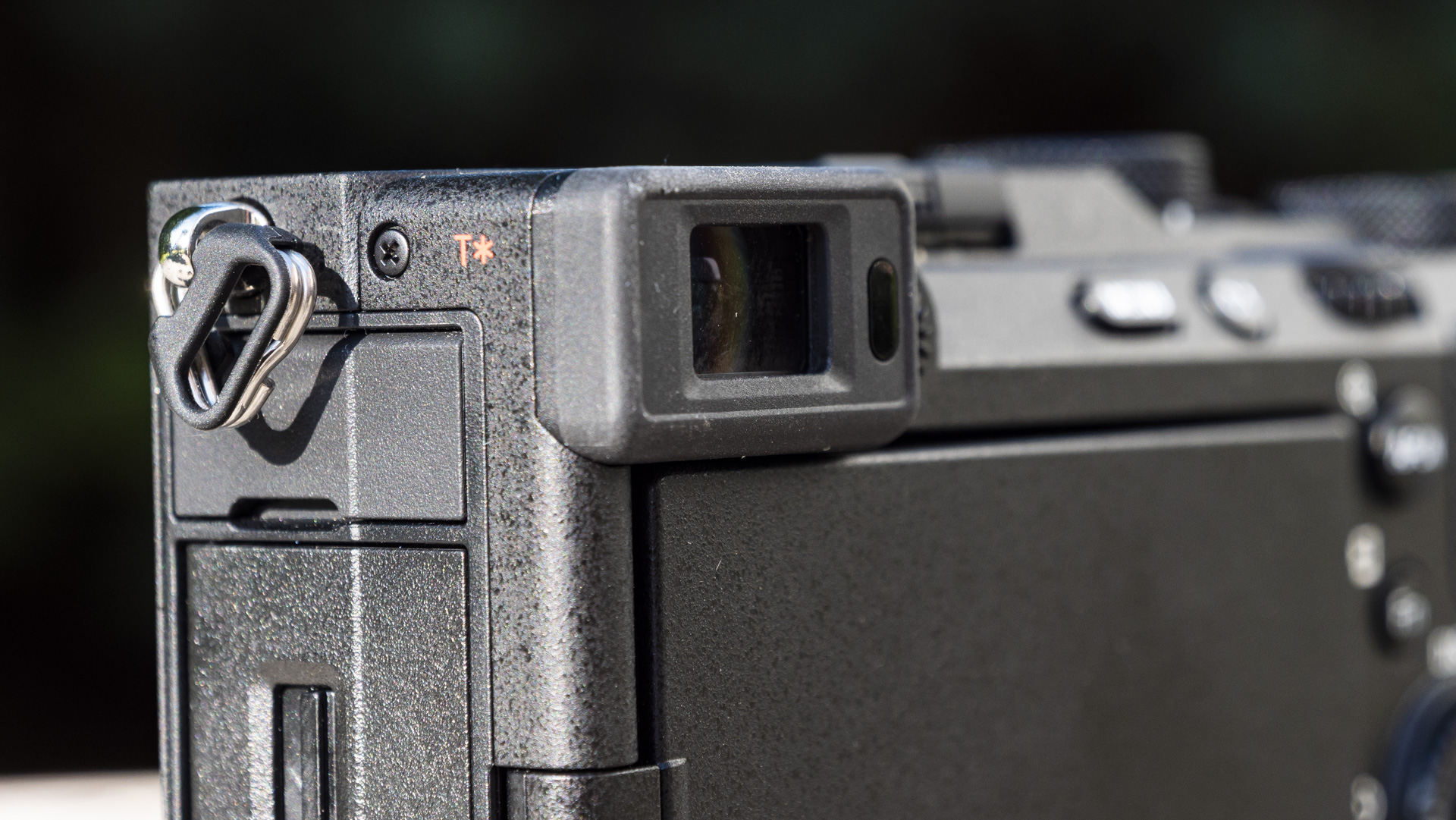
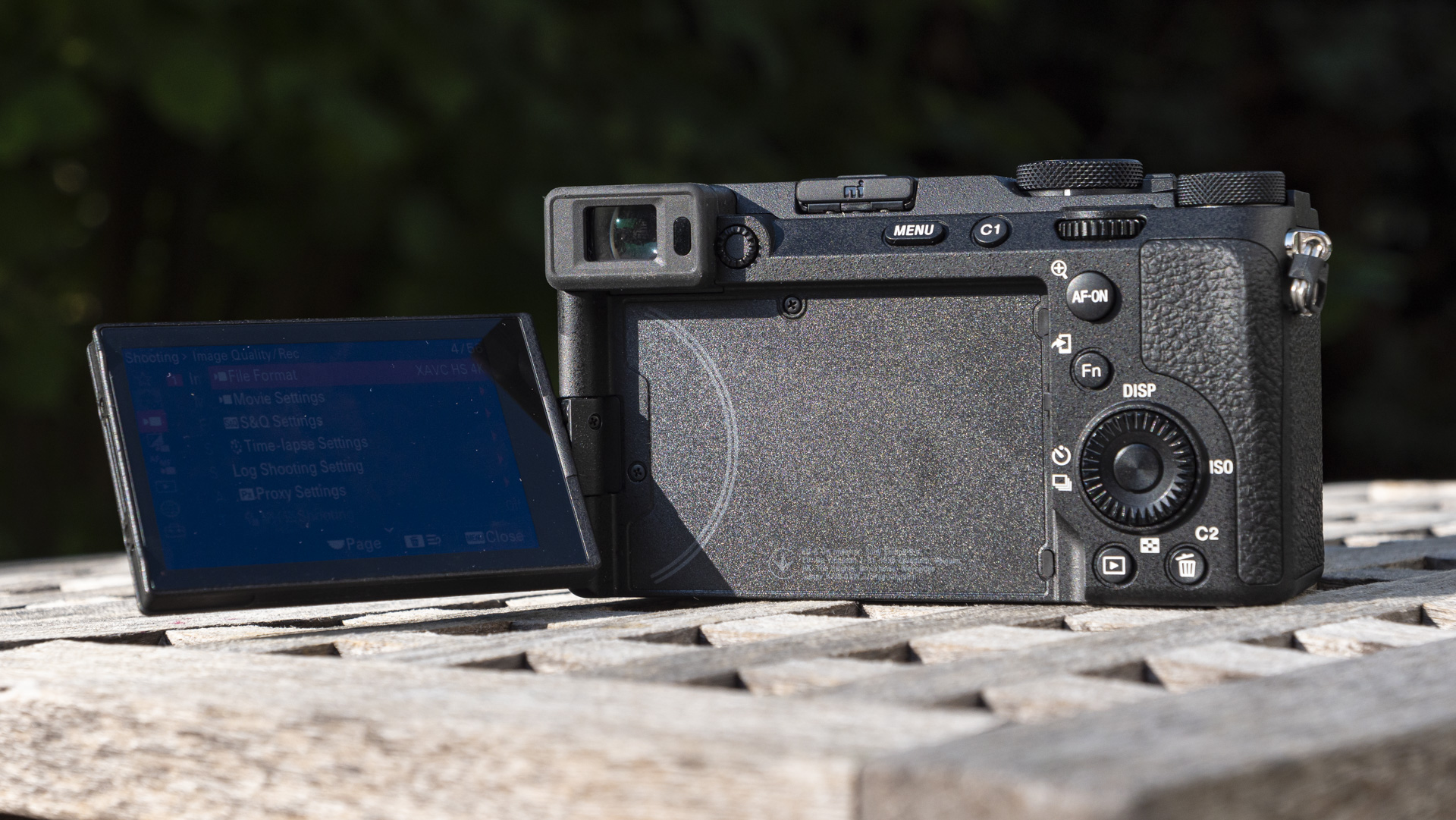
Specifications
Reasons to buy
Reasons to avoid
Sony A7C R sample images
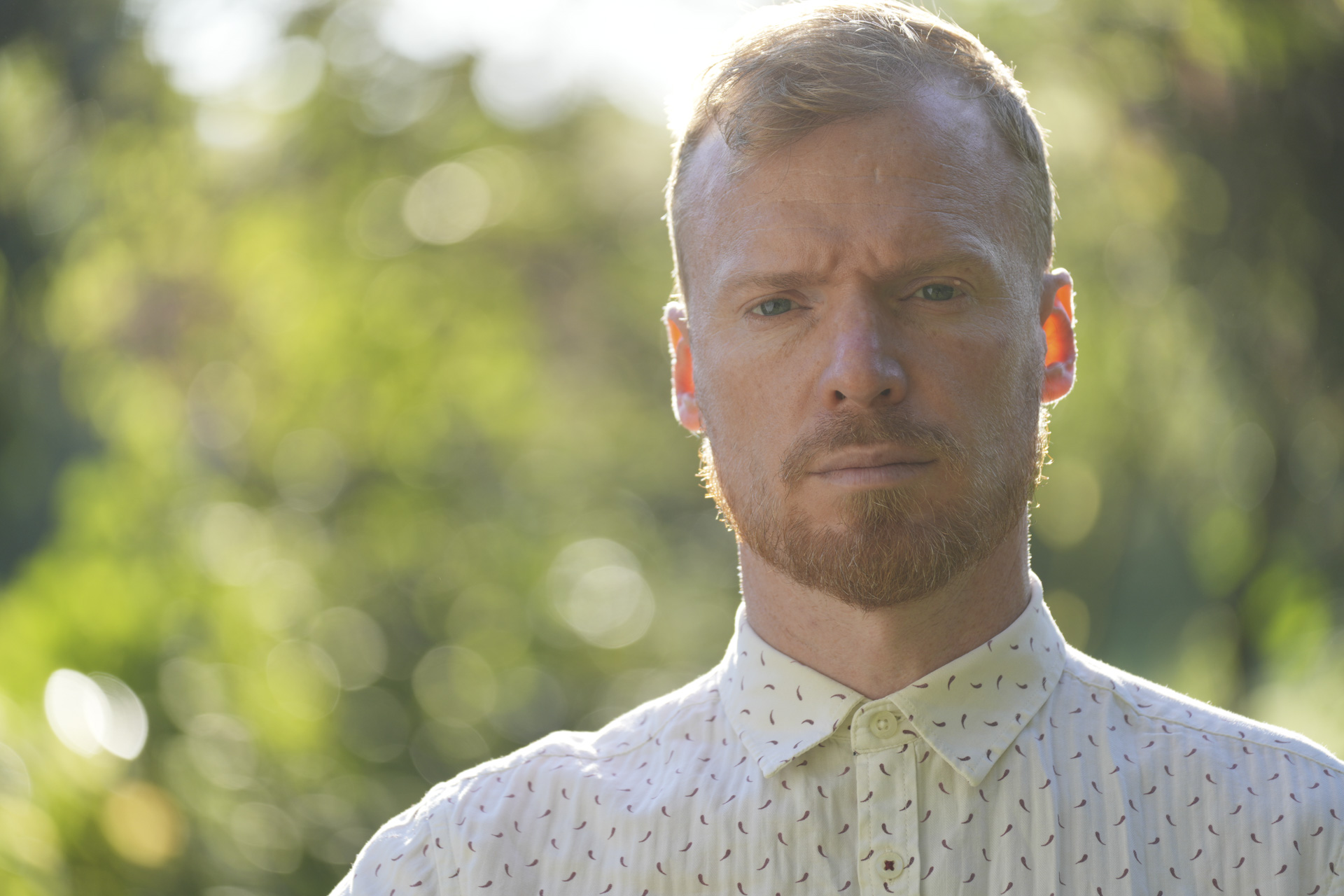
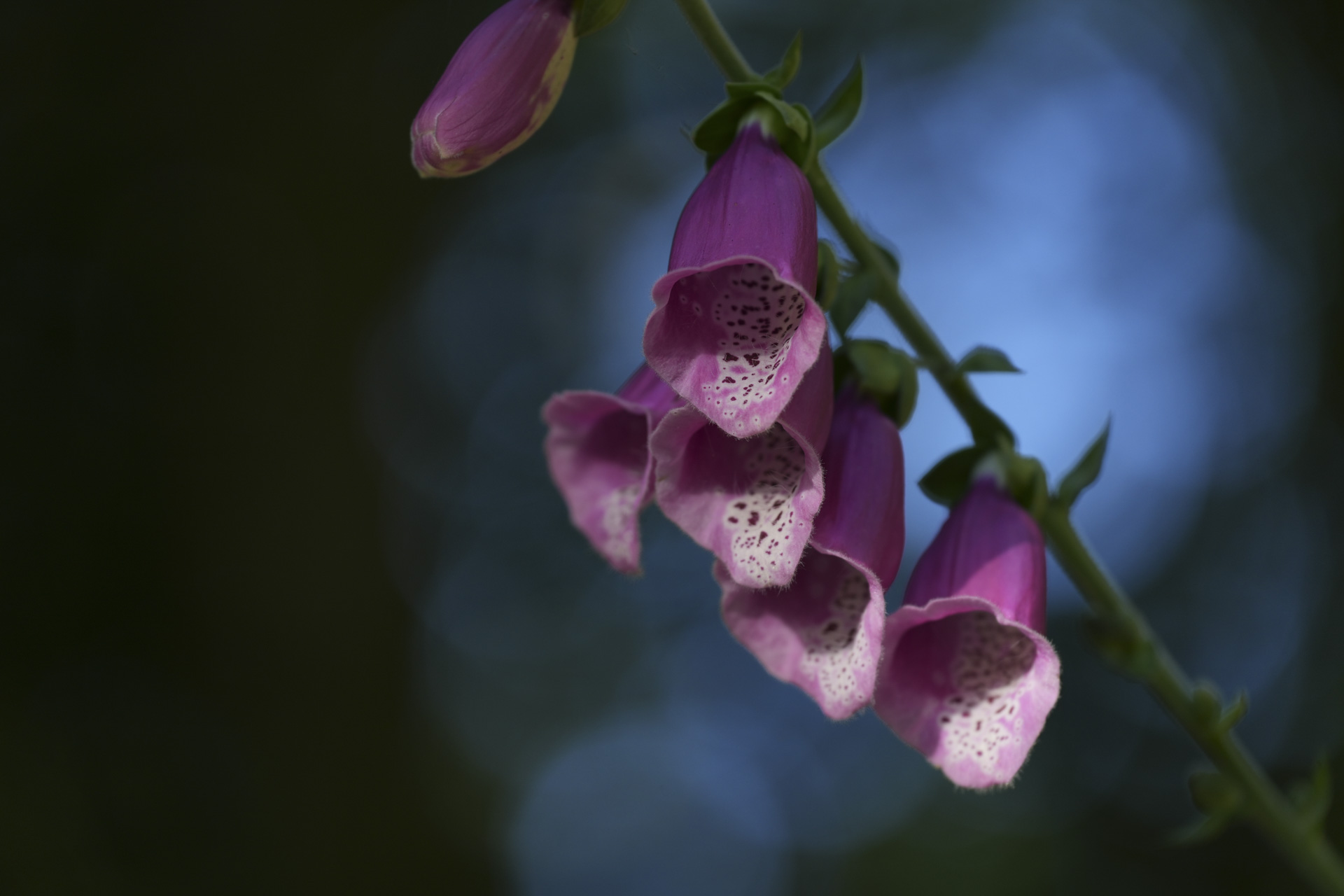

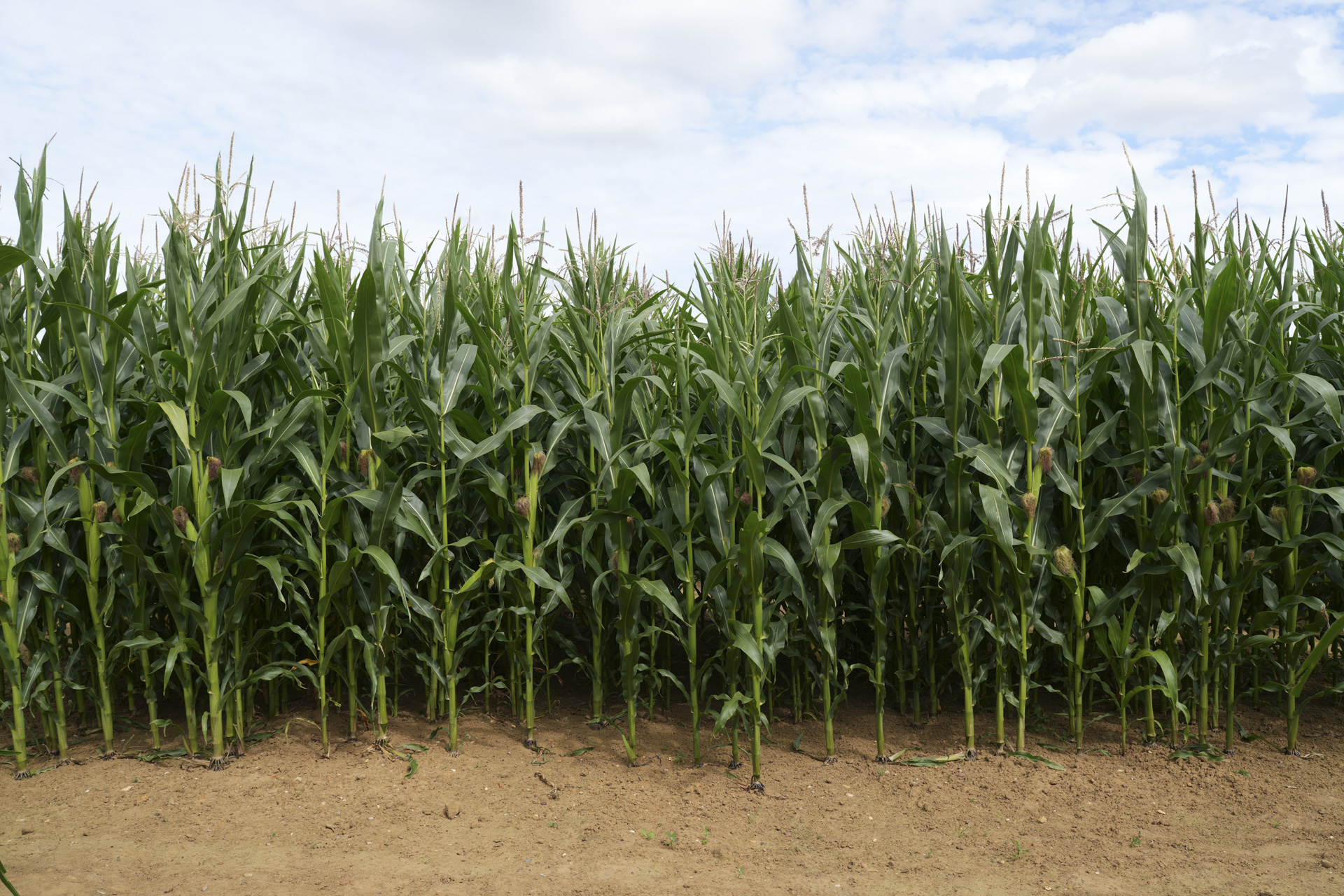

✅ You want the sharpest stills: With a 61MP full-frame sensor, you won’t get sharper travel snaps from any other camera in this list.
✅ You want a small, powerful camera: Despite the full-frame sensor inside, the A7C R is very compact and fits neatly in the hand.
❌ You value good handling: The small design has drawbacks, including a compromised viewfinder and absent AF joystick.
❌ You plan to use big lenses: Its compact proportions mean the Sony A7C R is mismatched with larger telephoto lenses.
By combining a small, travel-friendly form factor with a 61MP full frame sensor and fantastic autofocus, Sony has created arguably the ultimate travel camera. Successor to the Sony A7C – already one of our favorite travel photography tools – and announced alongside the A7C II, the A7C R fits nicely in the hand, while a flip screen and new dials offer welcome control.
Equipped with Sony’s top-grade autofocus and AI-powered subject tracking, the A7C R can cleverly and reliably track a broad range of subjects. You won’t find a better full frame sensor, either: borrowed from the A7R V, it captures stunning, pin-sharp stills in all conditions. Cropping potential is vast, and video footage is decent too.
There are trade-offs, though. In testing, we found that the A7C R’s compact proportions come with handling compromises, especially compared to the traditional design of the A7R V. The viewfinder feels small and fiddly, and we wish Sony had included an AF joystick. It’s also not a camera to pair with large telephoto lenses. But the real kicker is the cost: it’s significantly more expensive than the A7C II. That premium means it’s only a camera to consider if you need absolutely the best possible image quality on your travels.
Read our in-depth Sony A7C R review
The best hybrid for travel vlogging

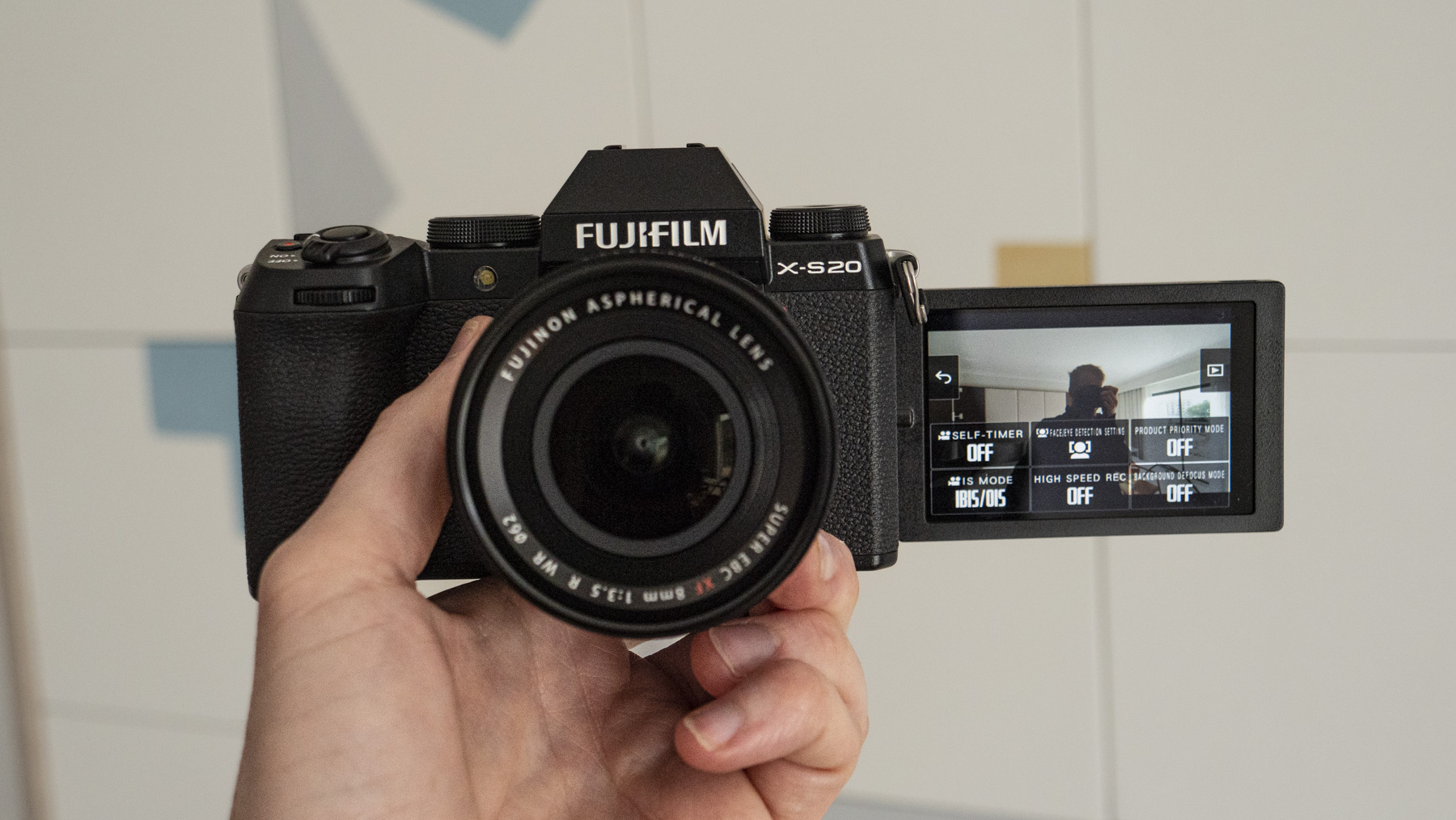
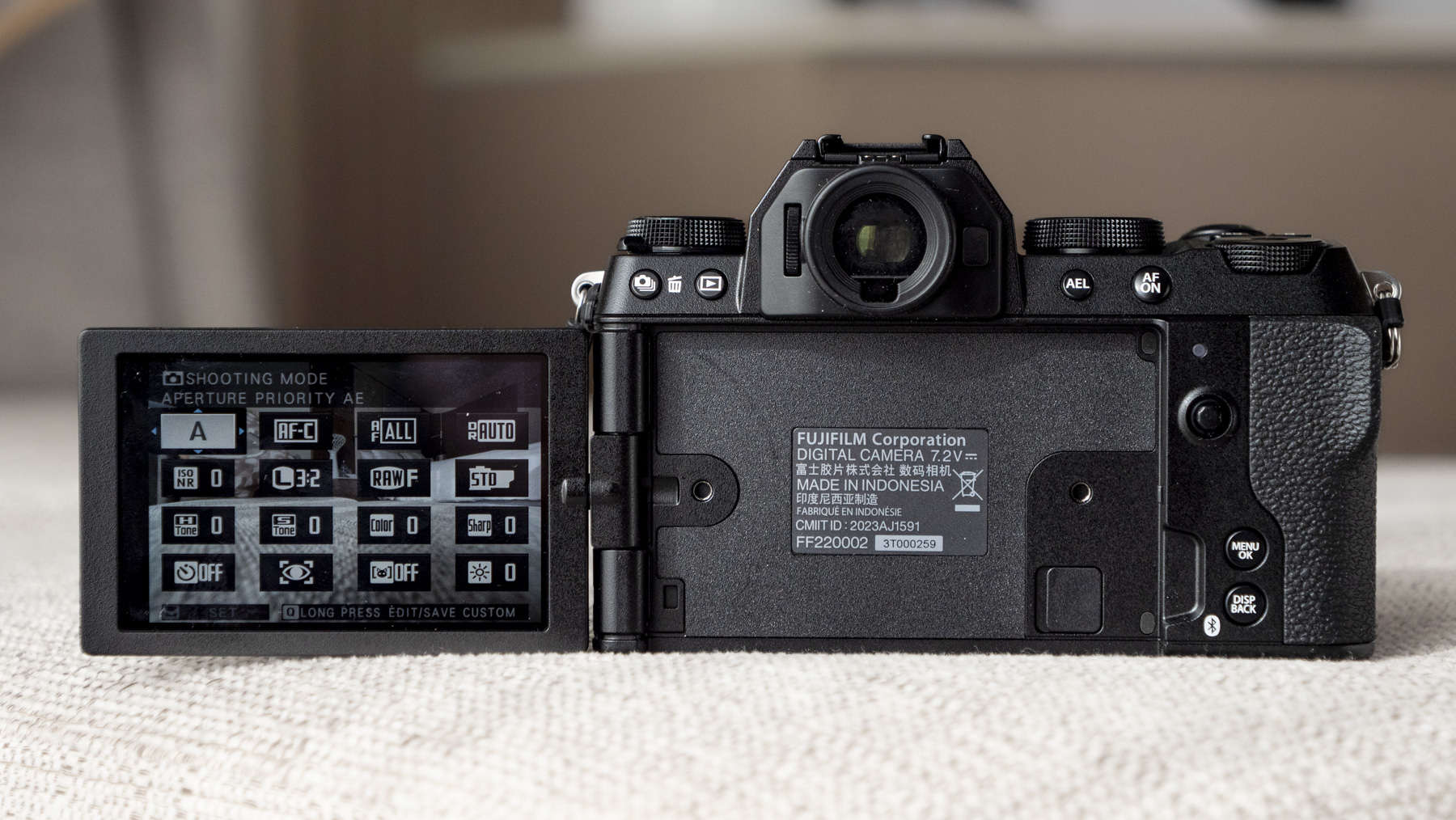
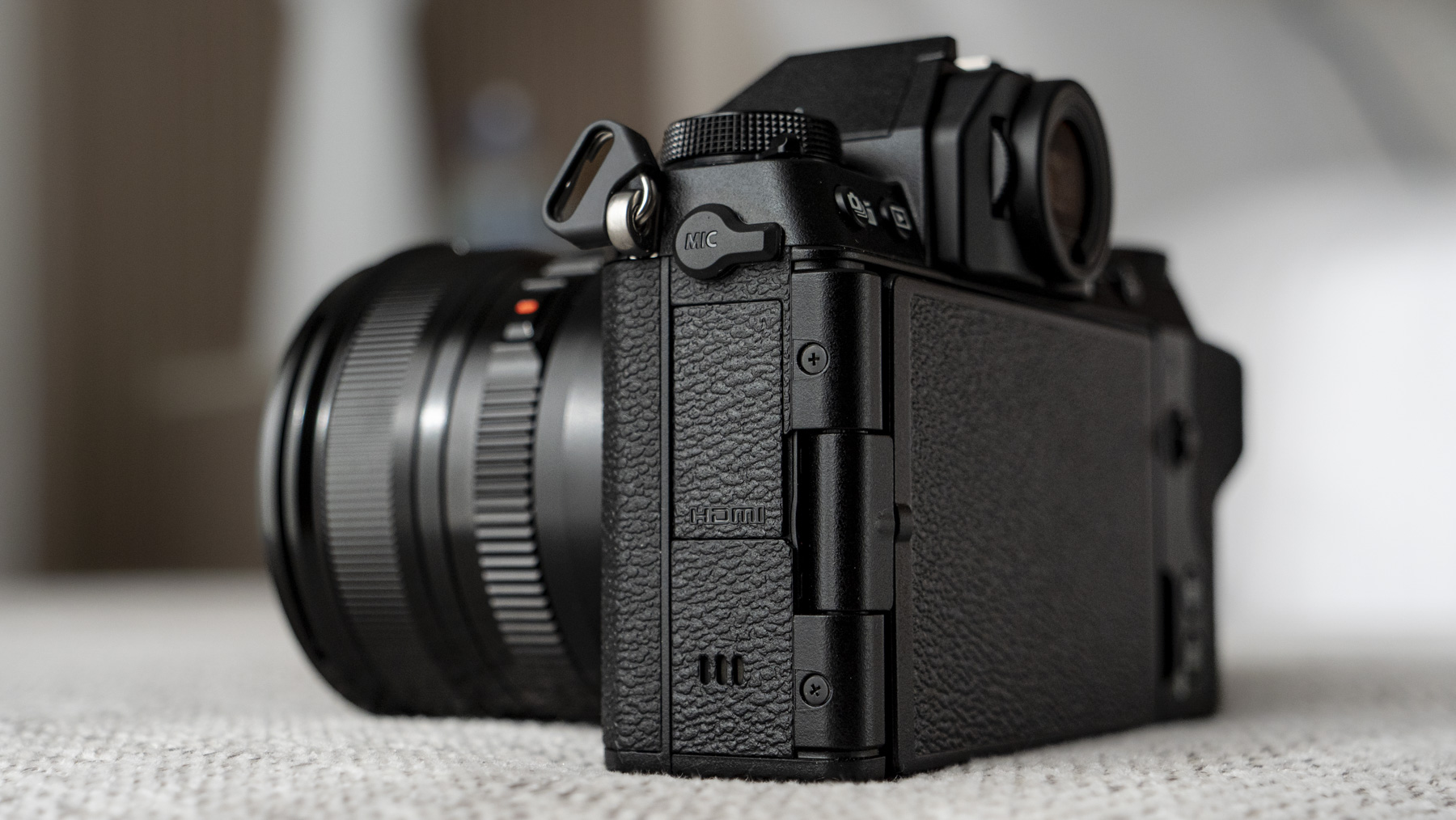
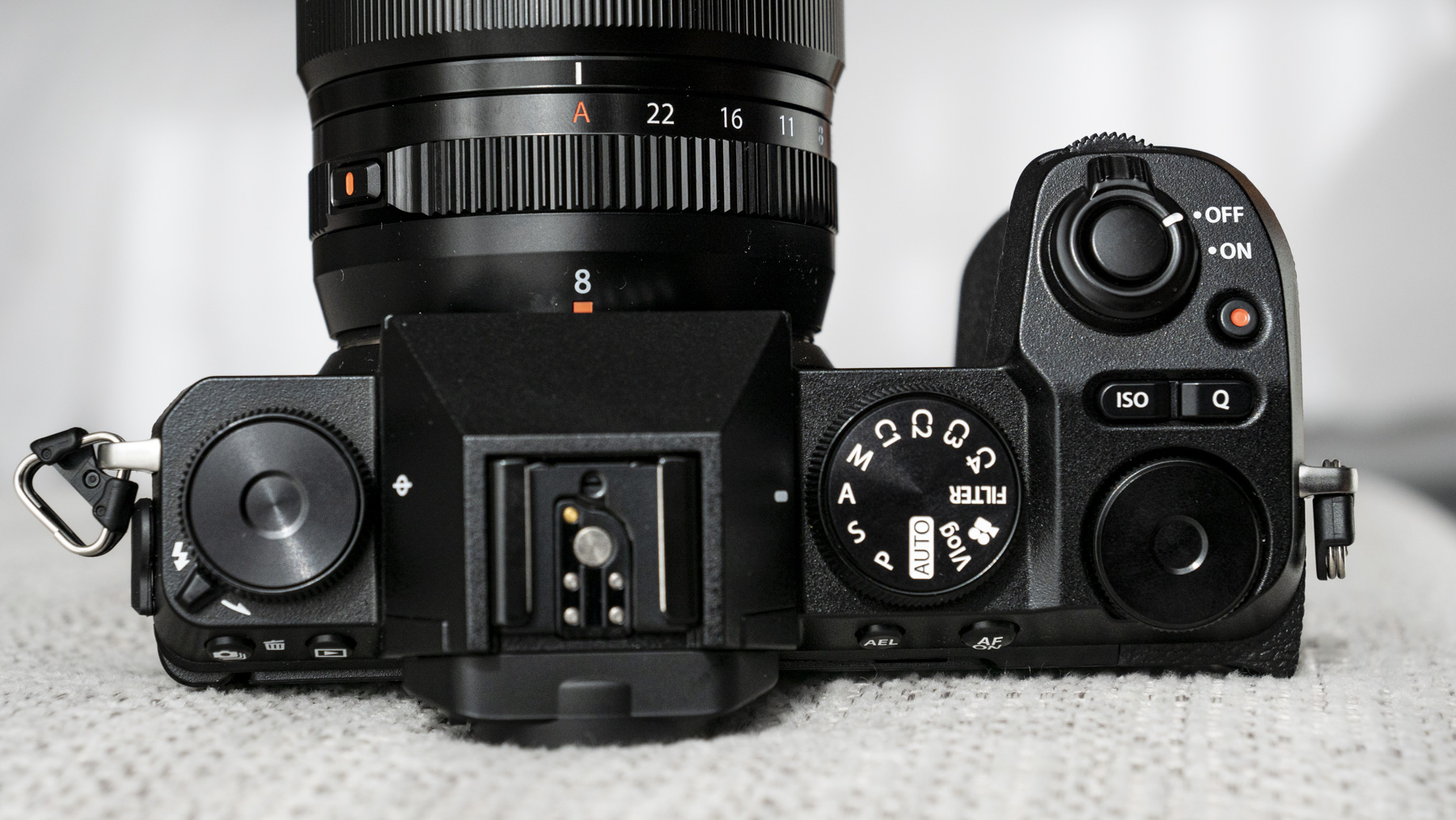
Specifications
Reasons to buy
Reasons to avoid
Fujifilm X-S20 sample video
✅ You value longevity: The X-S20 has double the battery life of the X-S10, making it a great choice for long days of travel photography.
✅ You shoot video, too: Capturing sharp 26MP stills and 6K/30p open gate video, the Fujifilm X-S20 is a true mirrorless hybrid.
❌ You need weather proofing: Build quality of the X-S20 is good, but you’re better off with the Sony A6700 if you need a weatherproof camera.
❌ You have a limited budget: Its additional features come at the cost of a steep price hike compared to the Fujifilm X-S10, which makes it a harder sell.
Channelling everything we liked about the X-S10, the Fujifilm X-S20 cements its position as a fantastic mirrorless cameras for travel. Its balanced body handled comfortably in testing, with simplified dials making it accessible for beginners. Novice-friendly features like a dedicated Vlogging mode also make it a forgiving camera for touring first-timers, as does the automatic scene detection mode: this harnesses the power of Fuji’s latest X-Processor 5 to reliably choose the correct settings. From our first impressions, it works better than the automatic subject tracking, which was a little hit and miss.
The X-S20 is blessed with a proven shooting system, utilising the same 26.1MP sensor as the X-S10 and X-T4 to produce quality stills. With 6K/30p 4:2:2 10-bit internal video recording also on offer, plus in-body image stabilization that worked well in testing, the Fujifilm X-S20 is a solid option for content creators on the move. The lack of weather-sealing will discourage adventurous travellers, while the price tag means it isn’t one to leave in an unattended bag. But at just 26g heavier than its predecessor, the X-S20 is a very capable all-rounder for travel.
Read our in-depth Fujifilm X-S20 review
The best superzoom camera
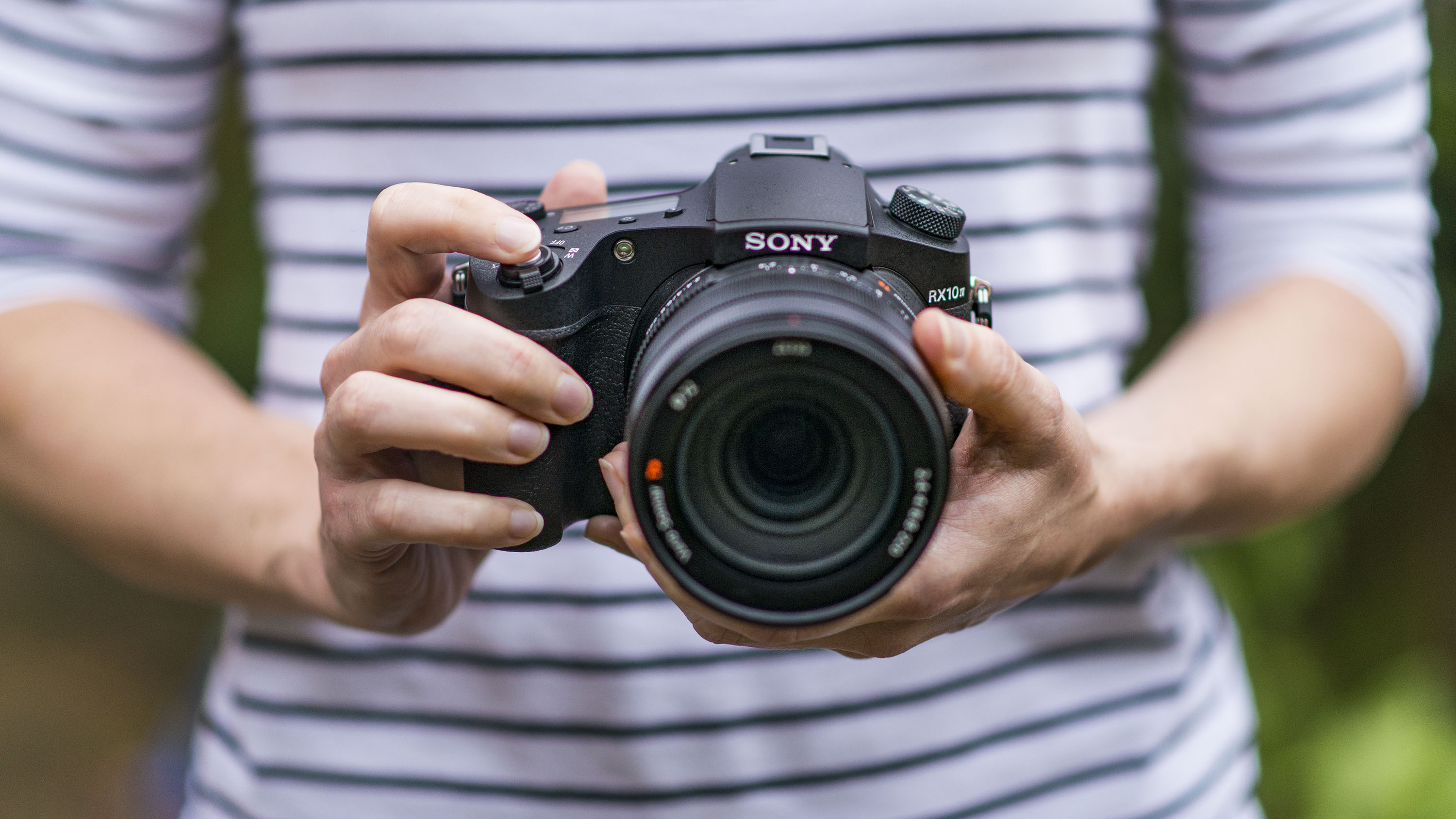
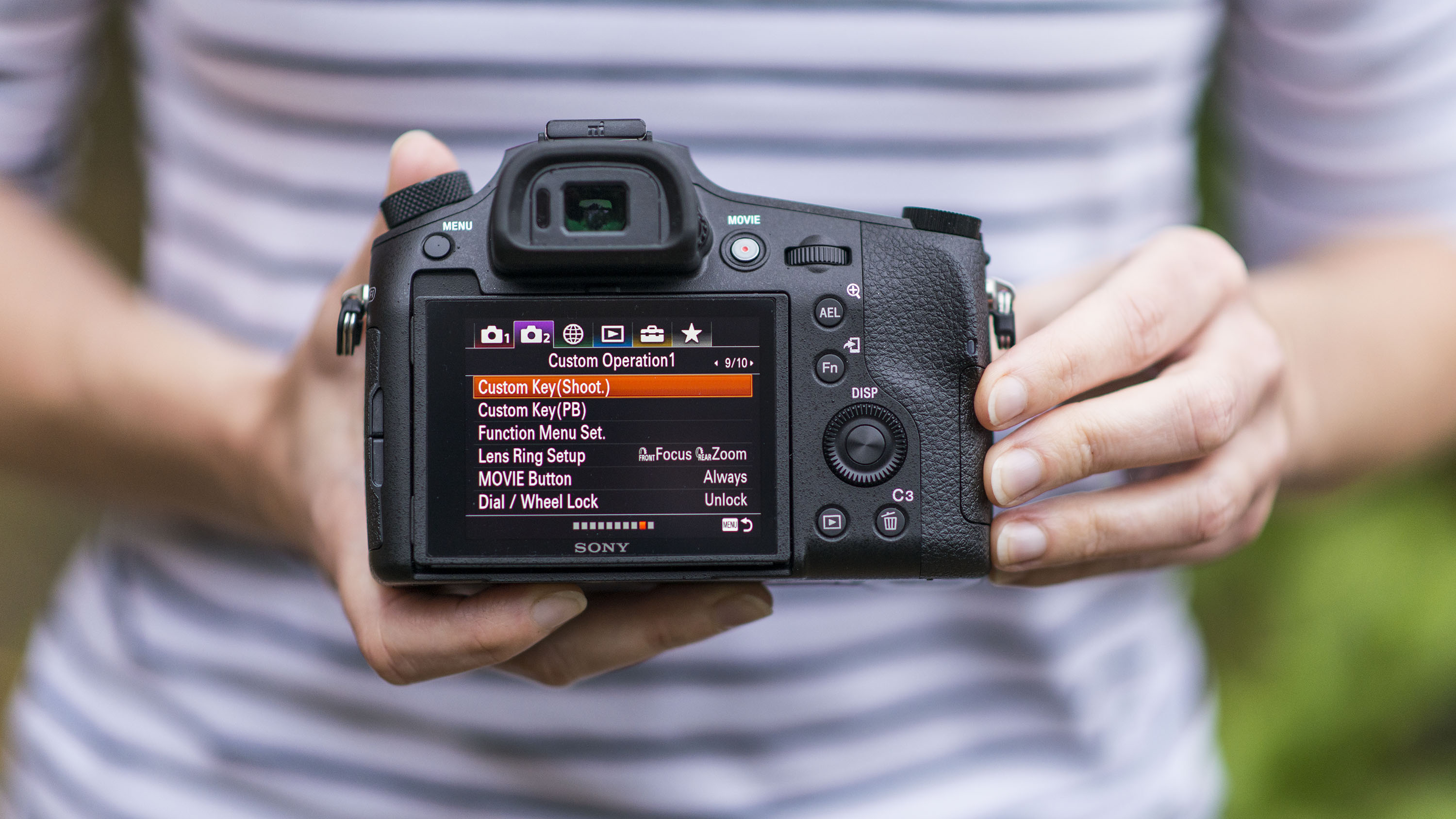
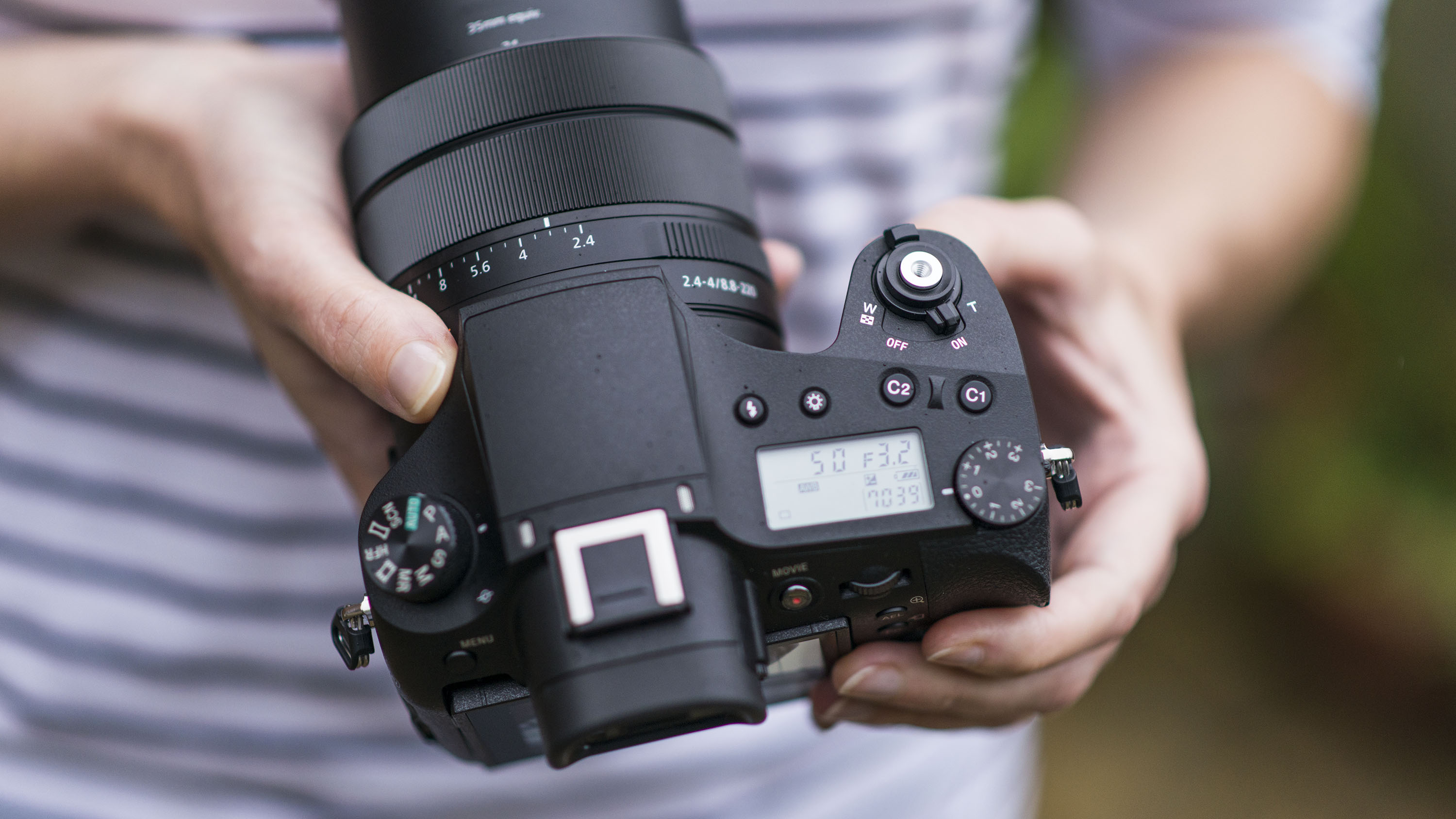
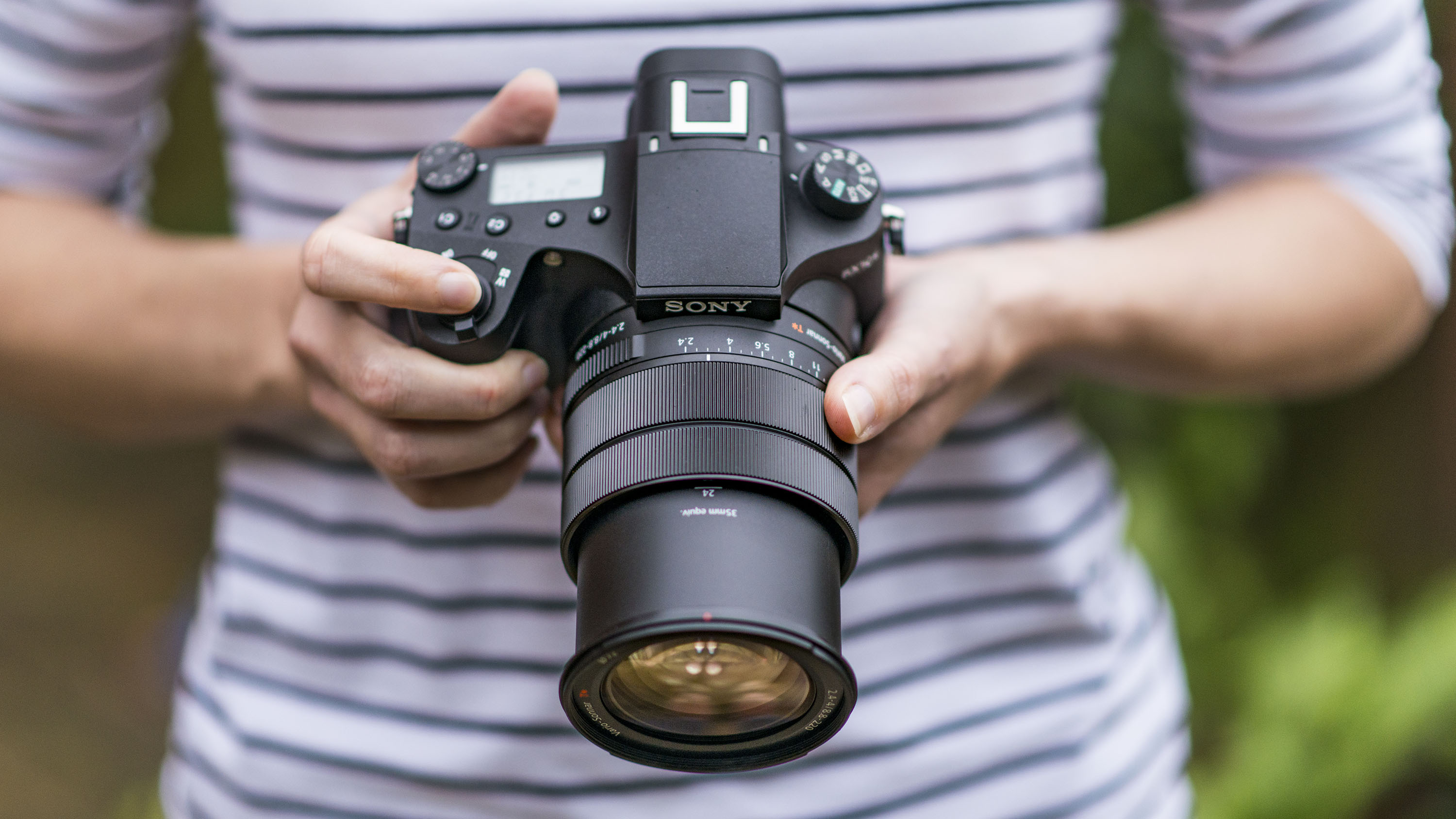
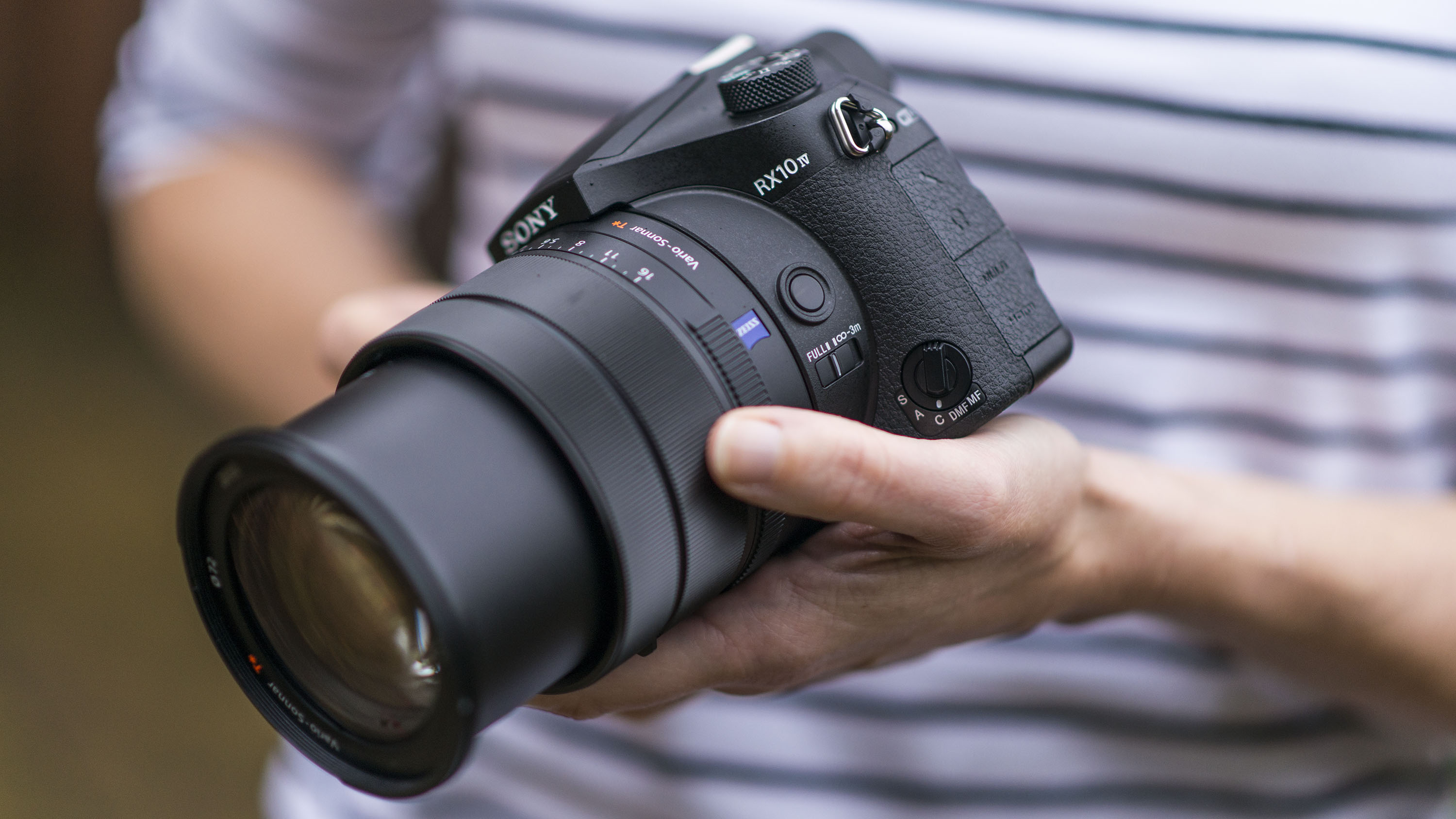
Specifications
Reasons to buy
Reasons to avoid
Sony RX10 IV sample images
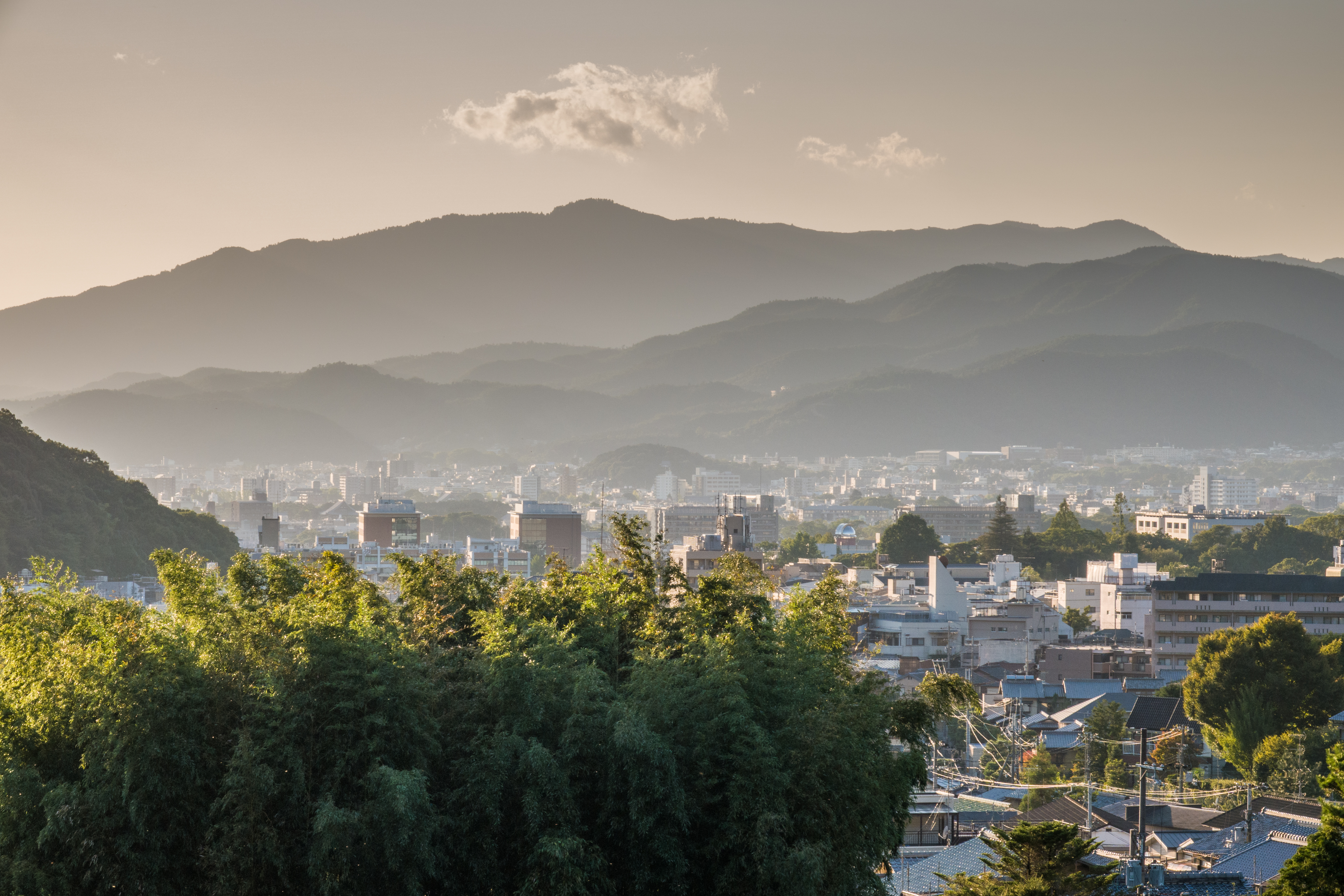

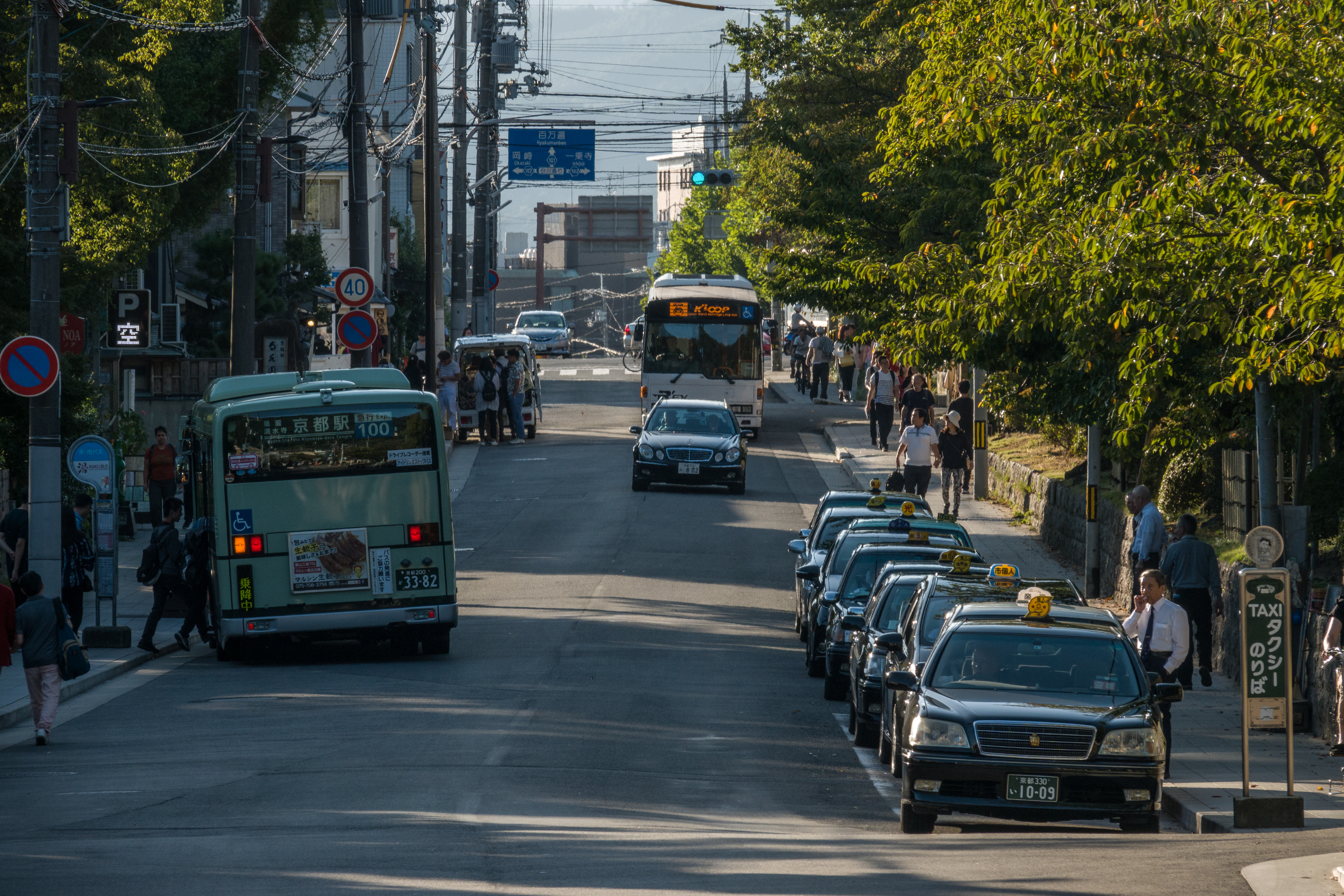
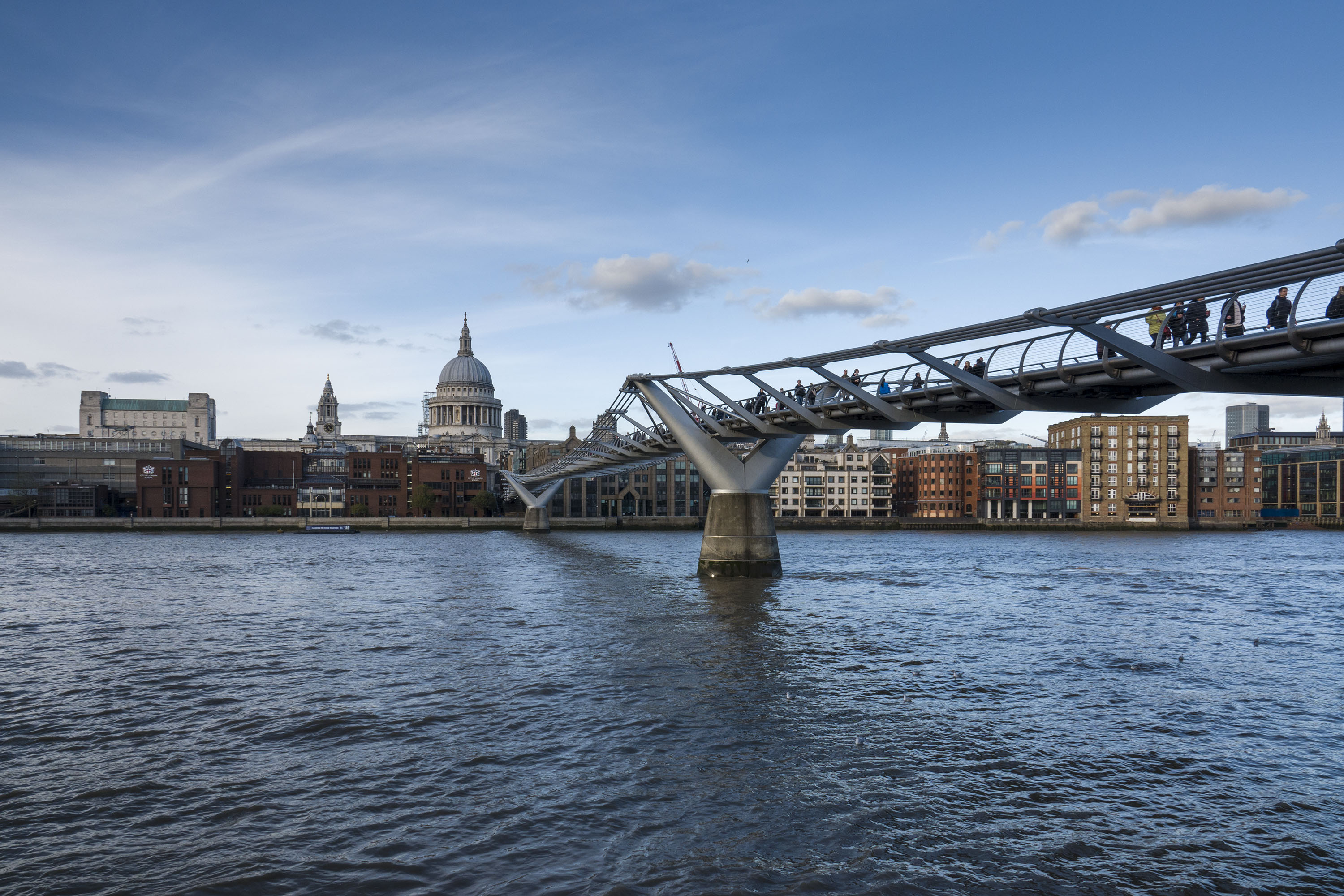
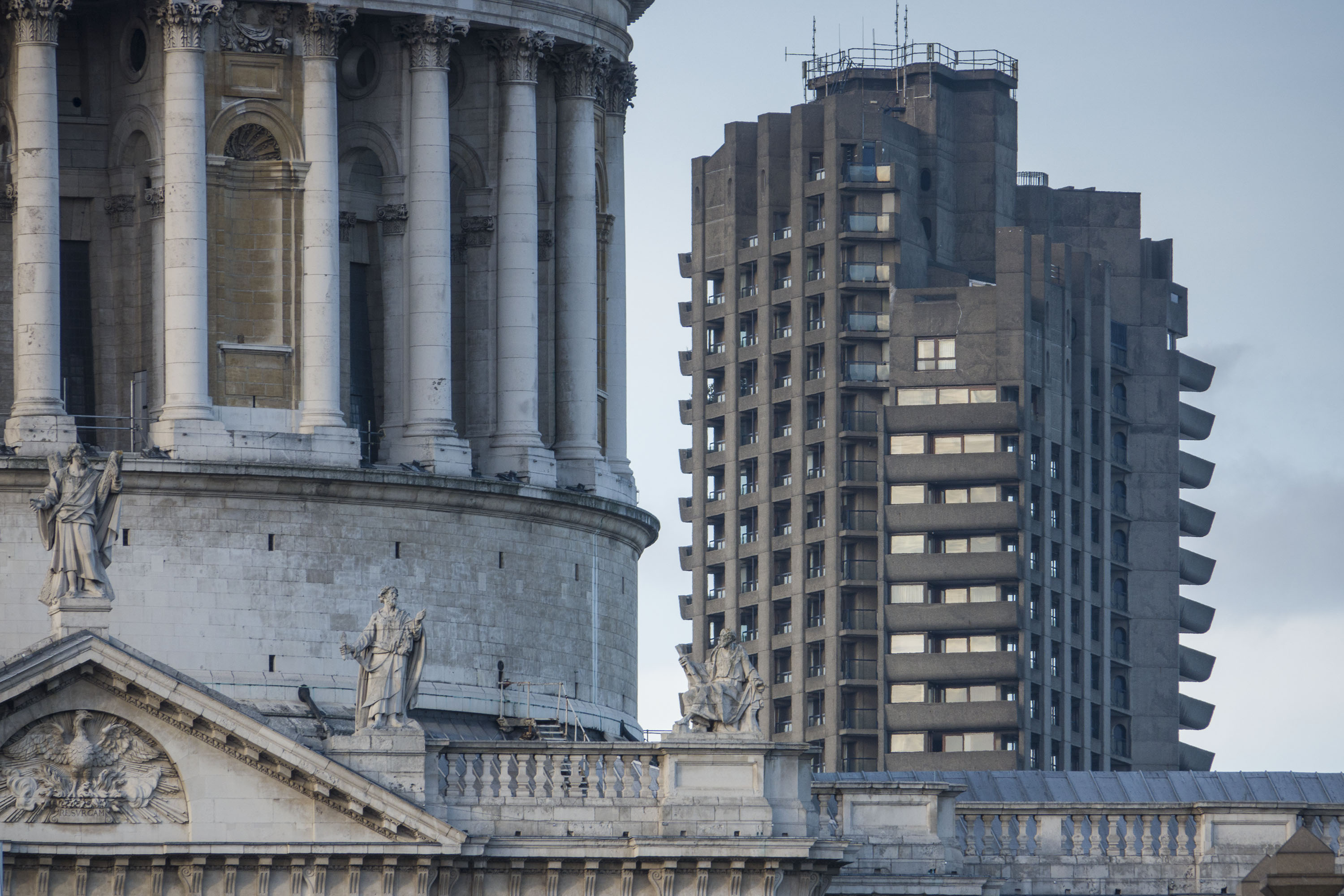

✅ You like to zoom in: With a sharp, fast 24-600mm, the RX100 IV offers fantastic versatility to capture a range of subjects on your travels.
✅ You want an all-in-one option: The RX100 IV is a high-end bridge camera with a big zoom range, high-quality EVF and capable AF system.
❌ You want a small camera: While it ticks most of the boxes for travel photography, the RX100 IV is bigger and heavier than many rivals.
❌ You like a slick touchscreen: Its tilting touchscreen is a useful addition, but you can’t use it to navigate menus or swipe through images.
In terms of offering something for everybody, the RX10 IV ticks a lot of boxes. It's like having a bag full of lenses, but with the benefit of never having to change them. There's a very long zoom (going all the way from 24-600mm), while the maximum aperture is pretty wide throughout the lens.
The RX10 IV's sensor might not be as a large as the ones you'll find on a mirrorless camera or DSLR, but Sony's 20.1MP one-inch chip proved itself to be very capable in our tests. Noise was well-controlled, and you'd have no problem making an A3 print from one of its files (particularly if you shoot at under ISO 800).
You also get 24fps shooting, cracking 4K video quality and handling to rival a DSLR. The major downside? The high price – if your budget is tighter, don't forget about this camera's predecessor, the RX10 III.
Read our in-depth Sony Cyber-shot RX10 IV review
Also consider
Naturally, with such a diverse list of products there were plenty of honorable mentions that didn't make the cut. Here's the best of the rest travel cameras also worth your attention:
Best travel zoom – Panasonic Lumix TZ200: If you're looking for versatility in a truly pocketable camera, the Lumix TZ200 could be the ticket. It's a travel zoom compact with an impressive 15x optical zoom range, plus a 1.0-inch sensor for smartphone-beating image quality. However, it has been discontinued, so you might find it a challenge to buy new.
Best (new) travel zoom: Panasonic Lumix TZ99: If you'd rather buy a travel zoom compact new, you'll have more luck with the Lumix TZ99. It was launched late in 2024, equipped with European compliant USB-C charging, and is readily available.
Best for safari – Panasonic Lumix G9 II: Like the OM System OM-5, the Lumix G9 II features a Micro Four Thirds sensor which means it enjoys a wide range of lightweight high-quality lenses. However, it's an altogether more powerful camera especially for wildlife photography.
Best trending compact – Canon PowerShot G7X Mark III: Another compact camera worth considering for your travels is the G7X Mark III, at least if It-Girls on TikTok have anything to say on the matter. The trending camera for 2024, the G7X Mark III is capable in its own right, with a decent 1-inch sensor, versatile zoom lens and powerful features. However, it's not great value right now given its popularity and skyrocketing price.
Best for moving subjects – Sony A6700: Sony's best mirrorless camera with APS-C sensor is impressively powerful and compact, with a superb 26MP sensor and 4K video up to 60fps plus slow motion modes, ably supported by Sony's excellent autofocus. There's also plenty of lovely lenses to choose from, and they're typically smaller than those used by Sony's full-frame cameras.
Best for vlogging – DJI Omso Pocket 3: These days, travel and vlogging go hand-in-hand and if creating dynamic and super-smooth 4K video clips of your travels is your top priority, then DJI's Osmo Pocket 3 is our top pick. Super small and equipped with a 1-inch sensor, the Pocket 3 is one of the most loved vlogging camera by content creators and sits in top spot of our best vlogging cameras guide.
Best full-frame premium compact – Leica Q3: It comes with a serious premium, but very few cameras can match the tactile shooting experience offered by the Leica Q3. It has a beautifully minimalist design with just the right amount of manual controls. Its packaging is reassuringly sturdy, yet tidy enough to travel with. Pairing a pin-sharp 28mm lens with a 60.3MP full-frame sensor, stills are unsurprisingly stunning. This is a very appealing everyday camera.
How to choose the best travel camera for you
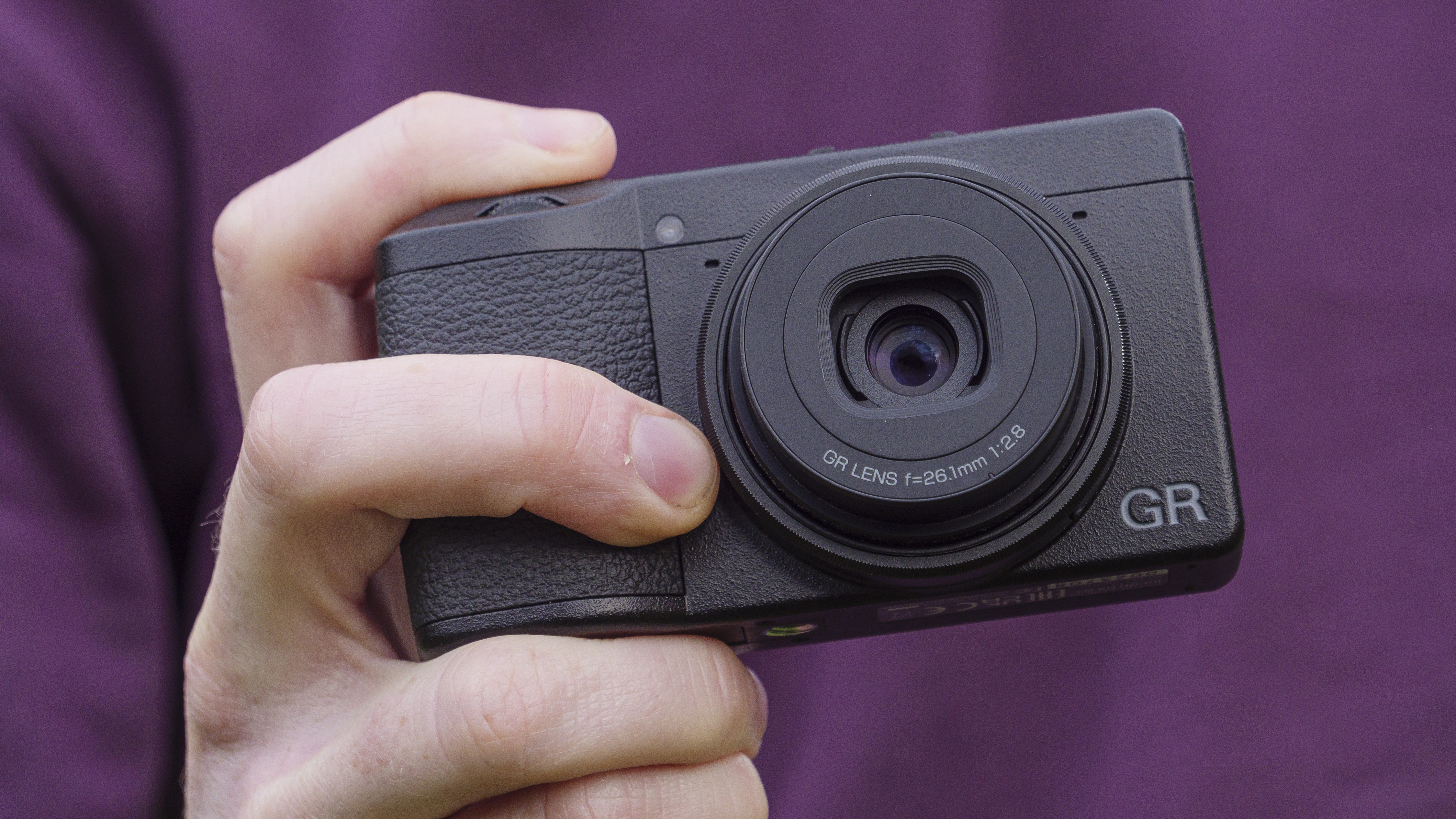
How to choose the best travel camera
Picking the right travel camera can be trickier than finding affordable flights. You’ll want a shooting tool that’s compact enough to conveniently carry on your travels, yet still capable of capturing sharp stills and stable video of your jet-setting adventures.
There are a few key things to keep in mind when choosing your ideal travel camera. Among the most important is size. While pocketable compacts offer convenience, the quality of your travel snaps will be boosted by the bigger sensors of larger mirrorless models.
If your adventures are likely to involve going off the beaten track, it’s worth considering a travel camera with rugged credentials. This could be one of the best action cameras, such as the GoPro Hero 13 Black – perfect if you plan to shoot quick, slick travel clips. Or it could be a sturdy compact such as the OM System TG-7, which is one of the best waterproof cameras.
It’s also worth thinking about what subjects you might be shooting on your trip. A long zoom range will be handy on safari, while something light and fast is better for capturing street snaps on a city break. Travel compacts, such as the Panasonic Lumix ZS200 / TZ200, usually use a zoom lens to cover a range of shooting scenarios. Interchangeable lens cameras like the OM System OM-5 can similarly offer the flexibility of both worlds, but only if you’re happy to travel with extra barrels in your backpack.
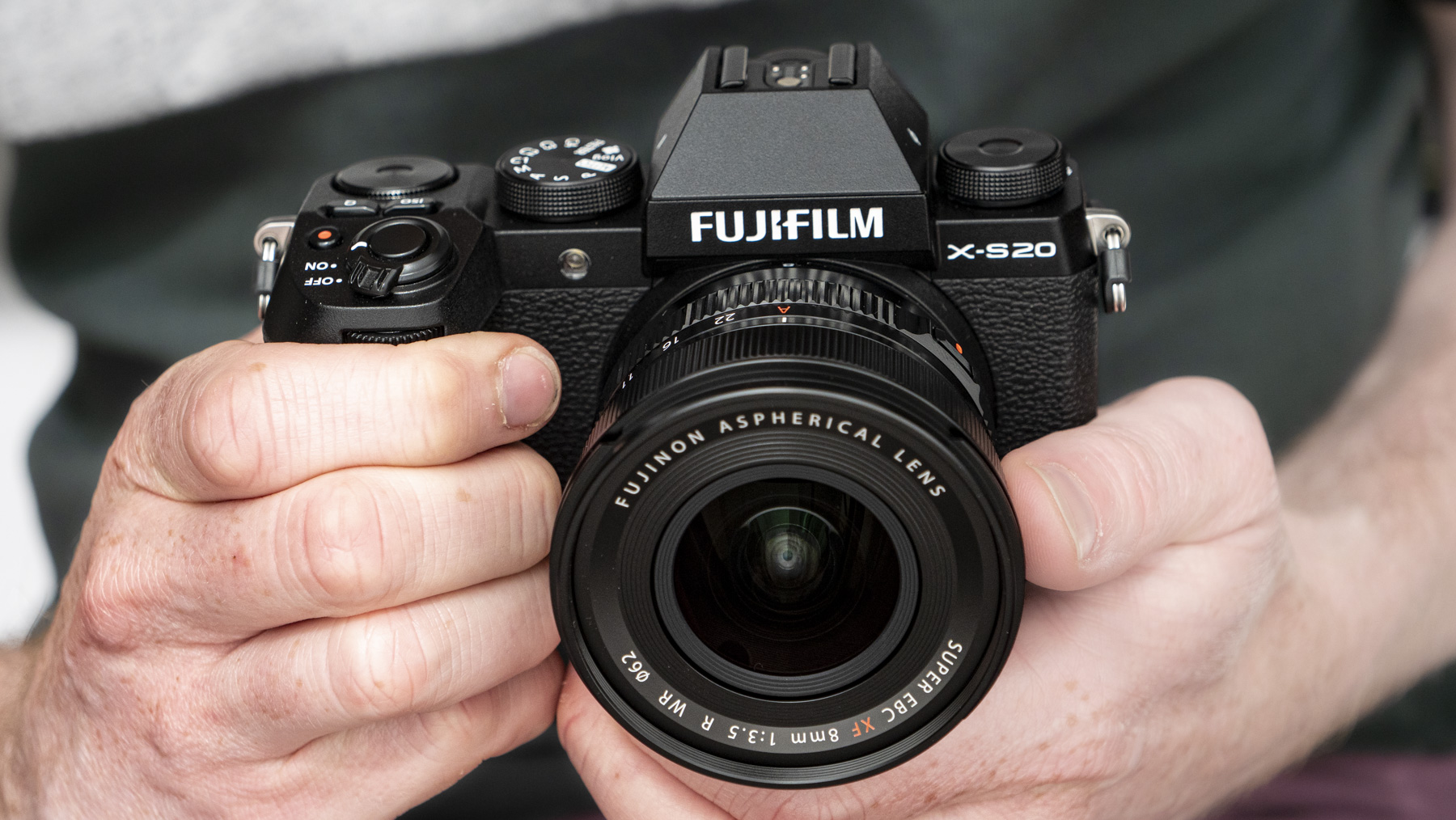
Which type of camera is best for traveling?
Travel cameras come in a range of shapes and sizes. Which style is best for you will depend on how you like to travel, what you like to shoot and how much gear you’re willing to cart around.
Travel zoom compacts such as the Panasonic Lumix ZS200 / TZ200 are pocket friendly, yet offer a broad scope for capturing a range of subjects. Thanks to generous zoom ranges, they give you the opportunity to get close to the action, or to shoot wide. The trade-off for having all of this flexibility in a compact body is generally a smaller sensor, which is less useful for shooting in low light.
If you’d like neat proportions but don’t need the versatility of a zoom lens, premium compact cameras could be worth considering. Models such as the Fujifilm X100V sacrifice zoom range in favour of larger sensors that are better at gathering light – usually a one-inch or, in the case of the X100V, an APS-C chip.
Between compacts and mirrorless cameras is where you’ll find bridge cameras. Bulkier than a standard compact, they offer more comfortable handling and a large zoom range, but without the need to carry different lenses. New bridge cameras are increasingly rare, but the Sony Cyber-shot RX10 IV remains a great example.
If you don’t mind traveling with multiple lenses, many of the best mirrorless cameras have been specifically designed with travel in mind. In the case of models like the OM System OM-5, that means a portable, weatherproof body, useful image stabilization for shooting on the move, plus a versatile Micro Four Thirds sensor that balances size and performance. And with lots of different lenses to choose from, you can pack different optics depending on the type of trip you’re taking – or opt for a reliable all-round option.

Is a DSLR or mirrorless camera better for travel photography?
When it comes to travel photography, most photographers look for a balance between portability and performance. If this is the combination you’re after, mirrorless cameras will almost always have the edge over their DSLR rivals. Mirrorless models – especially Micro Four Thirds – are generally smaller and lighter than DSLRs, making them easier to wield and travel with.
Despite their more compact proportions, many of the best mirrorless travel cameras can also match or outclass DSLR cameras when it comes to image quality, as well as autofocus abilities and video features. This makes them versatile tools for shooting on the move, especially if you choose a model with in-body image stabilization for sharp handheld results. If you pick a mirrorless camera with an established lens mount system, you’ll also find no shortage of glass to pack for your trip.
That said, there are reasons why you might still want to consider a DSLR camera for travel. Some photographers prefer the chunkier ergonomic grip for which the DSLR format is famous, especially if they plan on shooting for hours on end. The best DSLR cameras also offer superlative battery life, which can be useful if your travel plans include days away from electricity.
Budget might also be a factor, especially if you’re concerned about taking an expensive camera on your travels. Older DSLR cameras can offer great value, as can second-hand mirrorless models. It’s also worth looking at our round-up of the best cheap cameras, which includes some options that are a good fit for travel photography.
- Read our in-depth DSLR vs Mirrorless comparison
Meet the team
Collectively, our team of reviewers has amassed over a hundred years of camera experience and testing in the real world, covering all of the latest and greatest cameras in the last 20 years.

As Cameras Editor, Tim looks after all cameras content on Tech Radar. This includes buying guides, opinions, reviews and news, and covers anything from mirrorless cameras to film and smartphones. He has been cutting his teeth in the photo and video industry for almost 20 years.
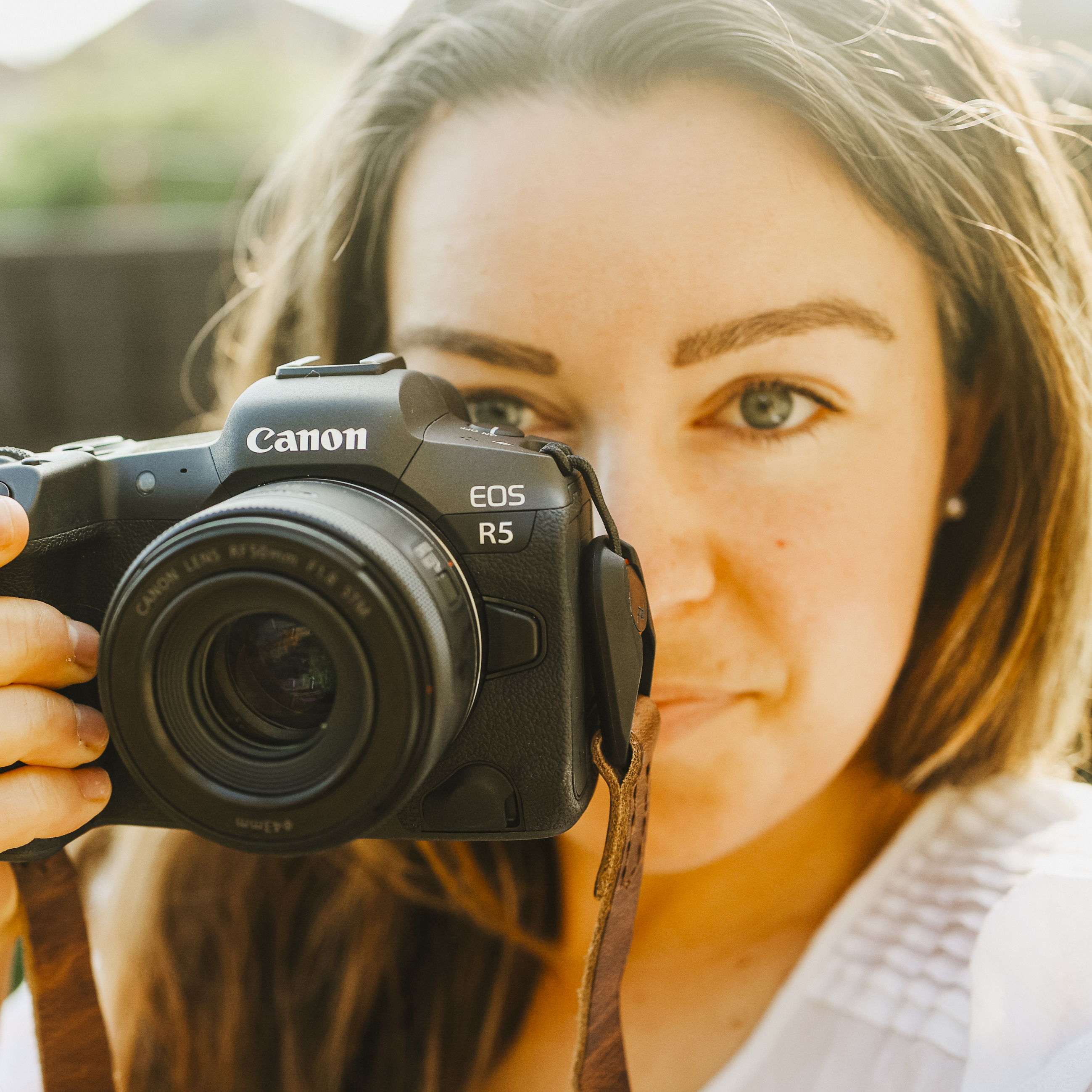
Lauren Scott is an experienced journalist and freelance photographer based in Bath, UK. She's been in the industry for over ten years; as the former Managing Editor of our sister site Digital Camera World, Editor of Digital Photographer magazine, and Technique Editor for both PhotoPlus and Digital Camera magazines.

Rod is an independent photographer and photography journalist with more than 30 years' experience. He's previously worked as Head of Testing for Future’s photography magazines, including Digital Camera, N-Photo, PhotoPlus, Professional Photography, Photography Week and Practical Photoshop, and as Reviews Editor on Digital Camera World.
How we test travel cameras
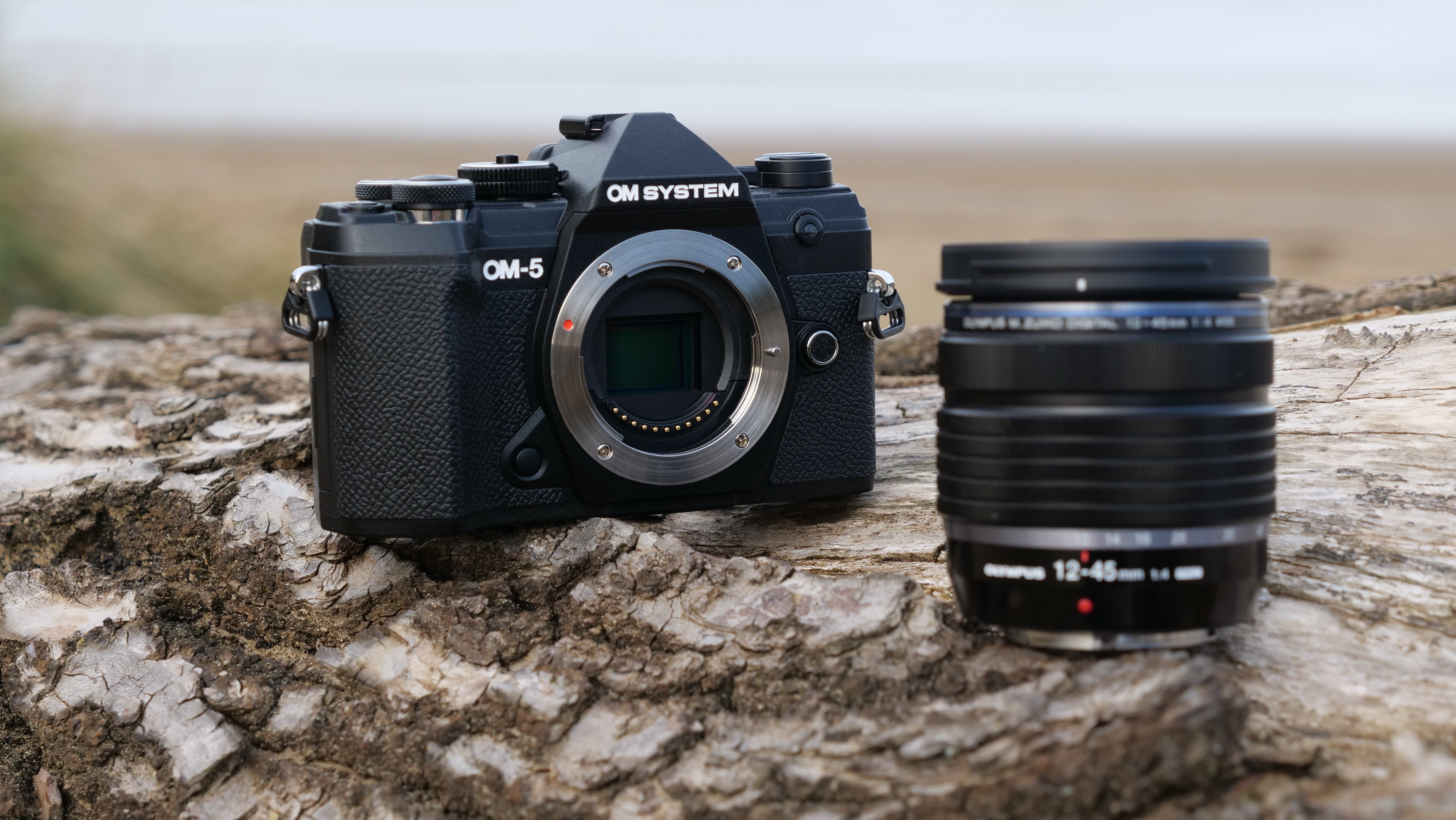
☑️ 100s of cameras reviewed
☑️ 15 years of product testing
☑️ Over 16,000 products reviewed in total
☑️ Nearly 200,000 hours testing tech
Buying a camera these days is a big investment, and travel cameras are no different – so every camera in this guide has been tested extensively by us. For travel cameras in particular, real-world tests are the most revealing way to understand a camera's performance and character, so we focus heavily on those, along with standardized tests for factors like ISO performance.
To start with, we look at the camera's design, handling and controls to get a sense of how suitable it is for life on the road, and any particular features that might be particularly useful for globe-trotters. When we take it out on a shoot, we'll use it both handheld and on a tripod to get a sense of where its strengths lie, and test its startup speed.
When it comes to performance, we use a formatted SD card and shoot in both raw and JPEG (if available). For burst shooting tests, we dial in our regular test settings (1/250 sec, ISO 200, continuous AF) and shoot a series of frames in front of a stopwatch to see if it lives up to its claimed speeds. We'll also look at how quickly the buffers clears and repeat the test for both raw and JPEG files.
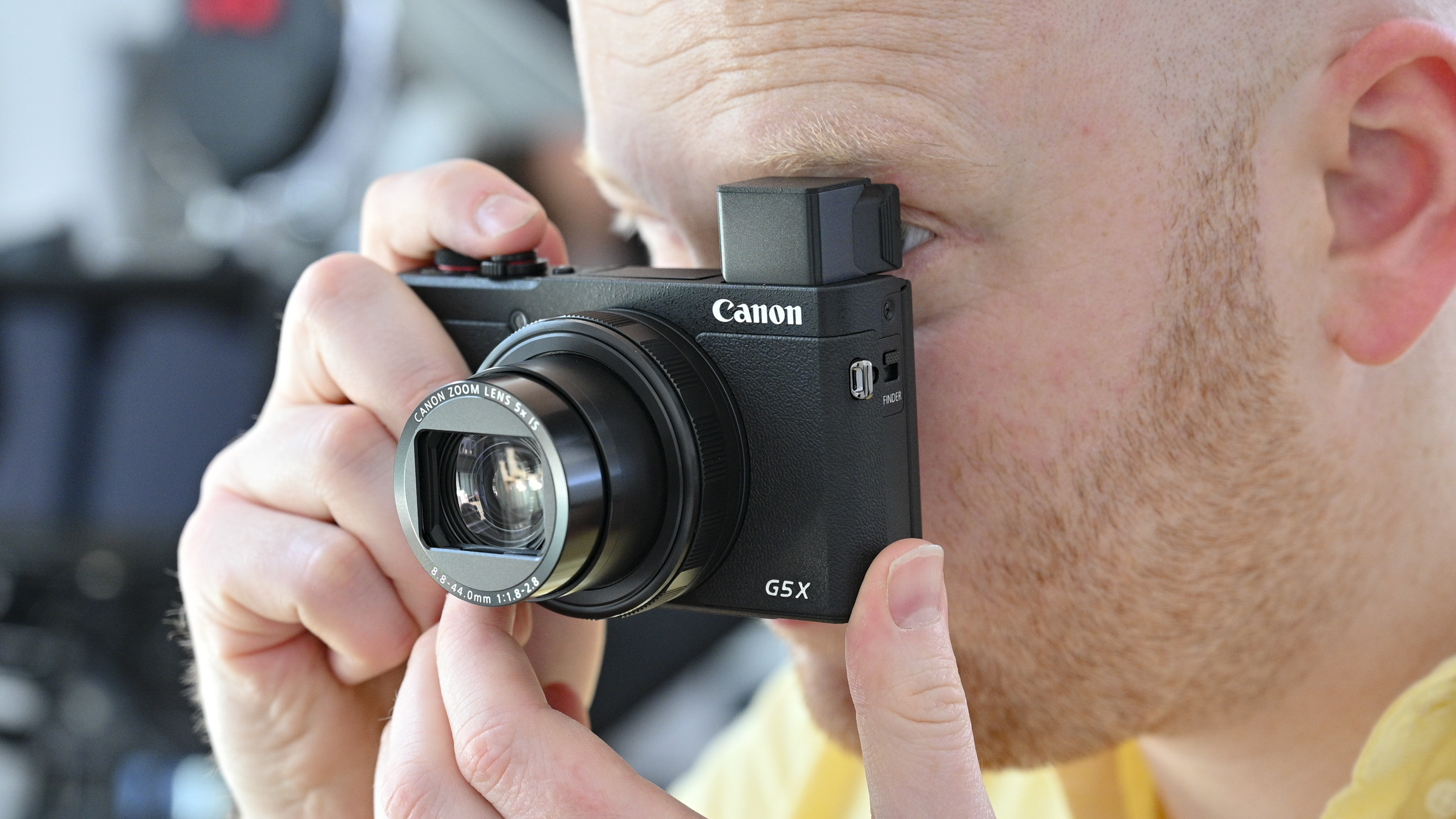
In various lighting conditions, we also test the camera's different autofocus modes (including Face and Eye AF) in single point, area and continuous modes. We also shoot a range of photos of different styles (portrait, landscape, low light, macro/close-up) in raw and JPEG to get a sense of metering and its sensor's ability to handle noise and resolve fine detail.
If the camera's raw files are supported by Adobe Camera Raw, we'll also process some test images to see how we can push areas like shadow recovery. And we'll also test its ISO performance across the whole range to get a sense of the levels we'd be happy to push the camera to.
Battery life is tested in a real-world fashion, as we use the camera over the course of the day with the screen set to the default settings. Once the battery has reached zero, we'll then count the number of shots to see how it compares to the camera's CIPA rating. Finally, we test the camera's video skills by shooting some test footage at different frame-rates and resolutions, along with its companion app.
We then take everything we've learned about the camera and factor in its price to get a sense of the value-for-money it offers, before reaching our final verdict.
Get daily insight, inspiration and deals in your inbox
Sign up for breaking news, reviews, opinion, top tech deals, and more.

Tim is the Cameras editor at TechRadar. He has enjoyed more than 15 years in the photo video industry with most of those in the world of tech journalism. During his time as Deputy Technical Editor with Amateur Photographer, as a freelancer and consequently editor at Tech Radar, Tim has developed a deeply technical knowledge and practical experience with cameras, educating others through news, reviews and features. He’s also worked in video production for Studio 44 with clients including Canon, and volunteers his spare time to consult a non-profit, diverse stories team based in Nairobi. Tim is curious, a keen creative, avid footballer and runner, and moderate flat white drinker who has lived in Kenya and believes we have much to enjoy and learn from each other.
- Mark WilsonSenior news editor
- Chris Rowlands
- Amy Davies